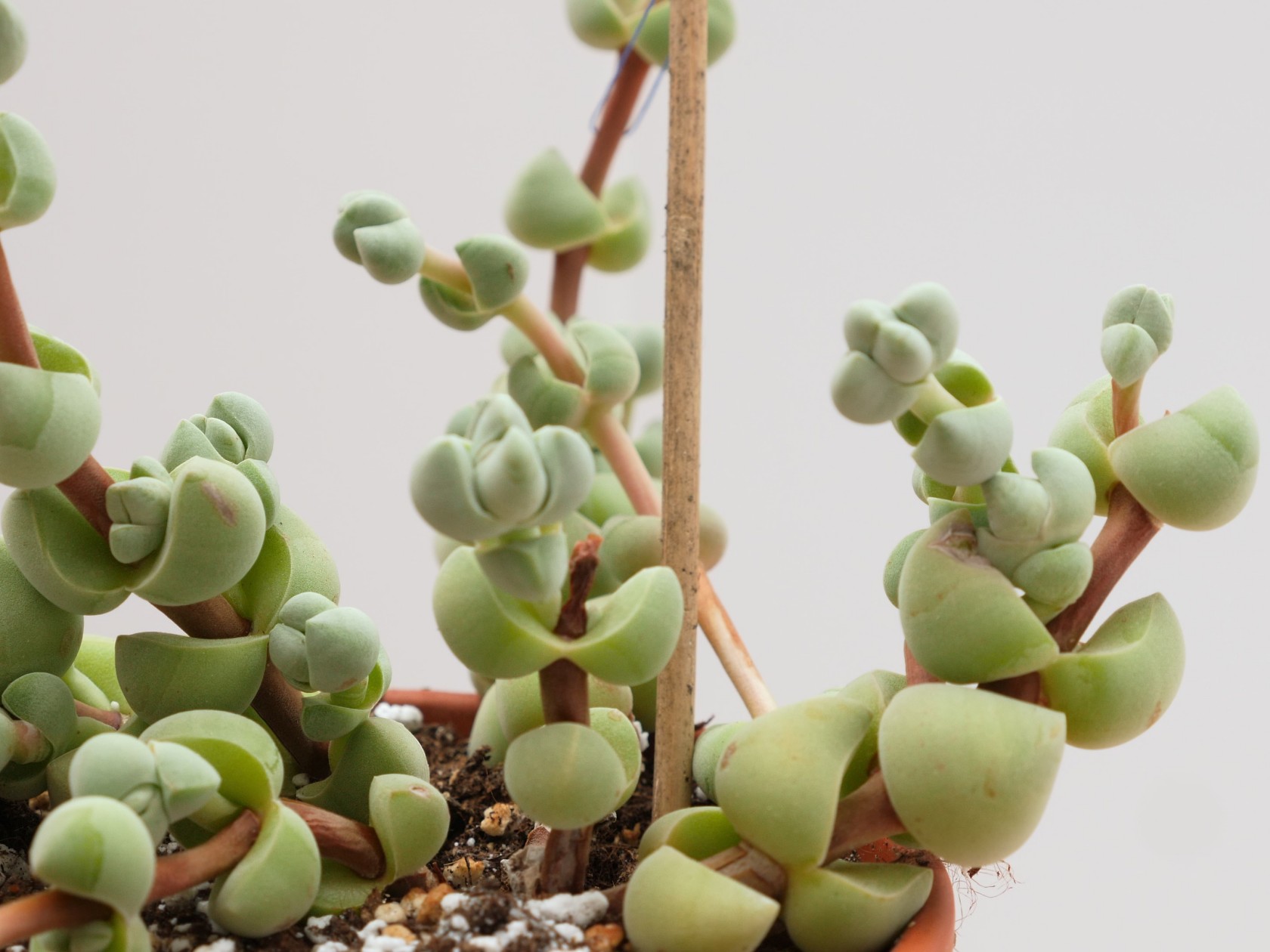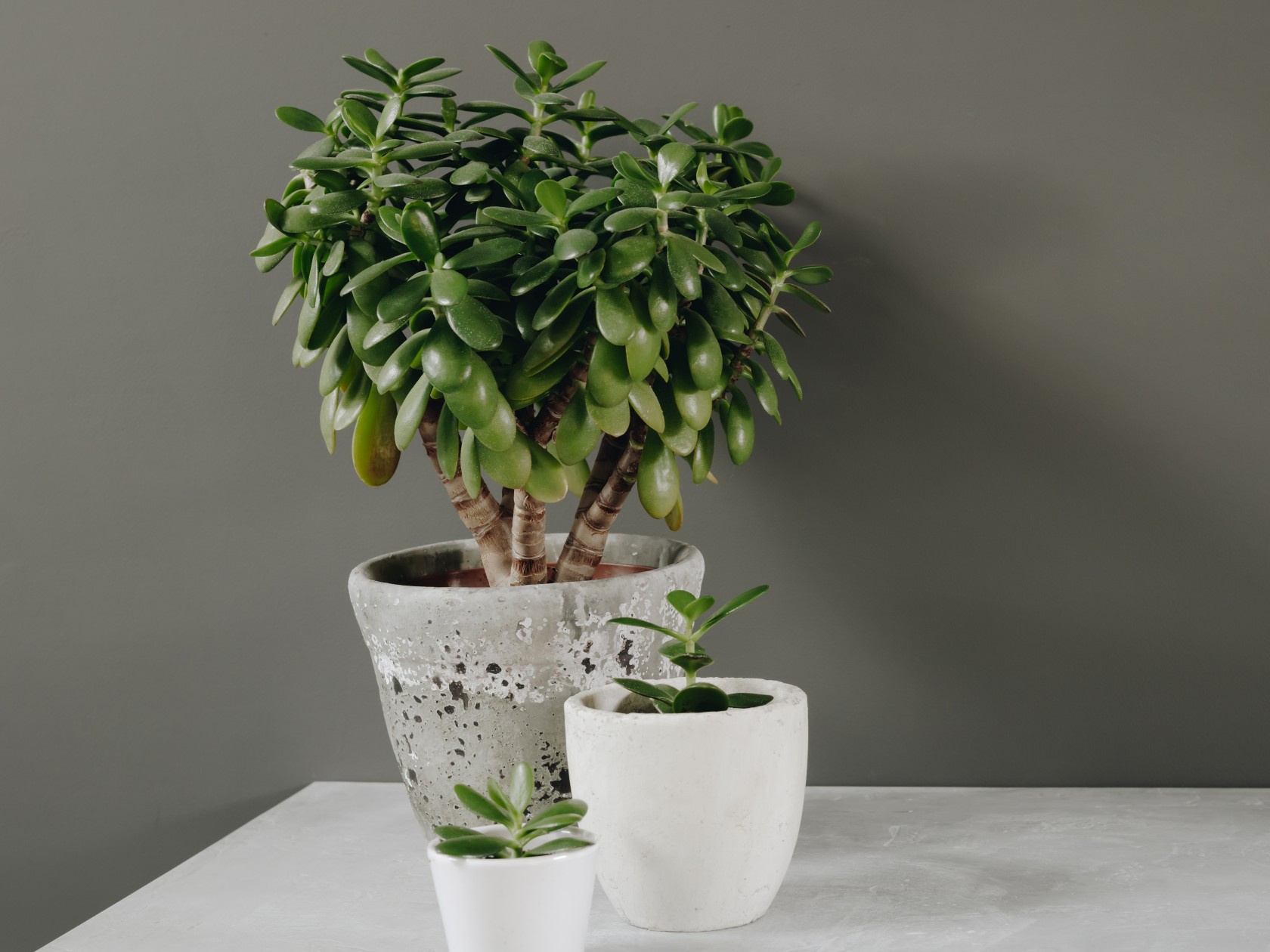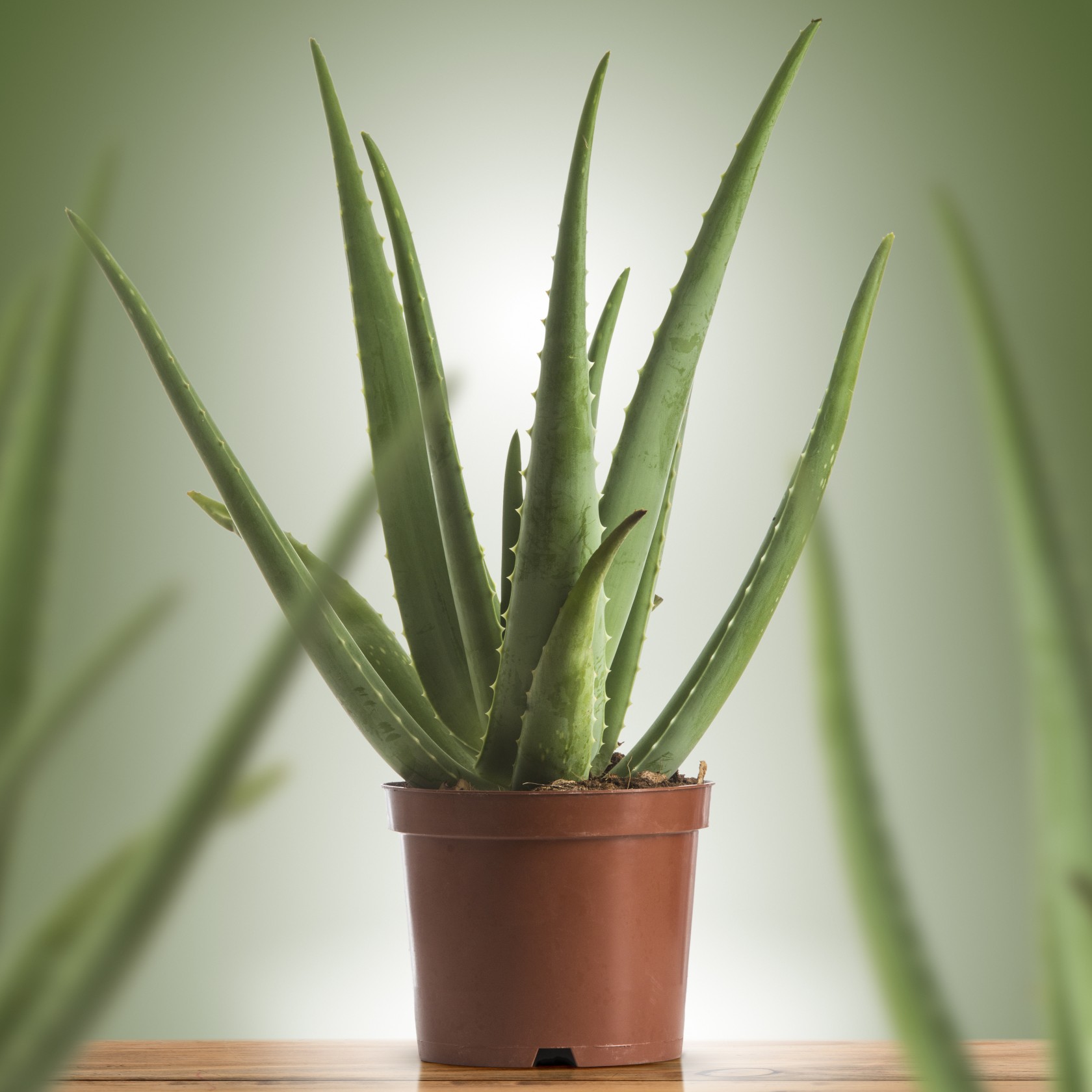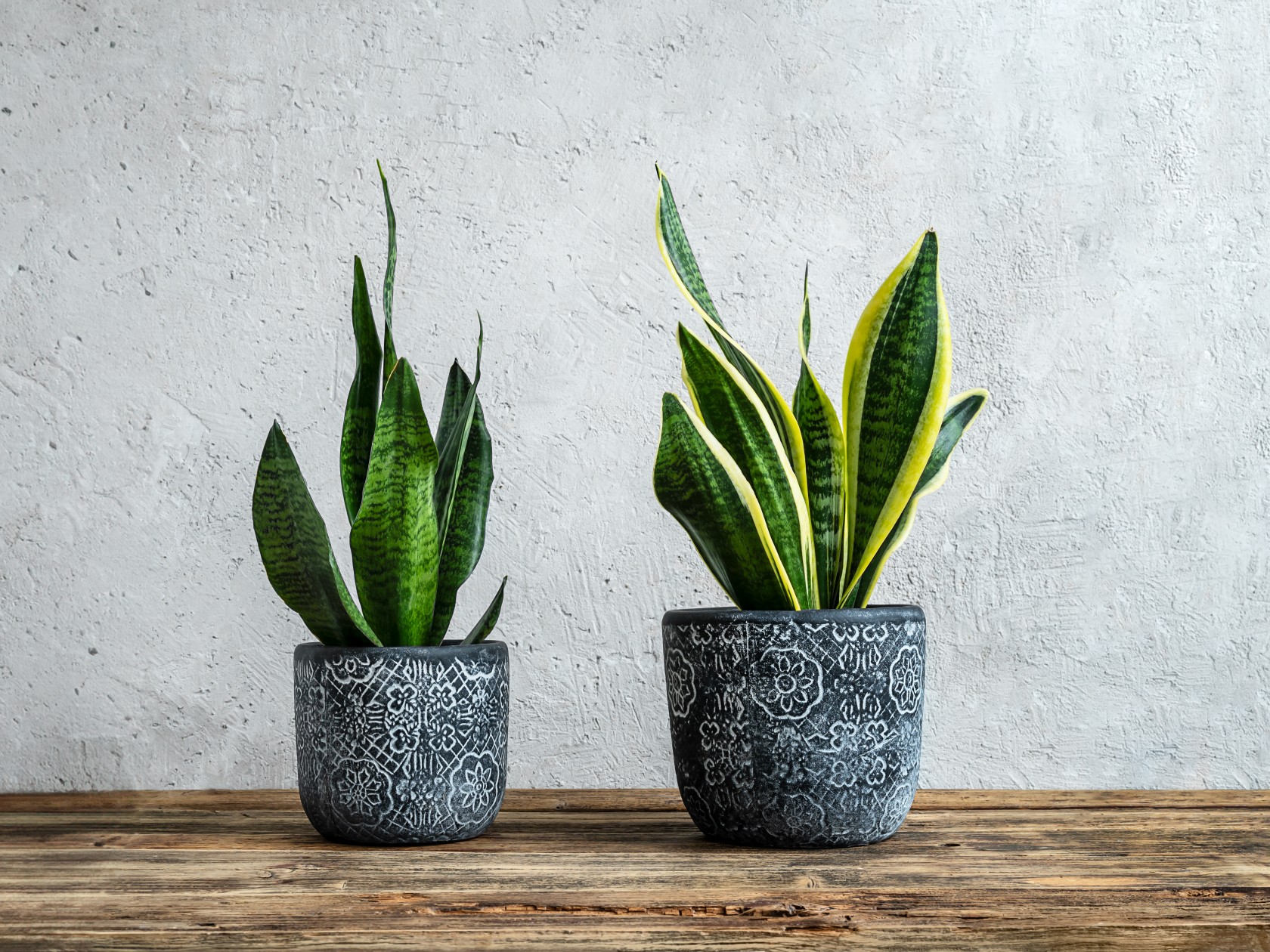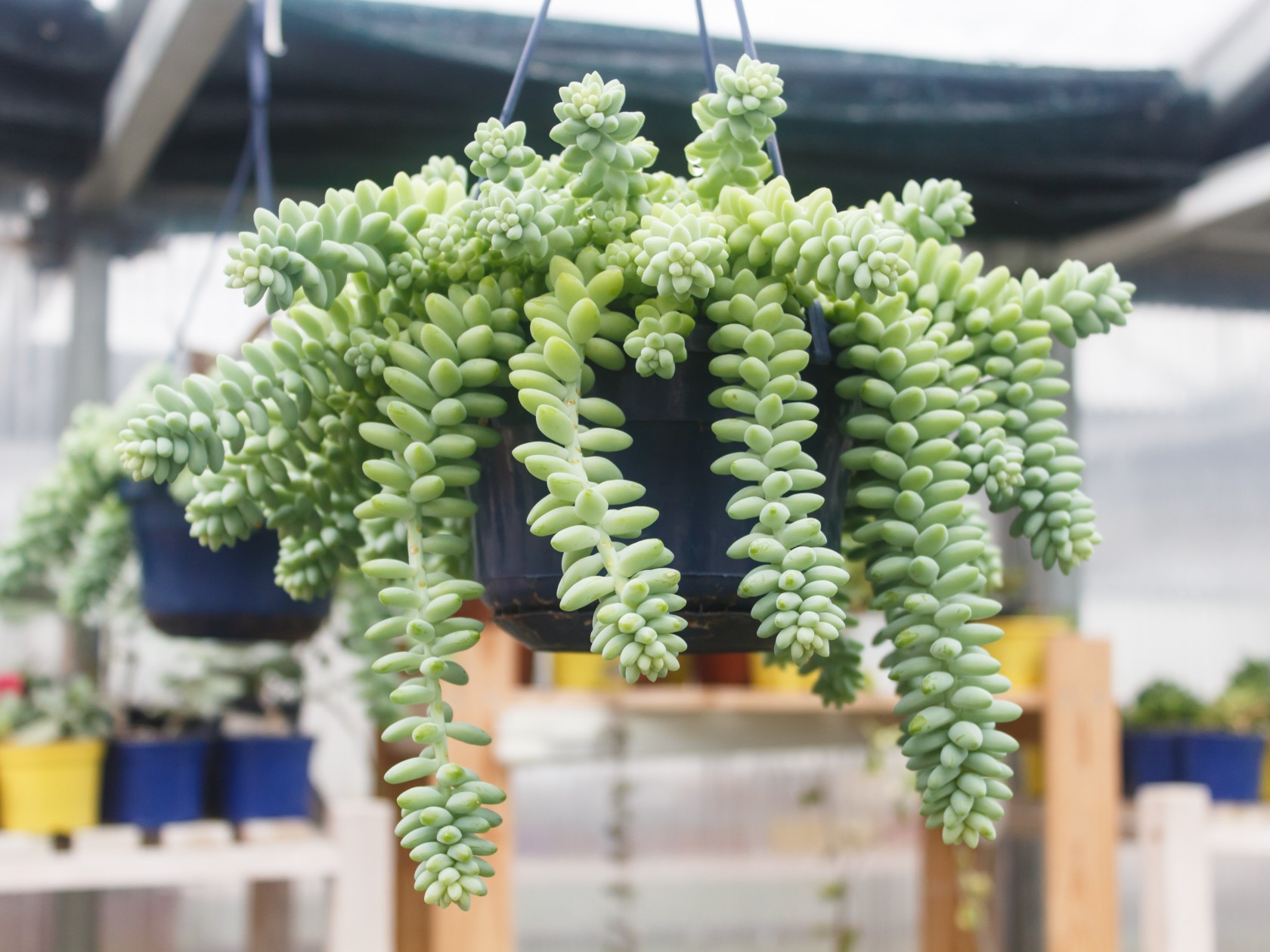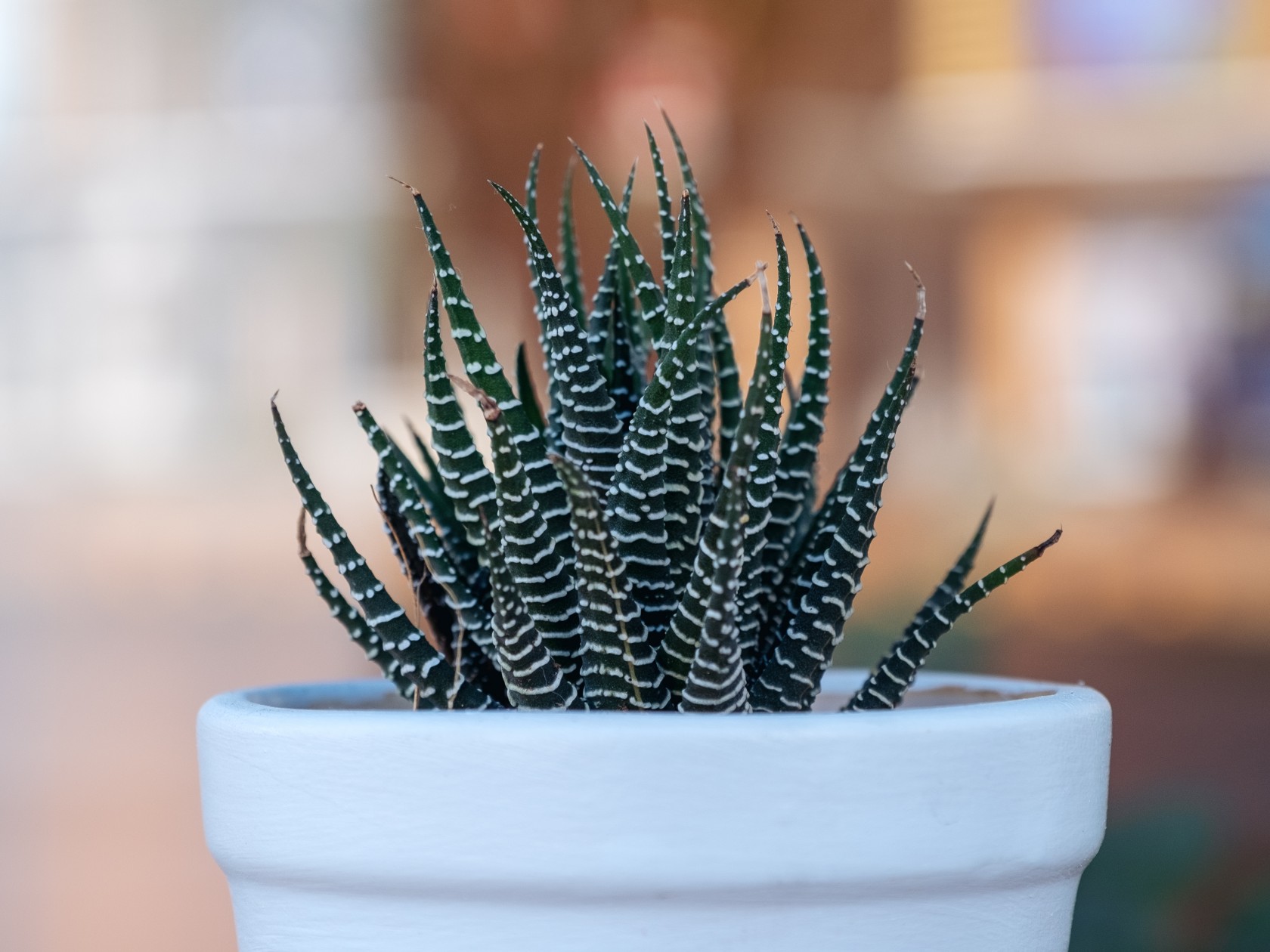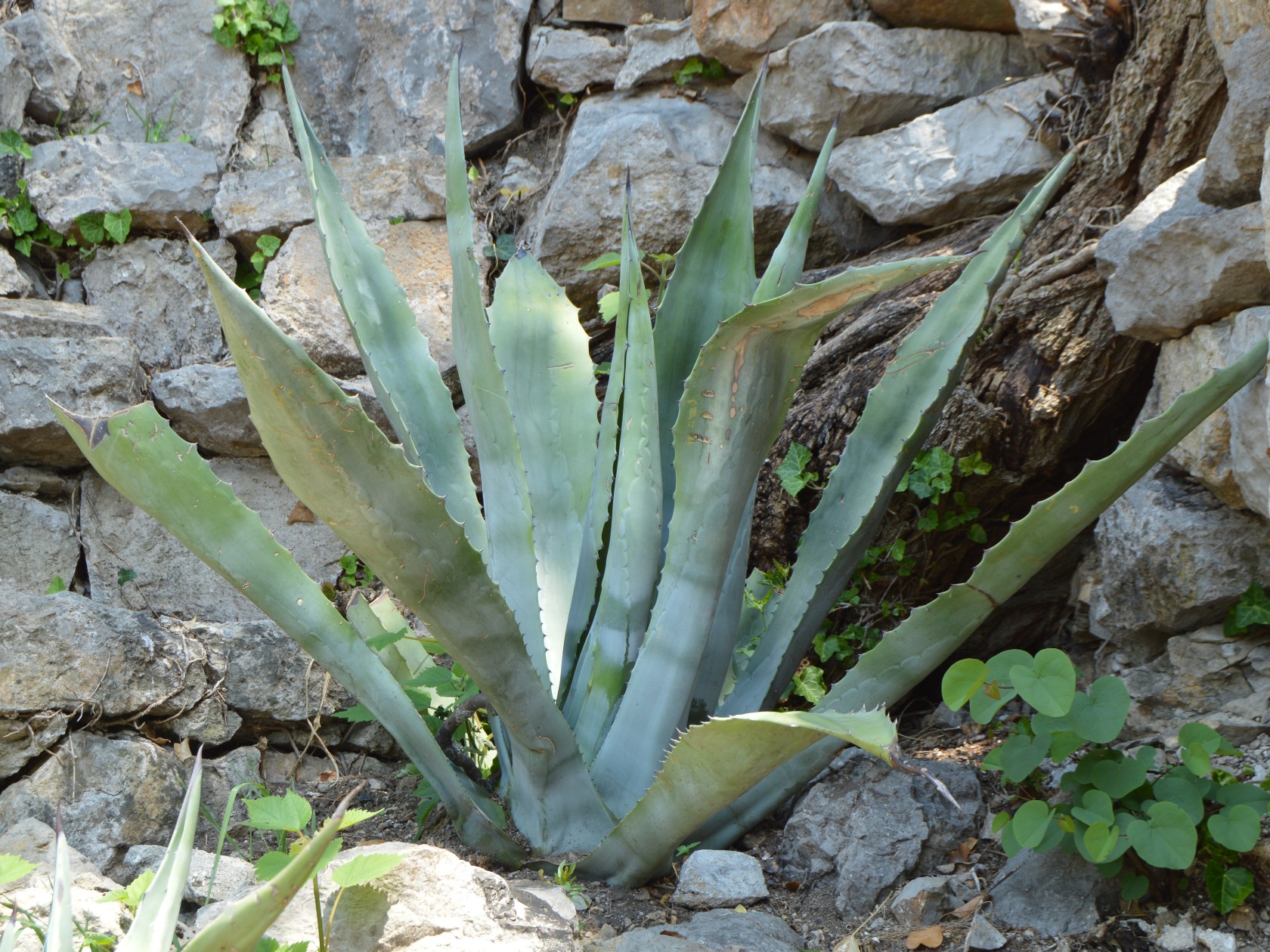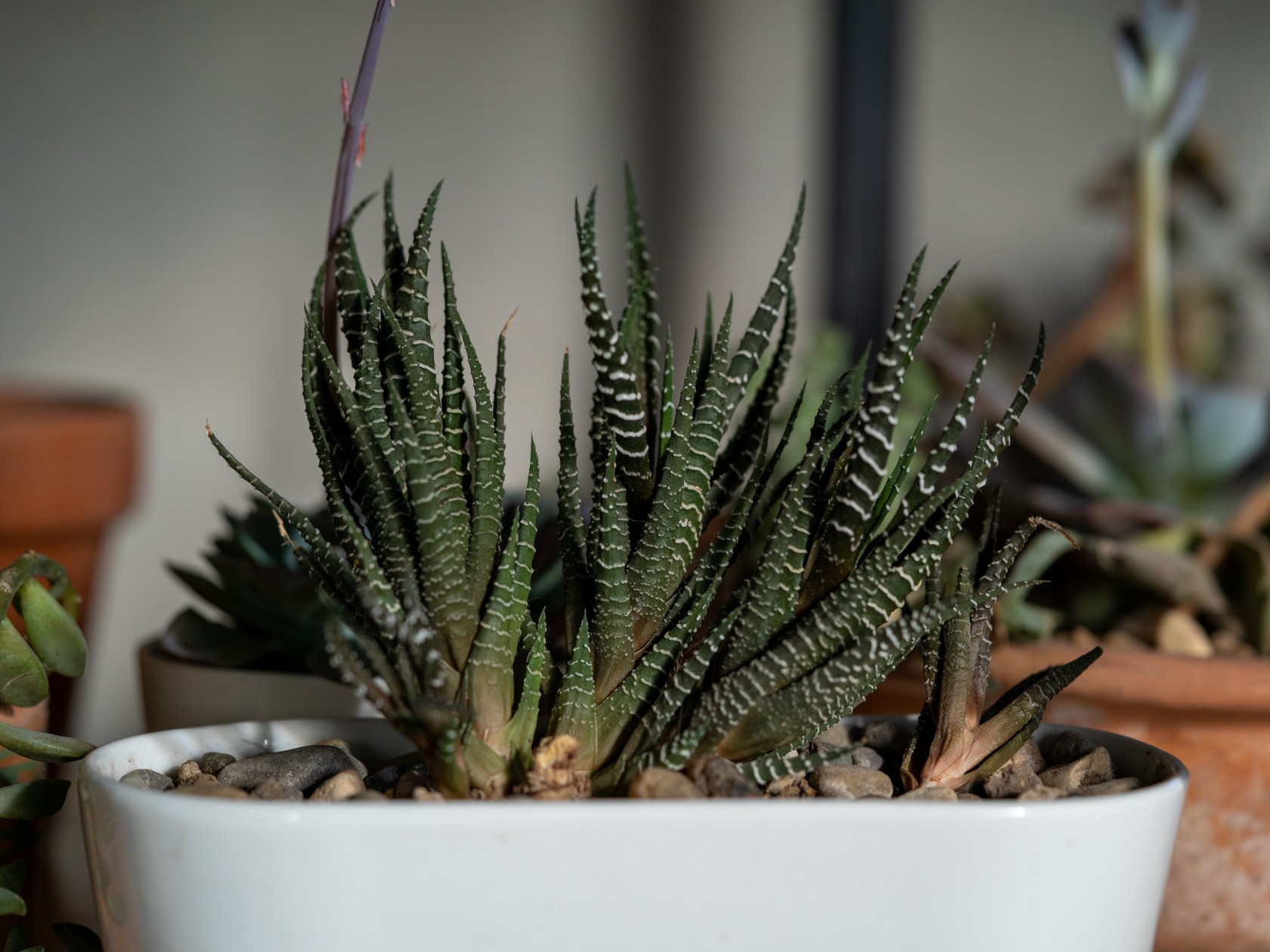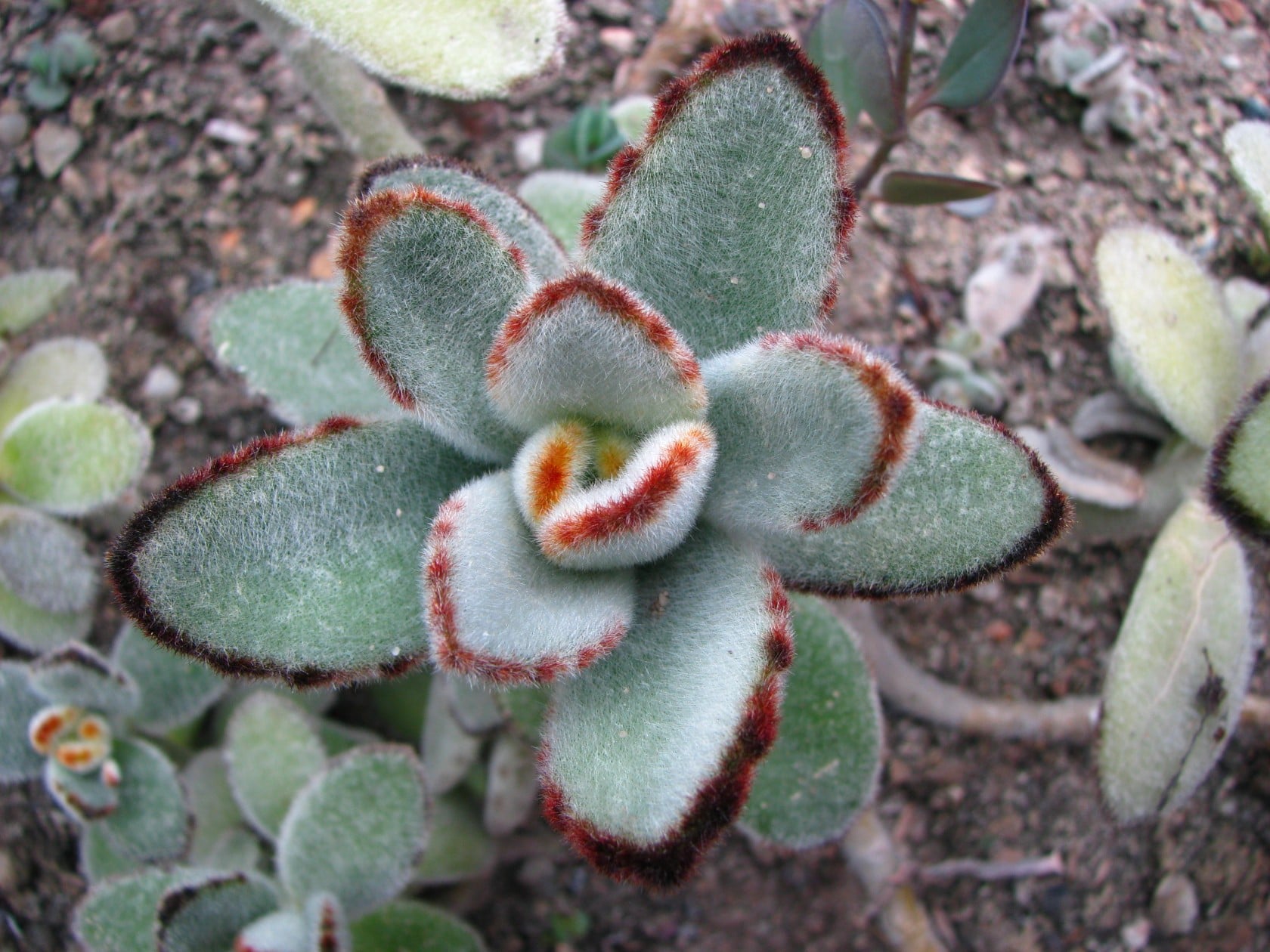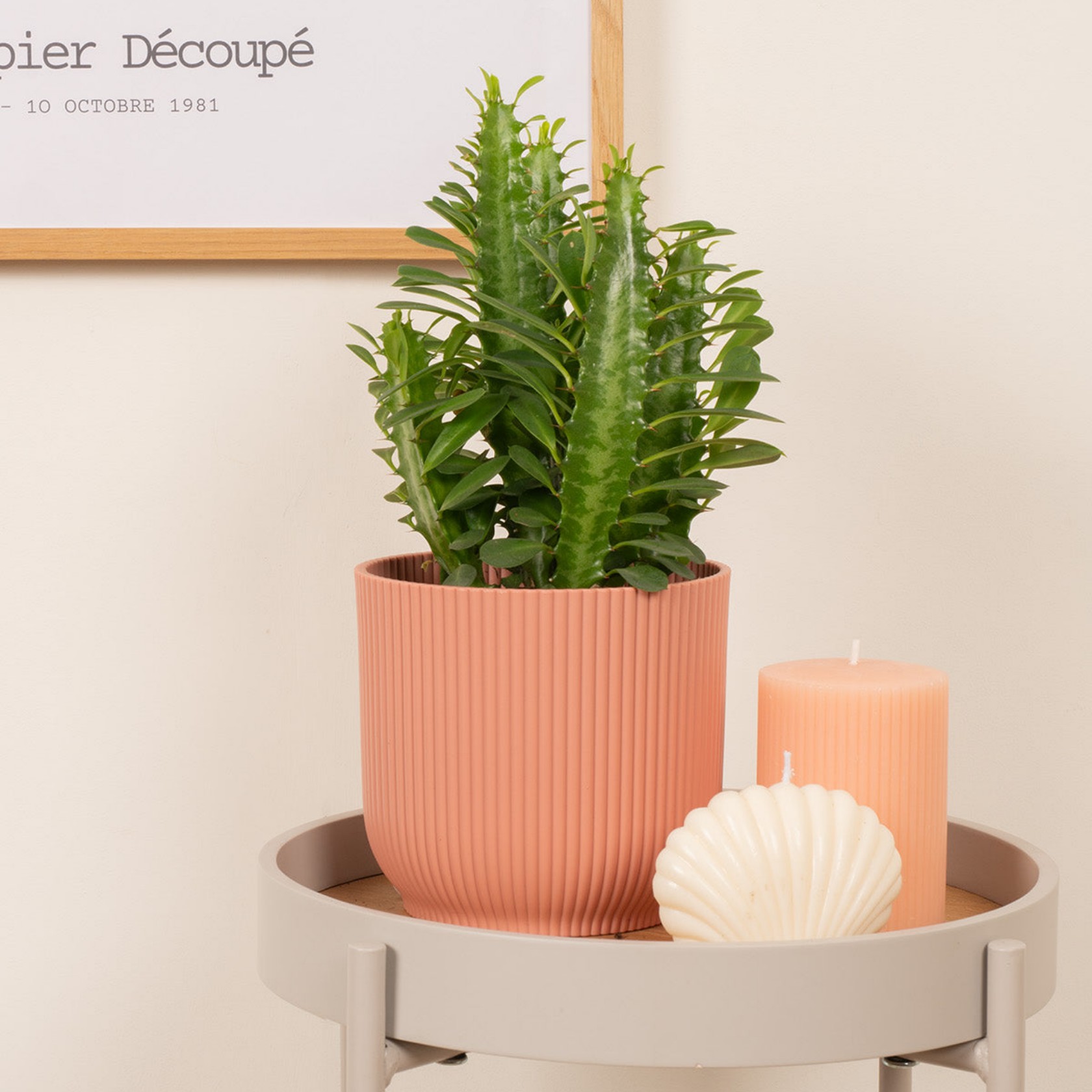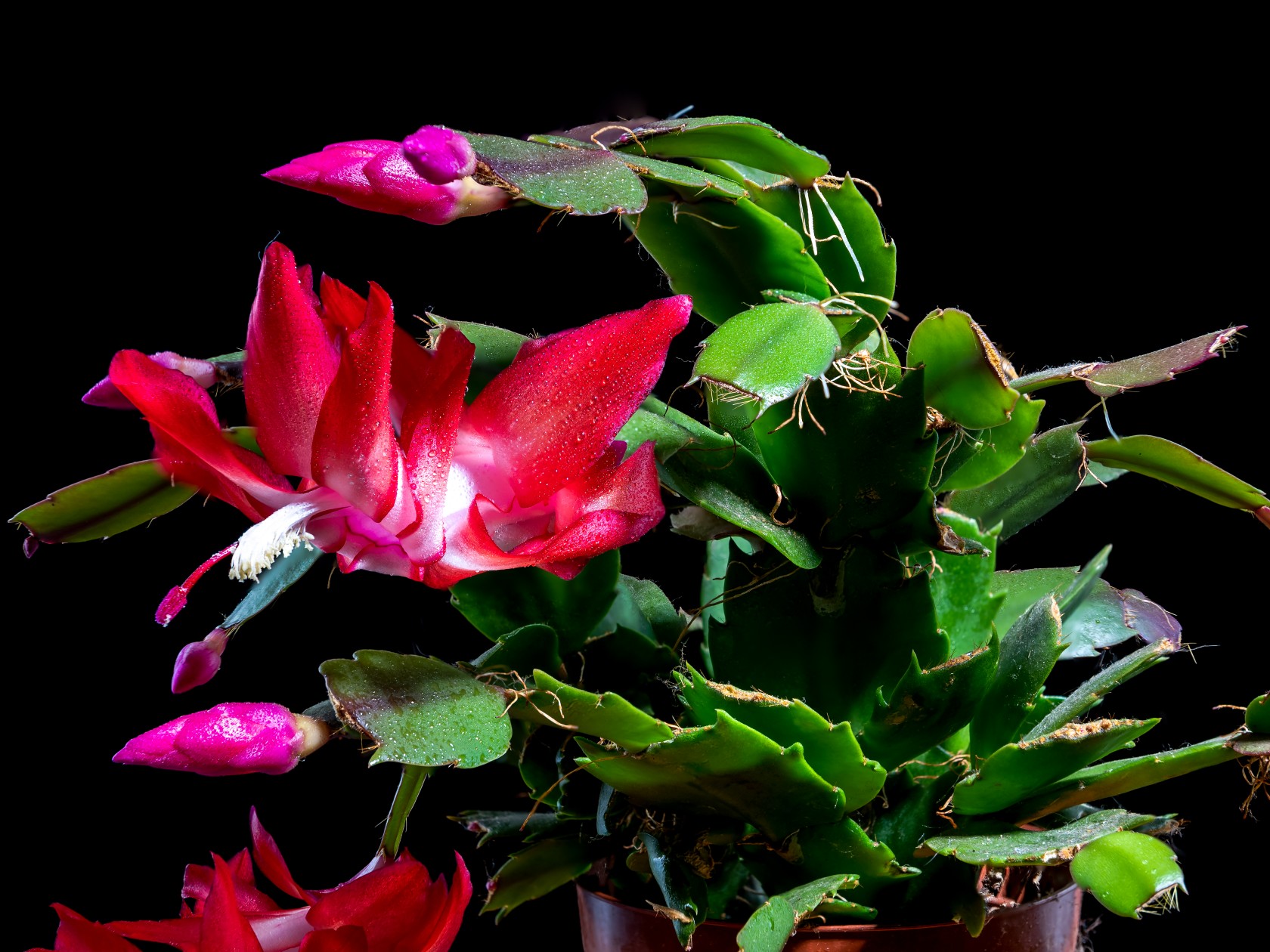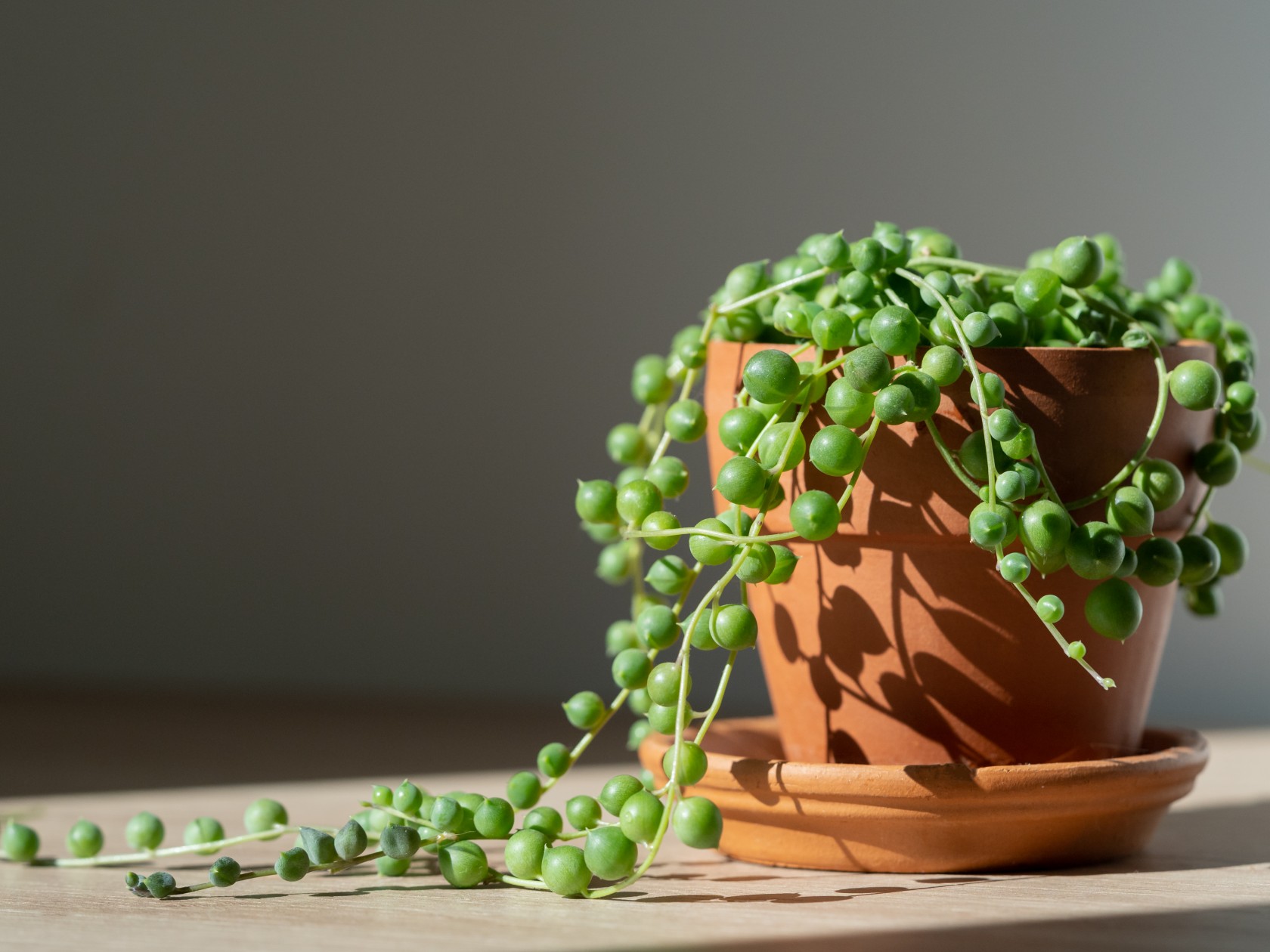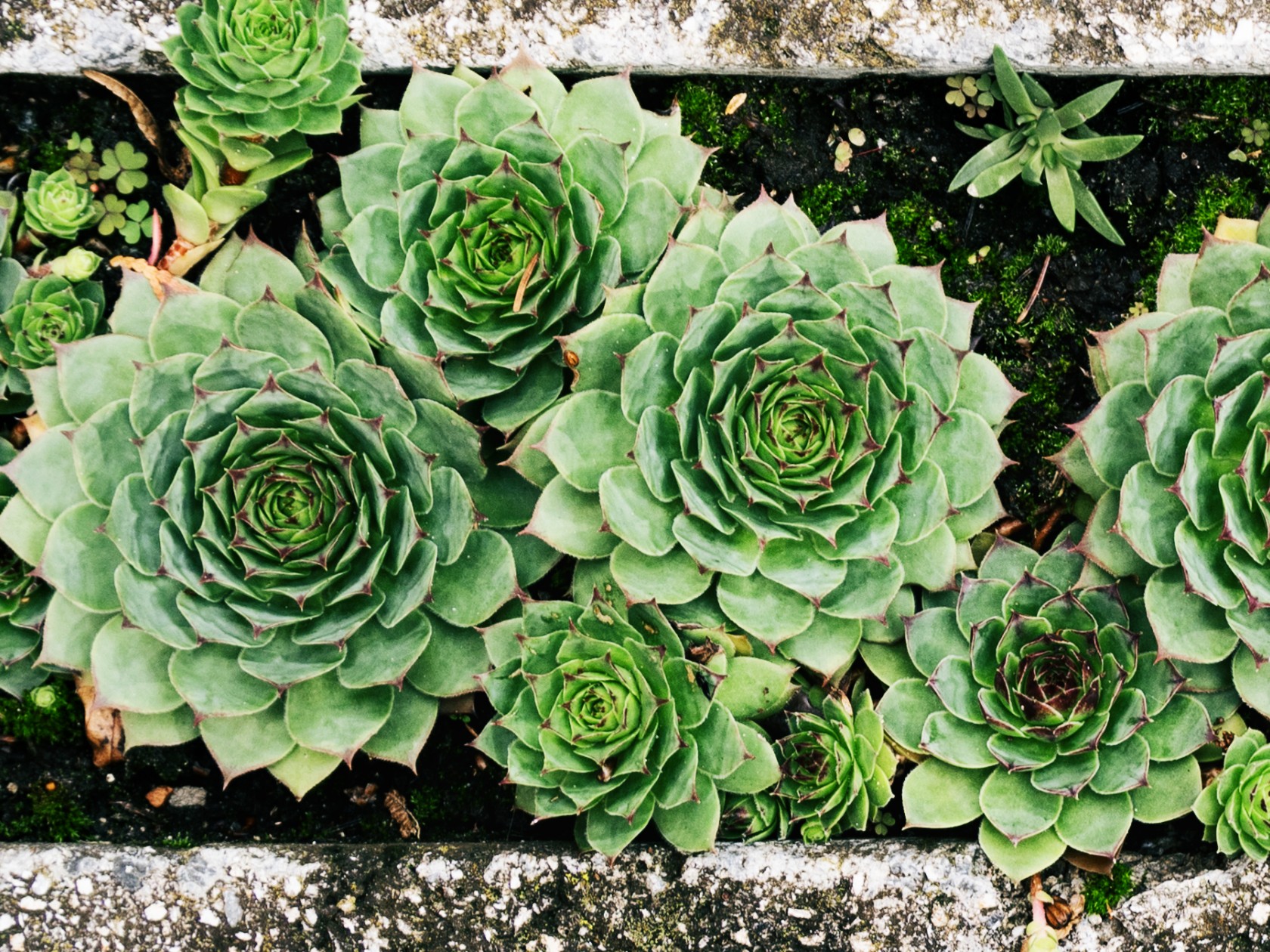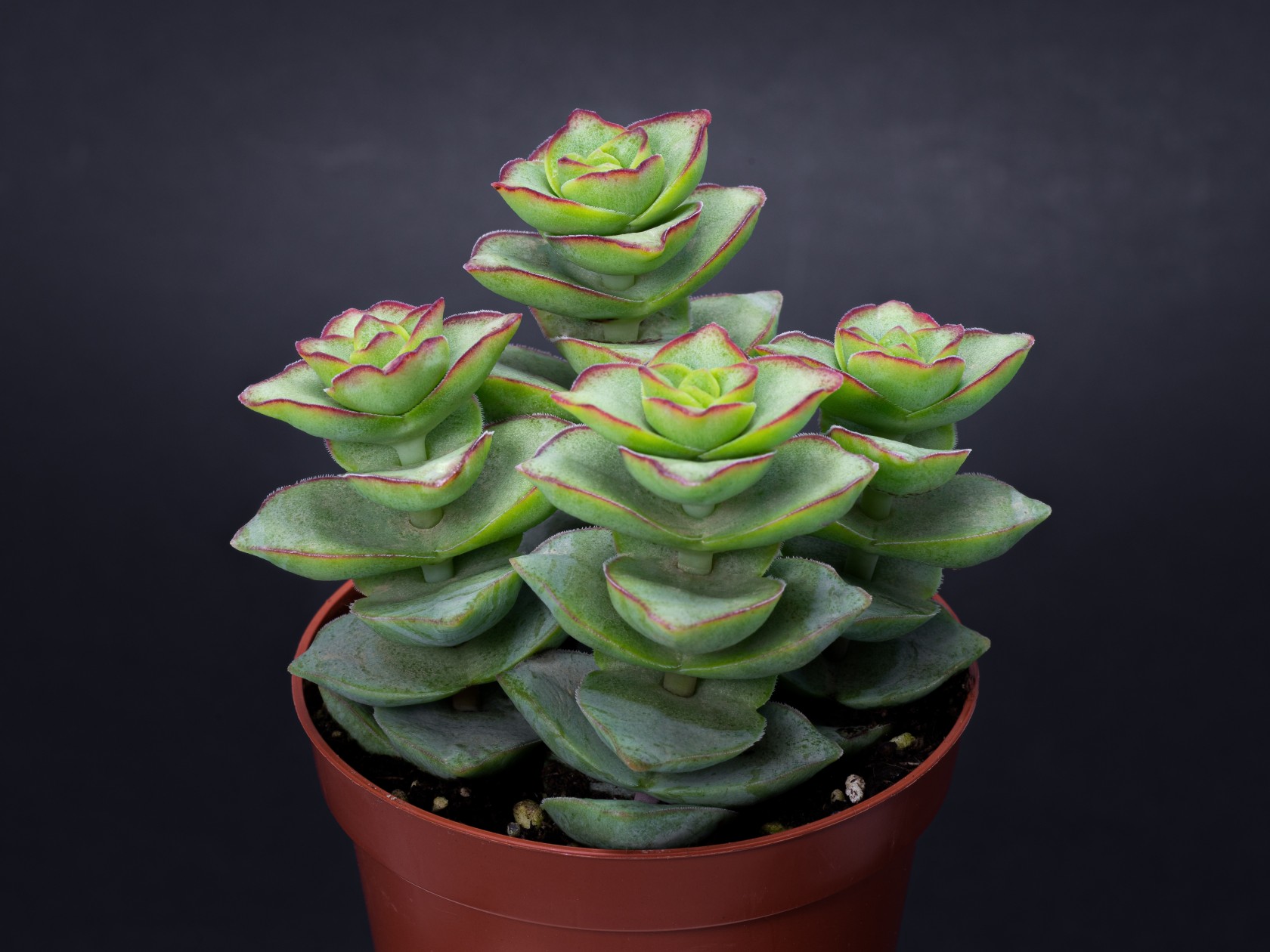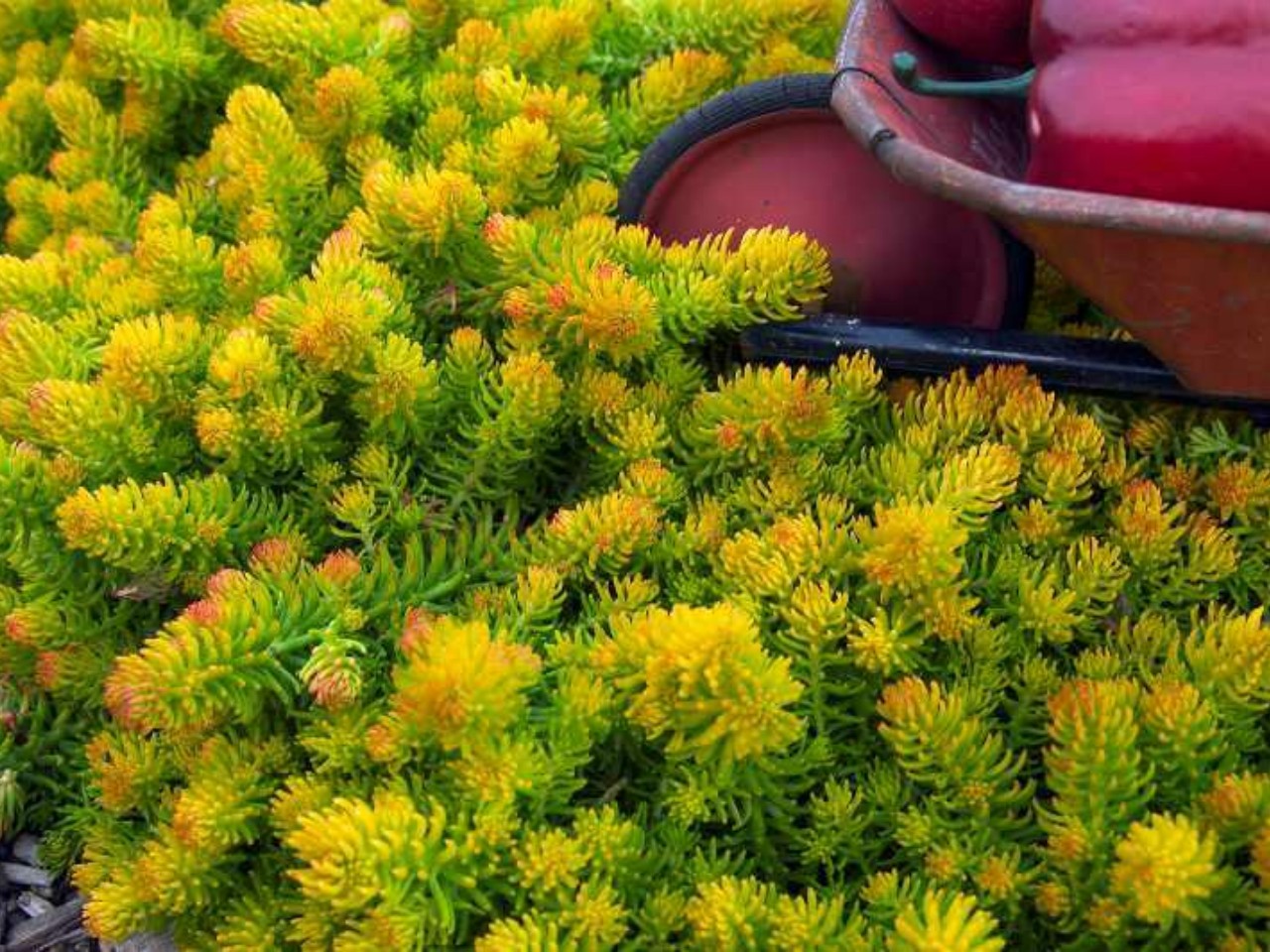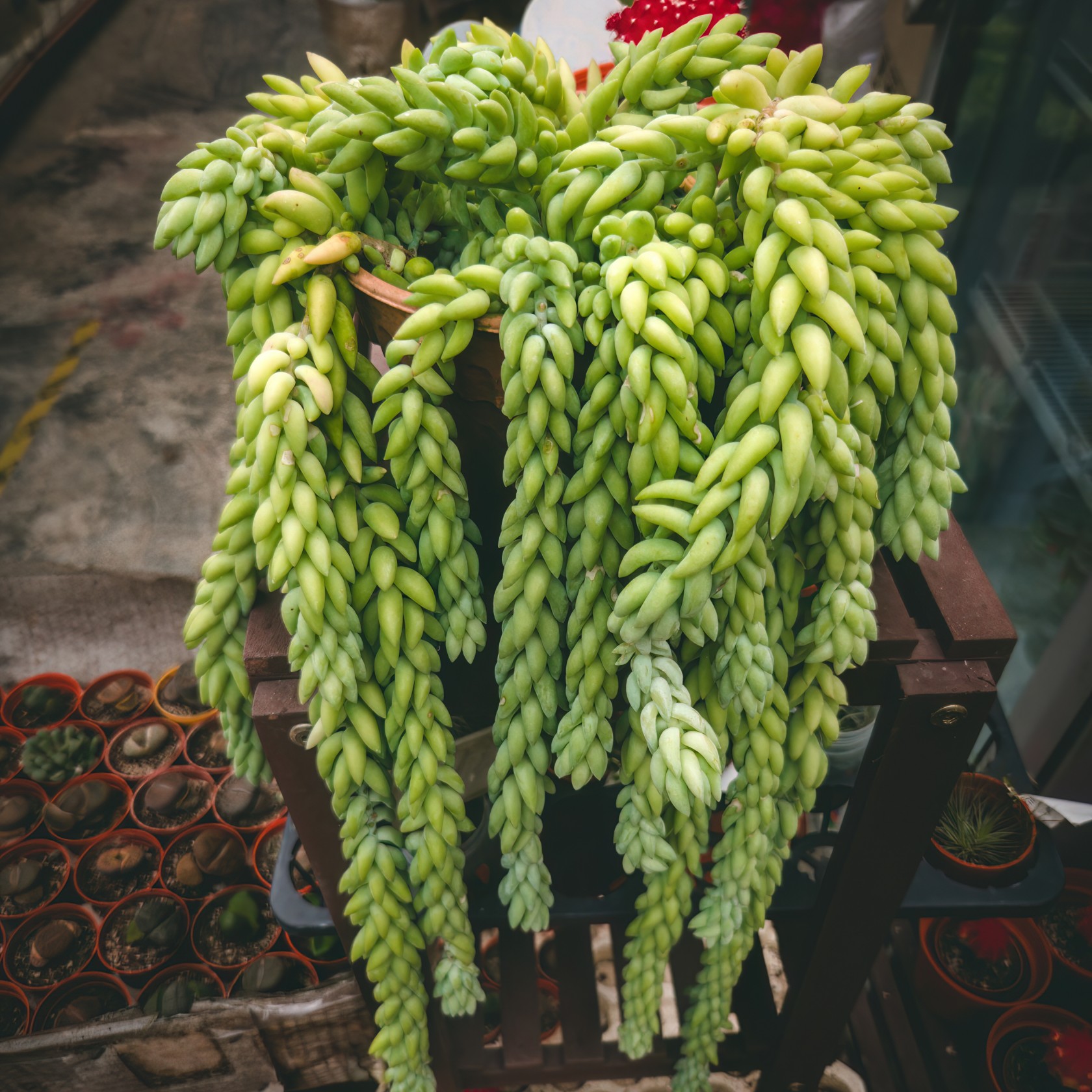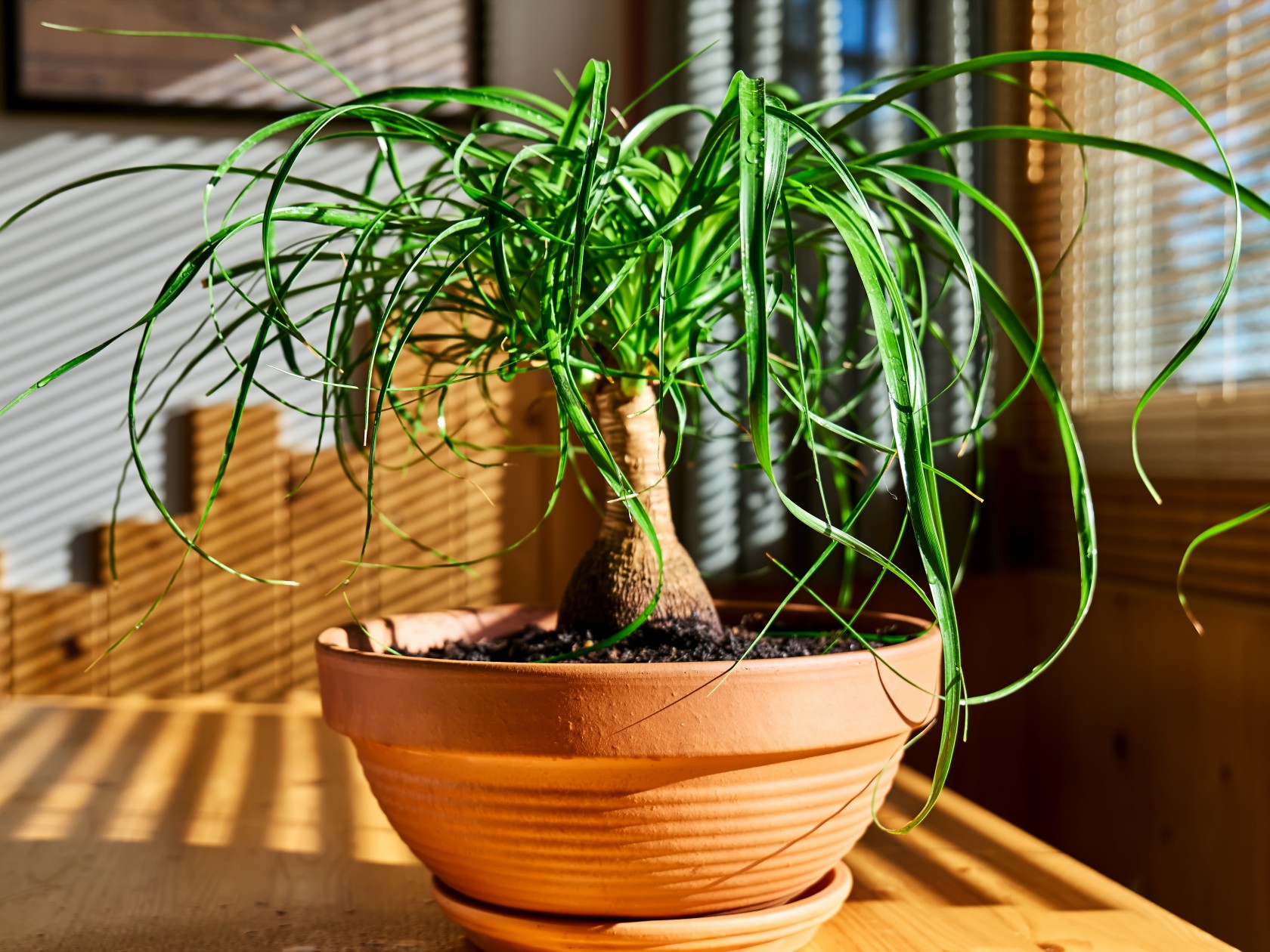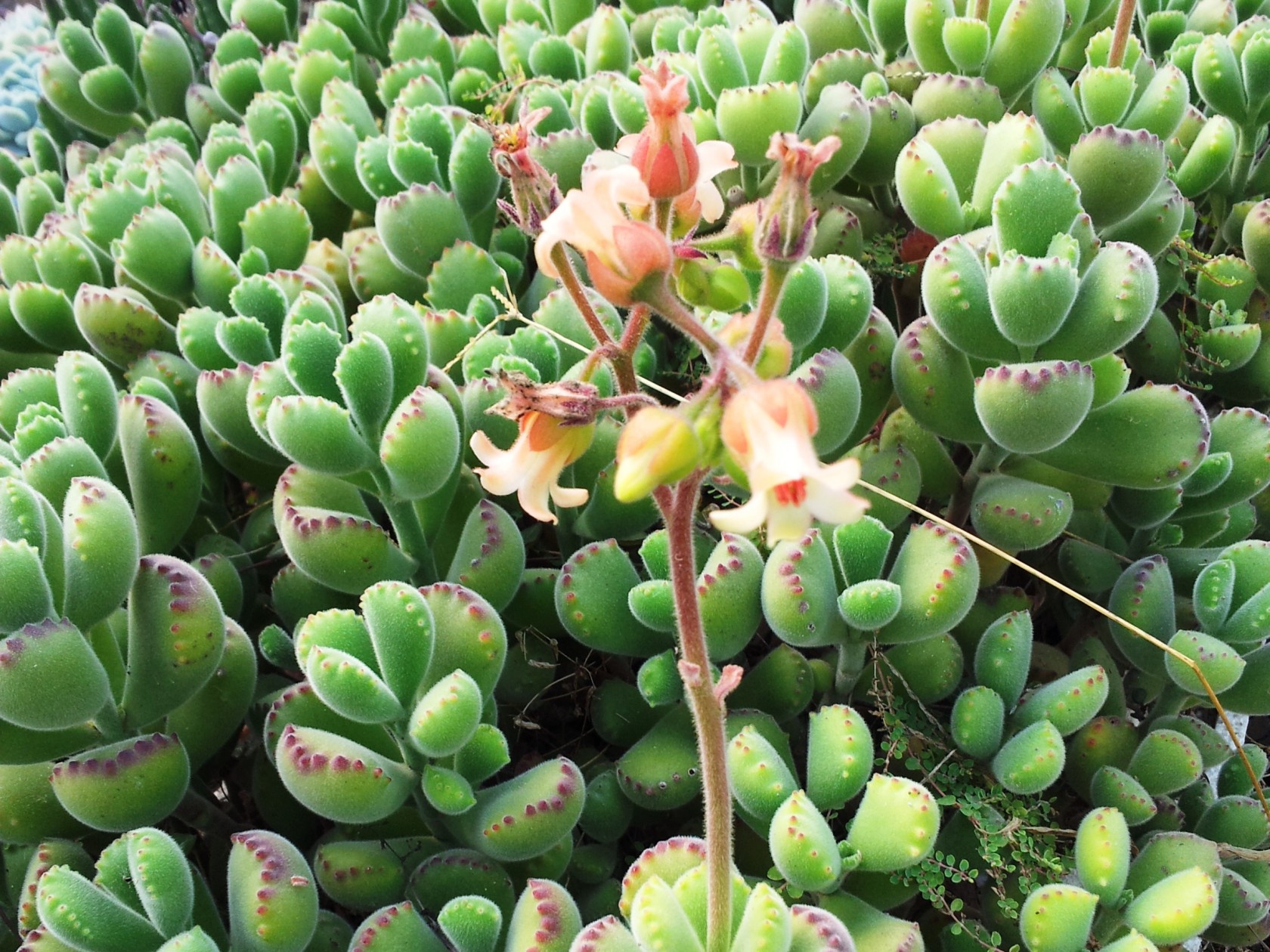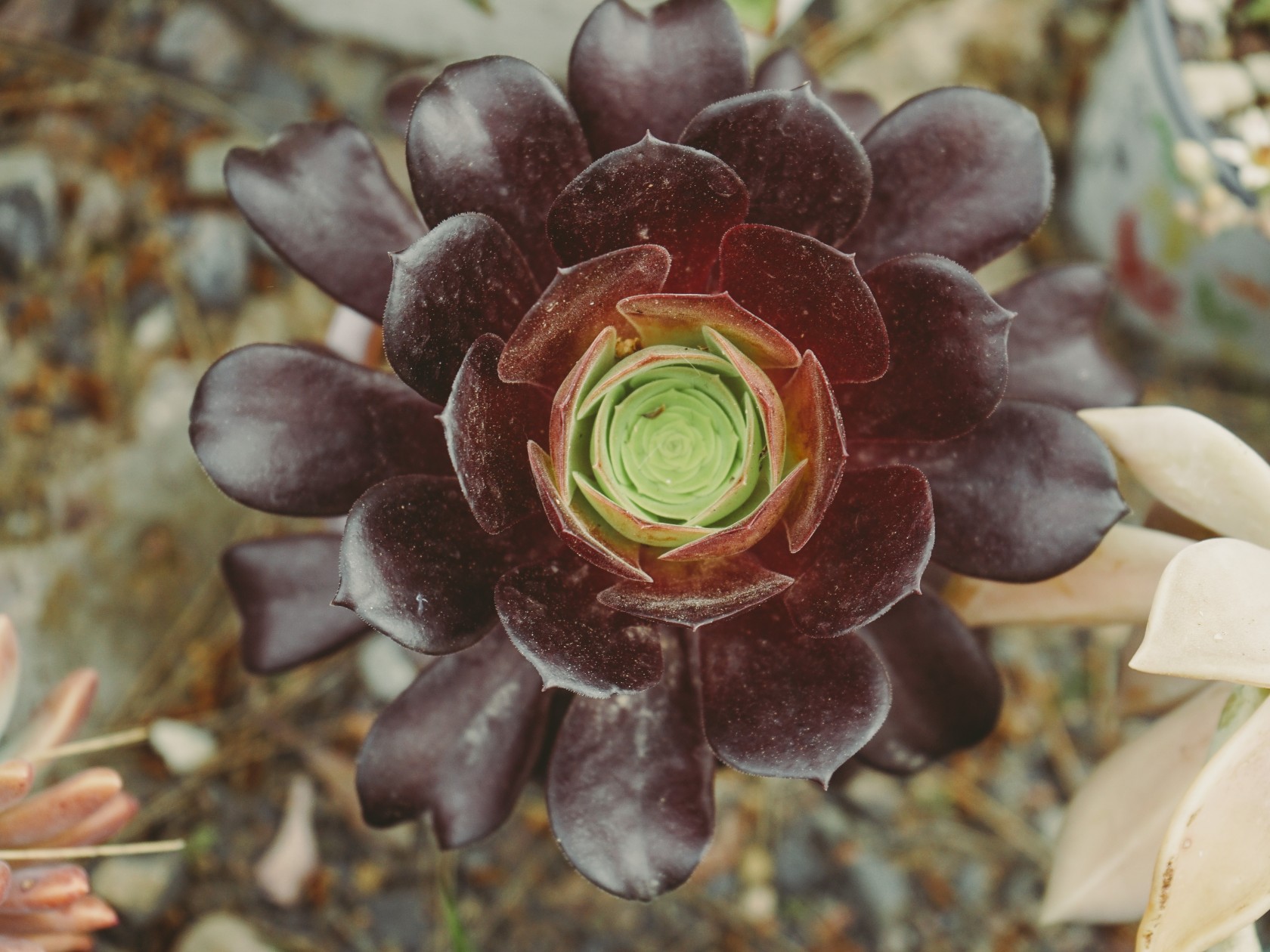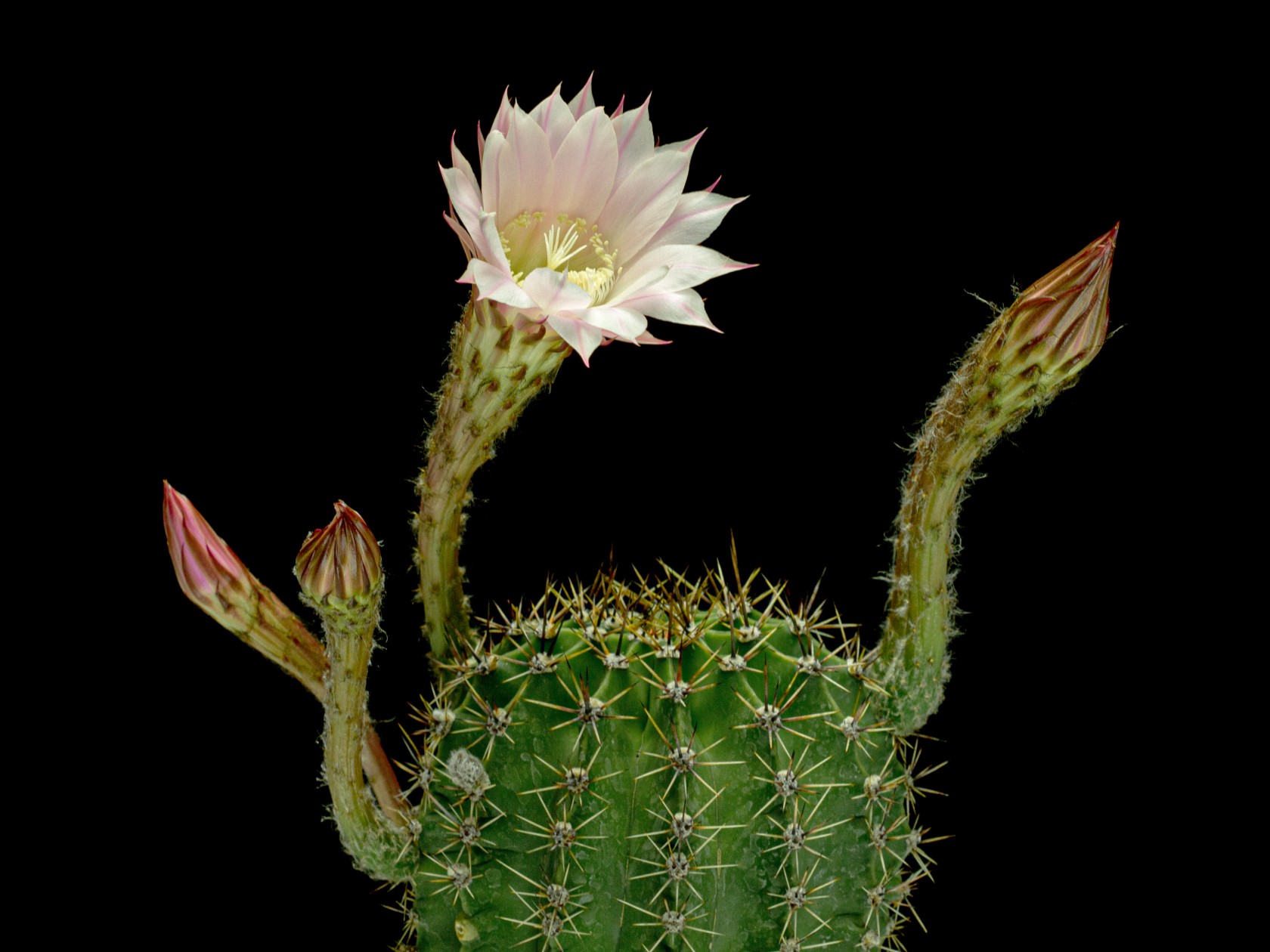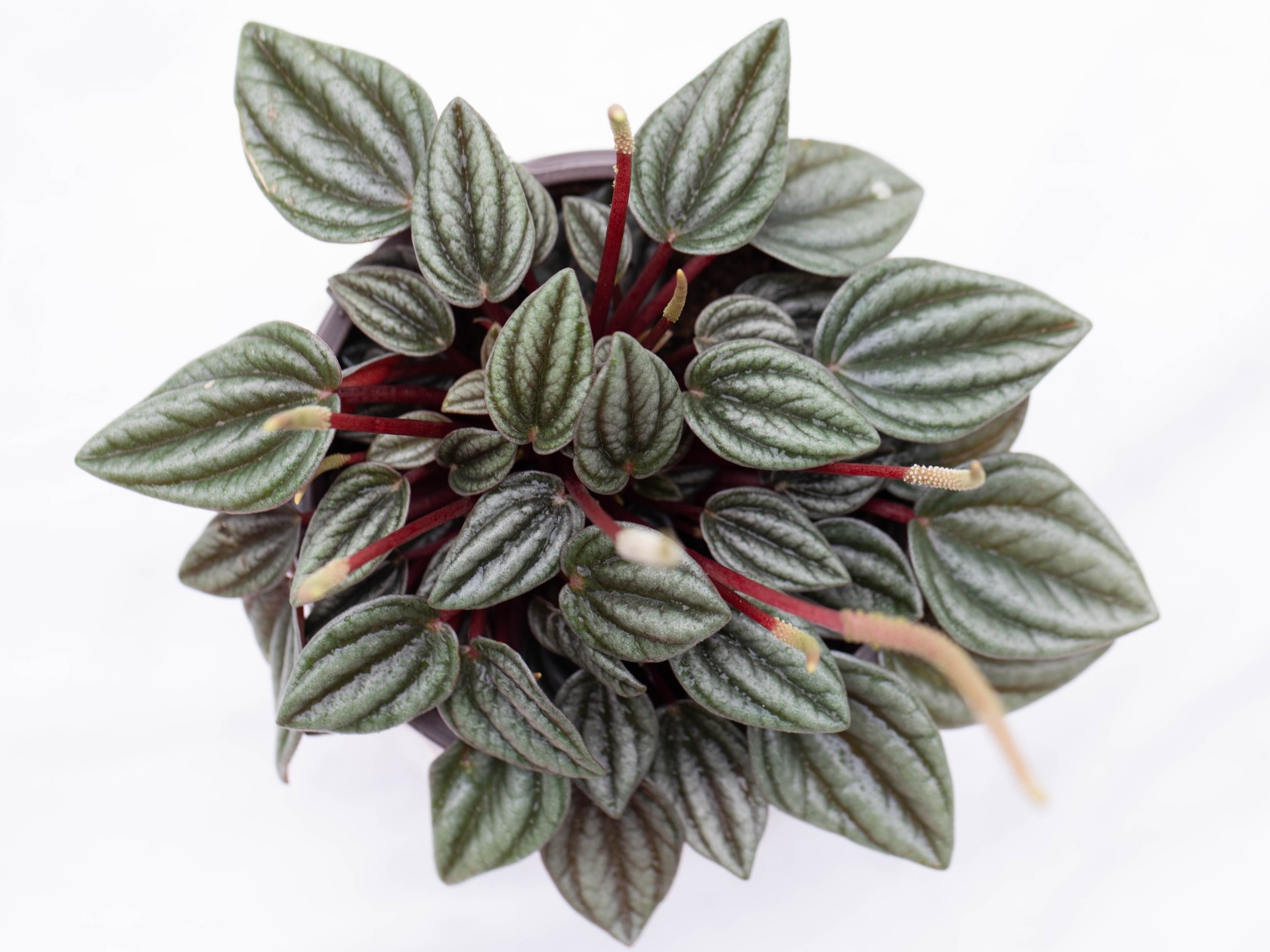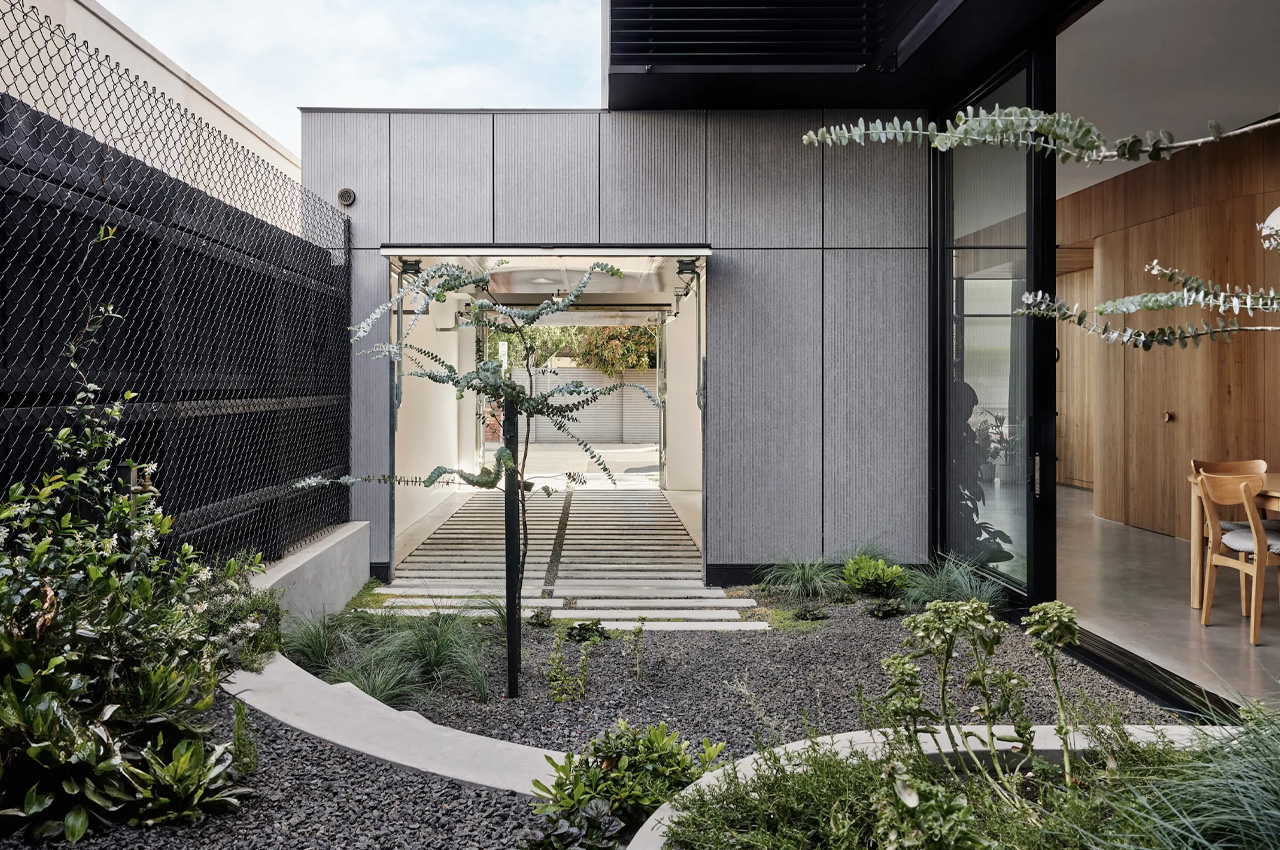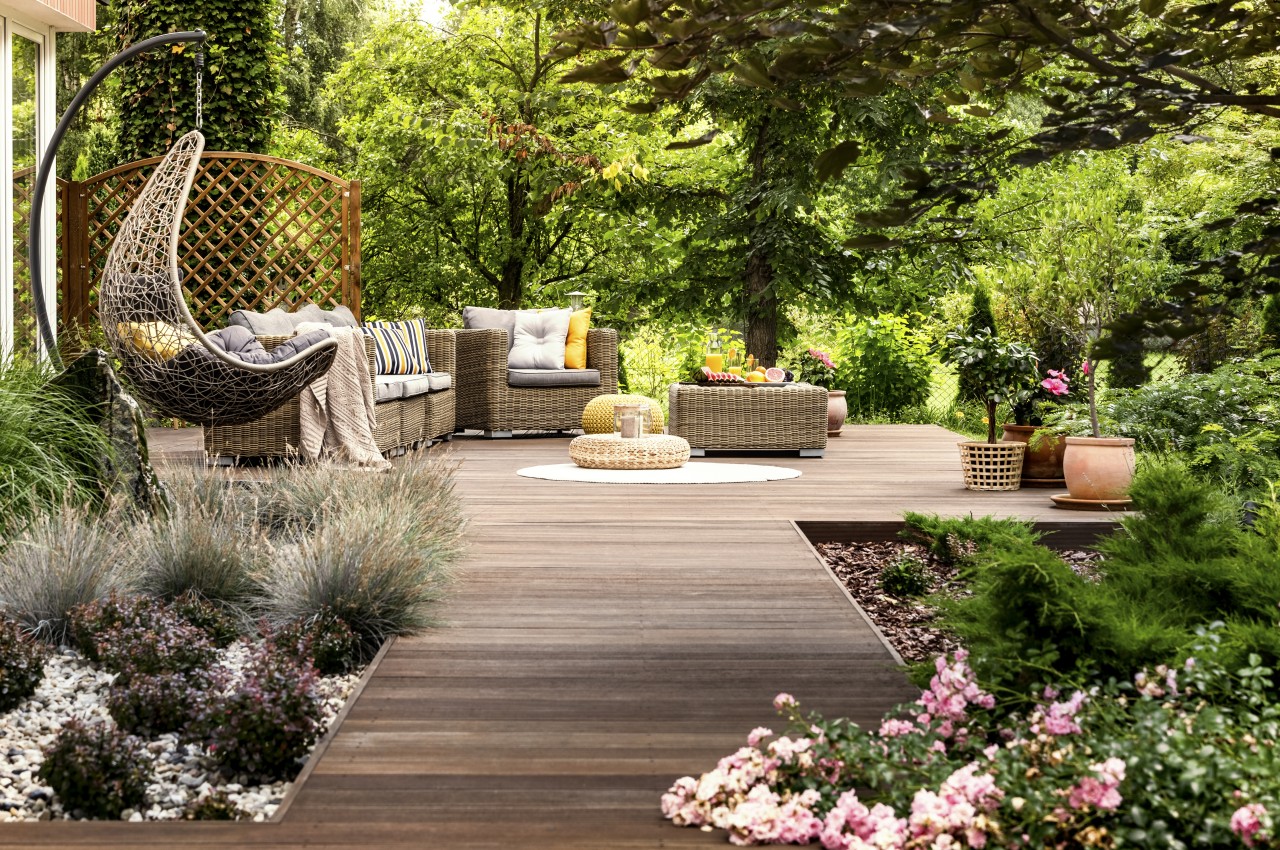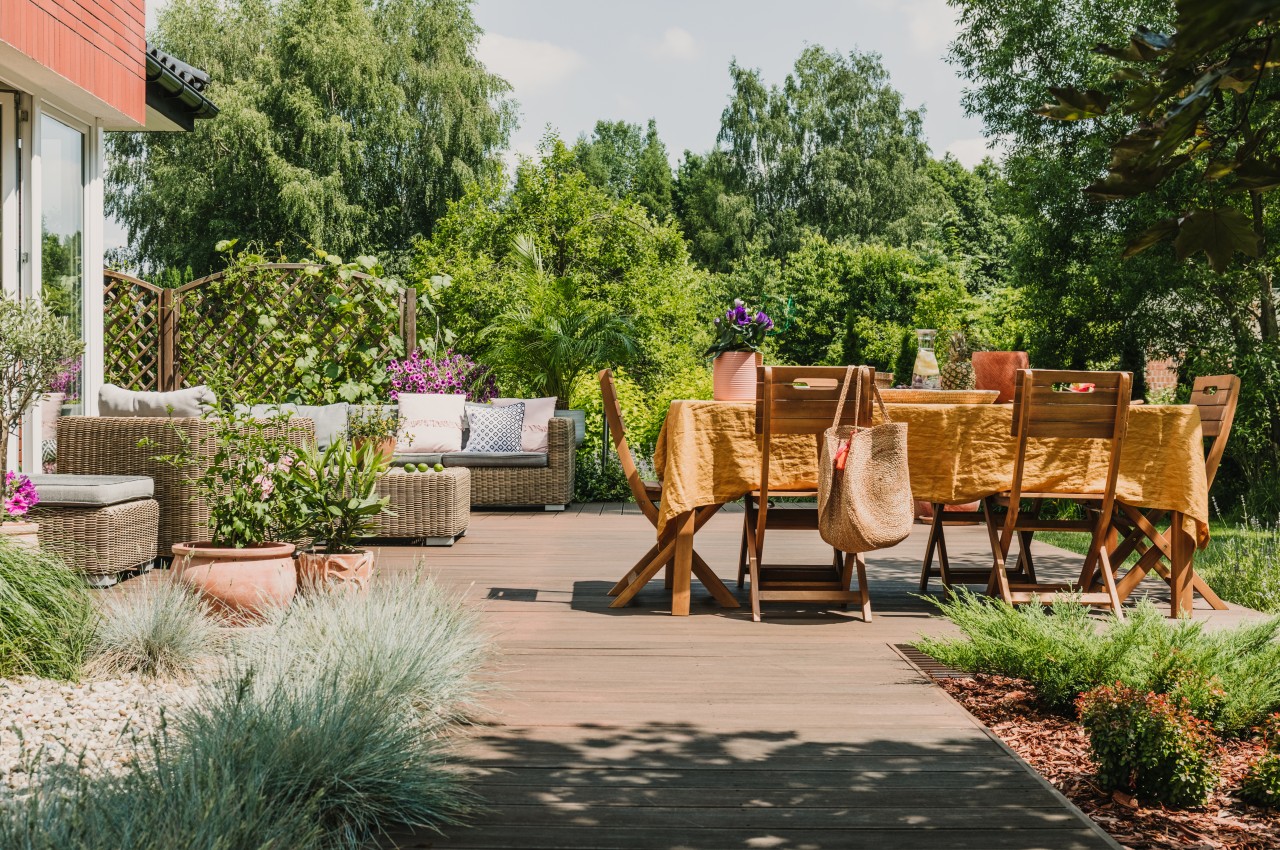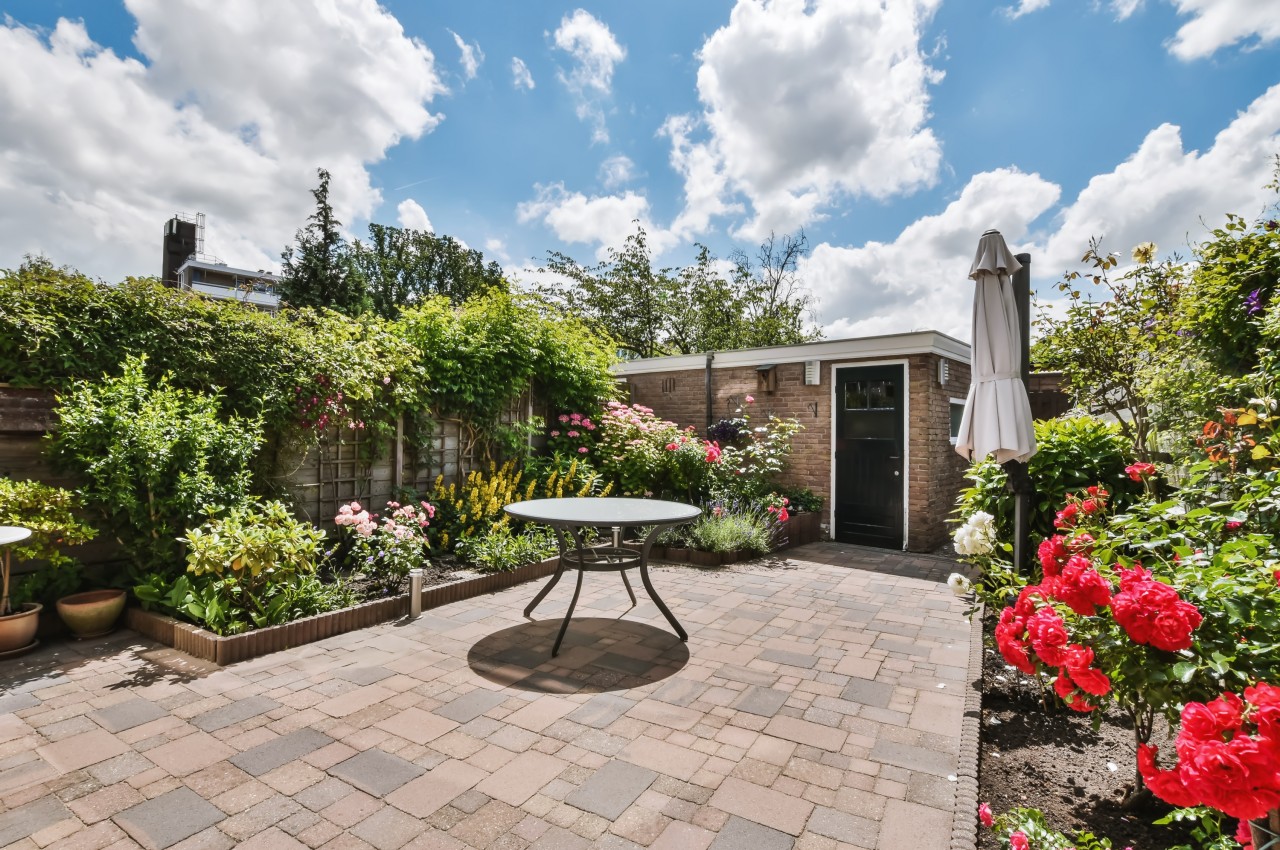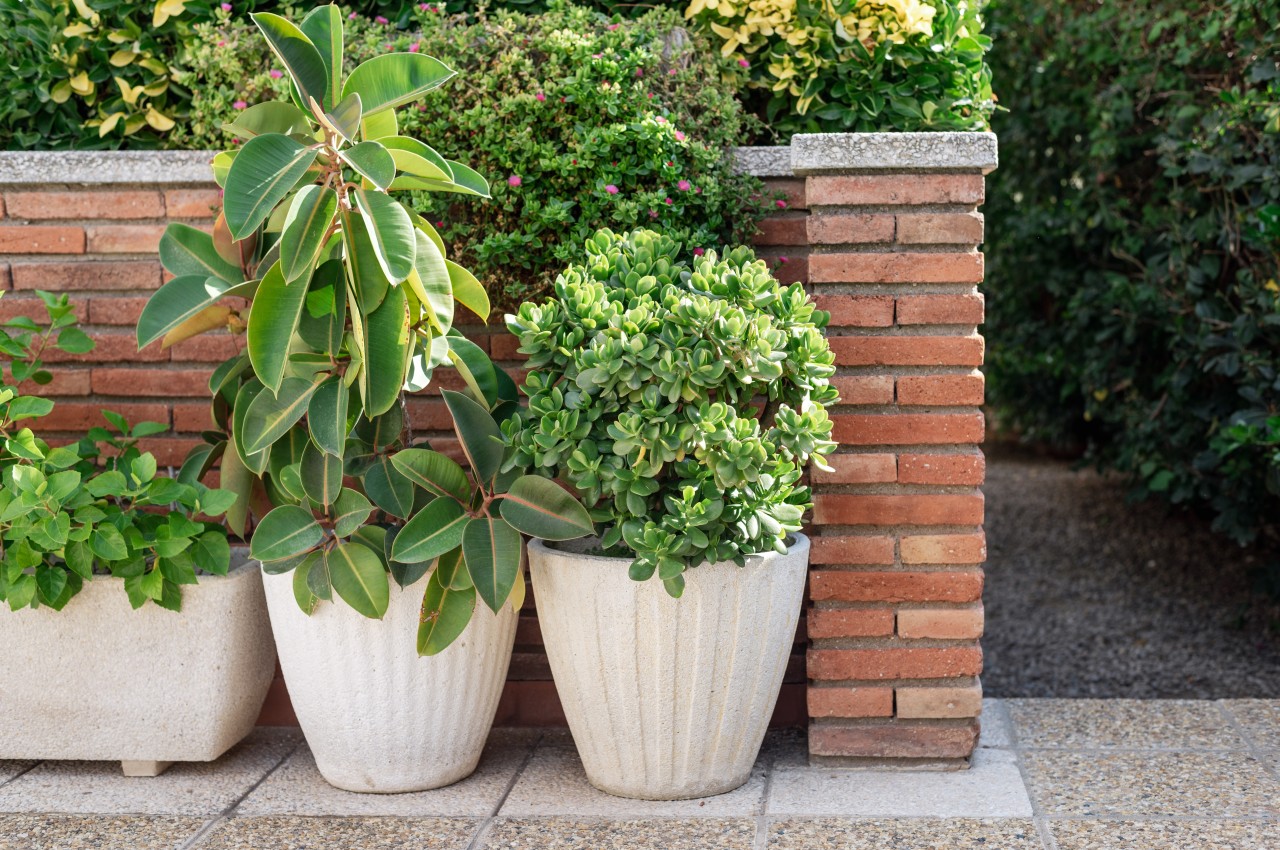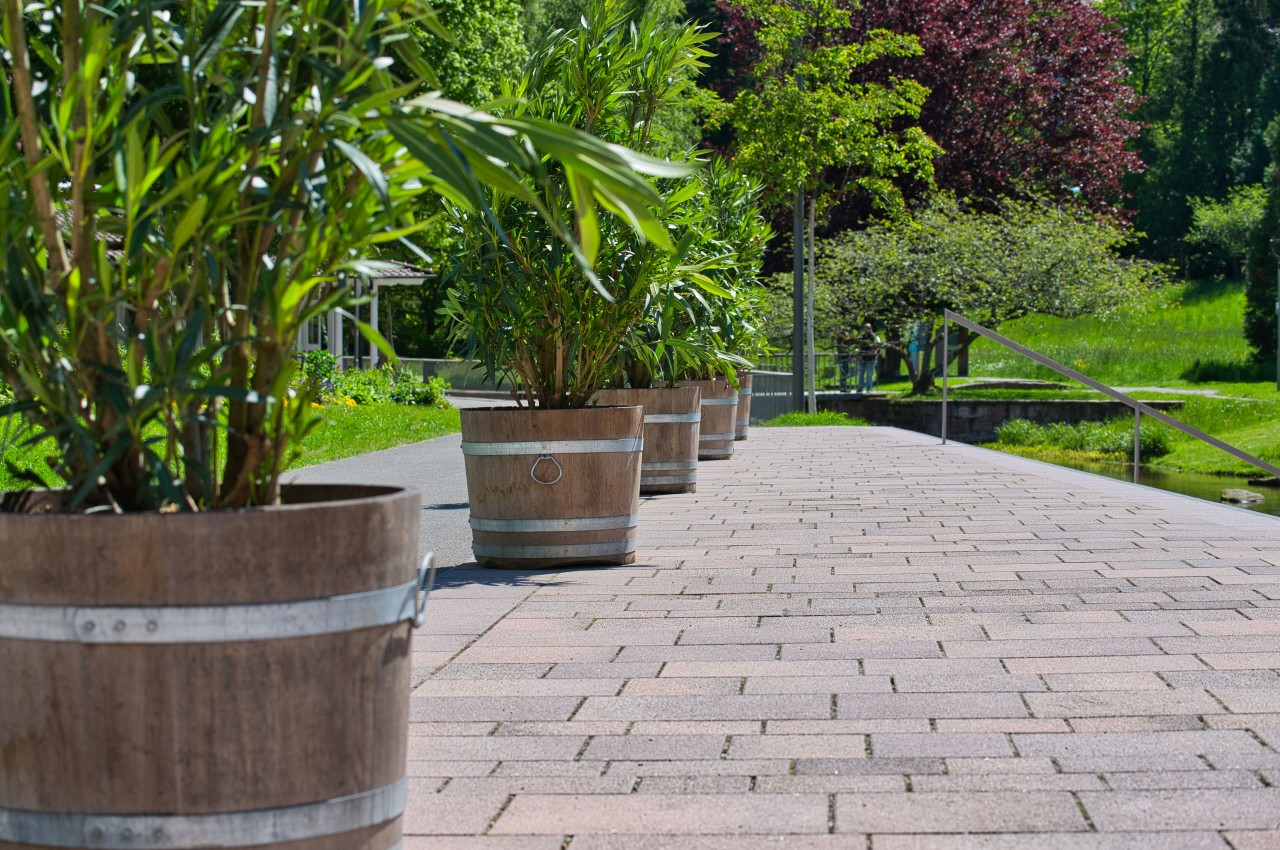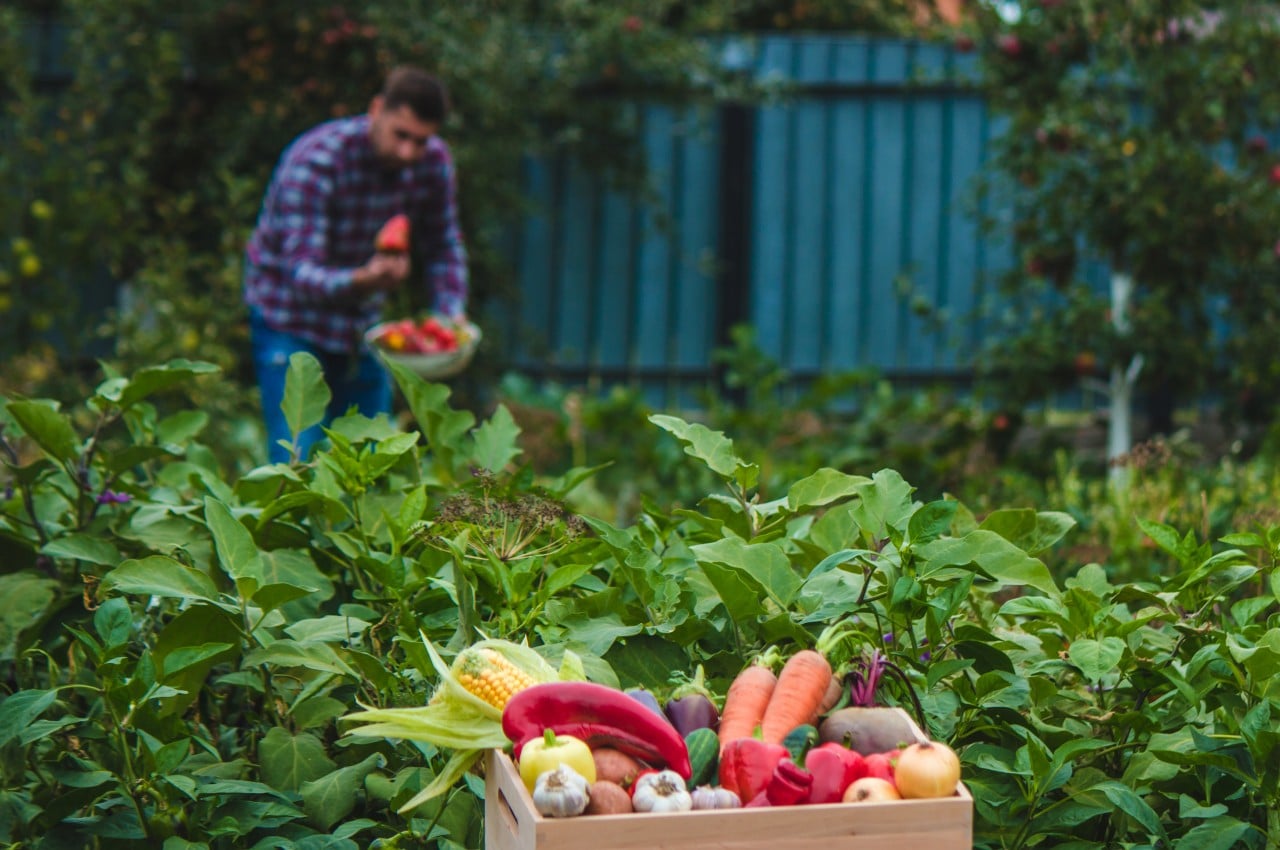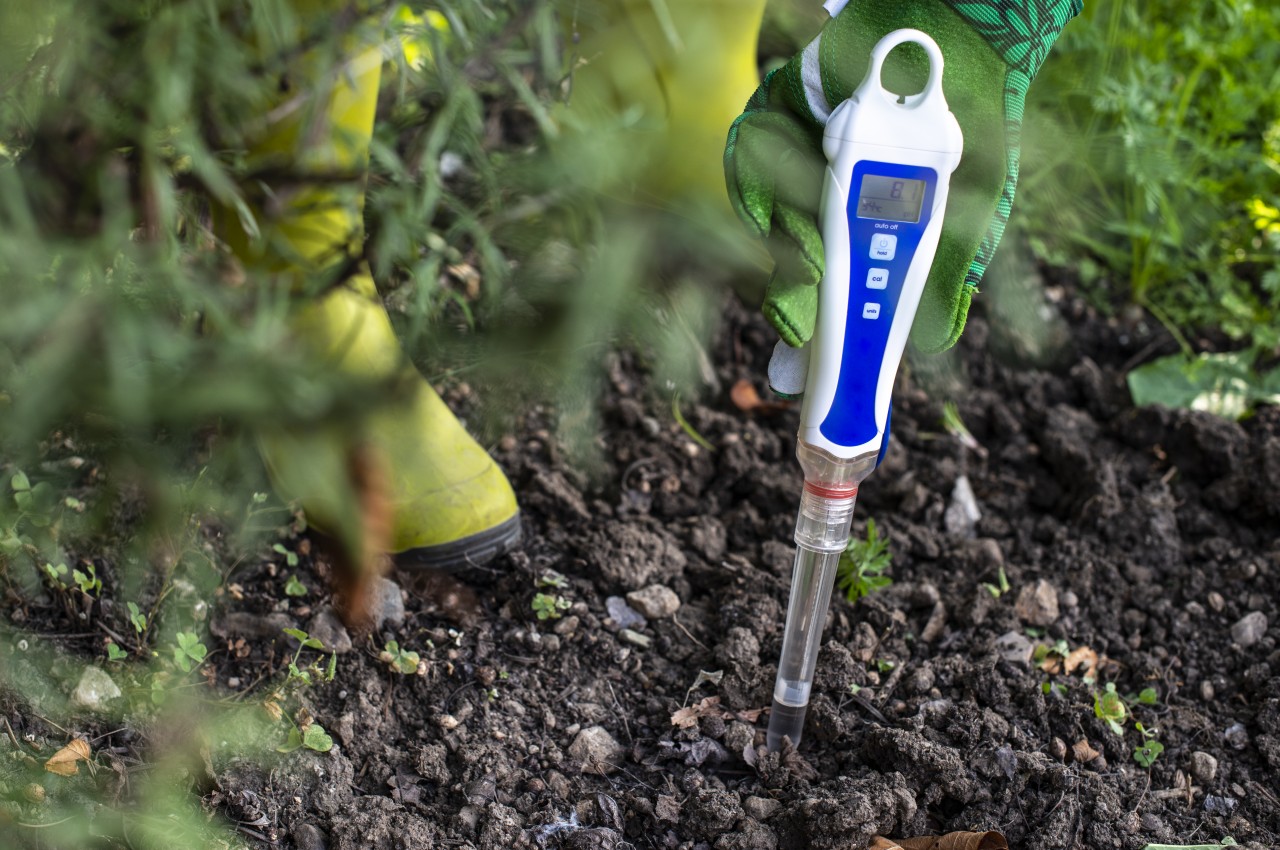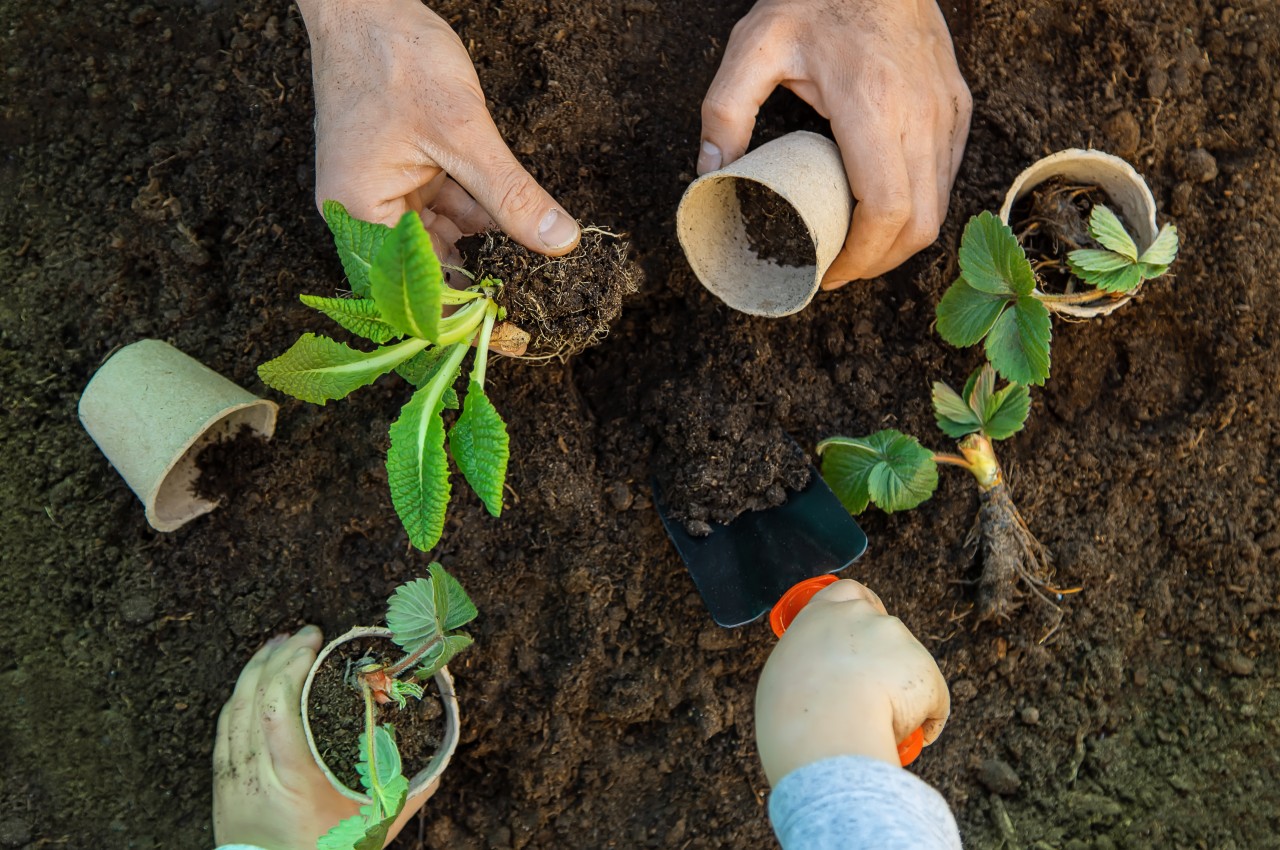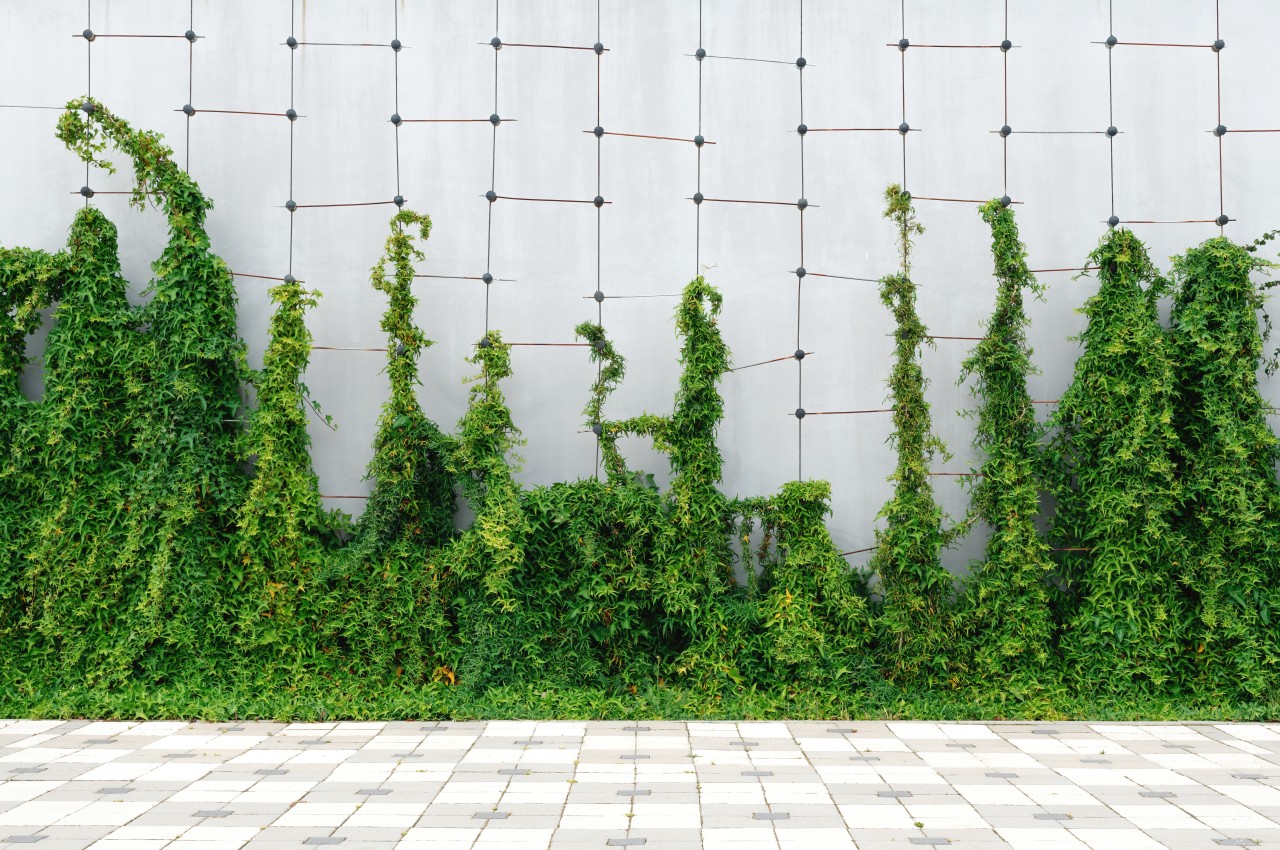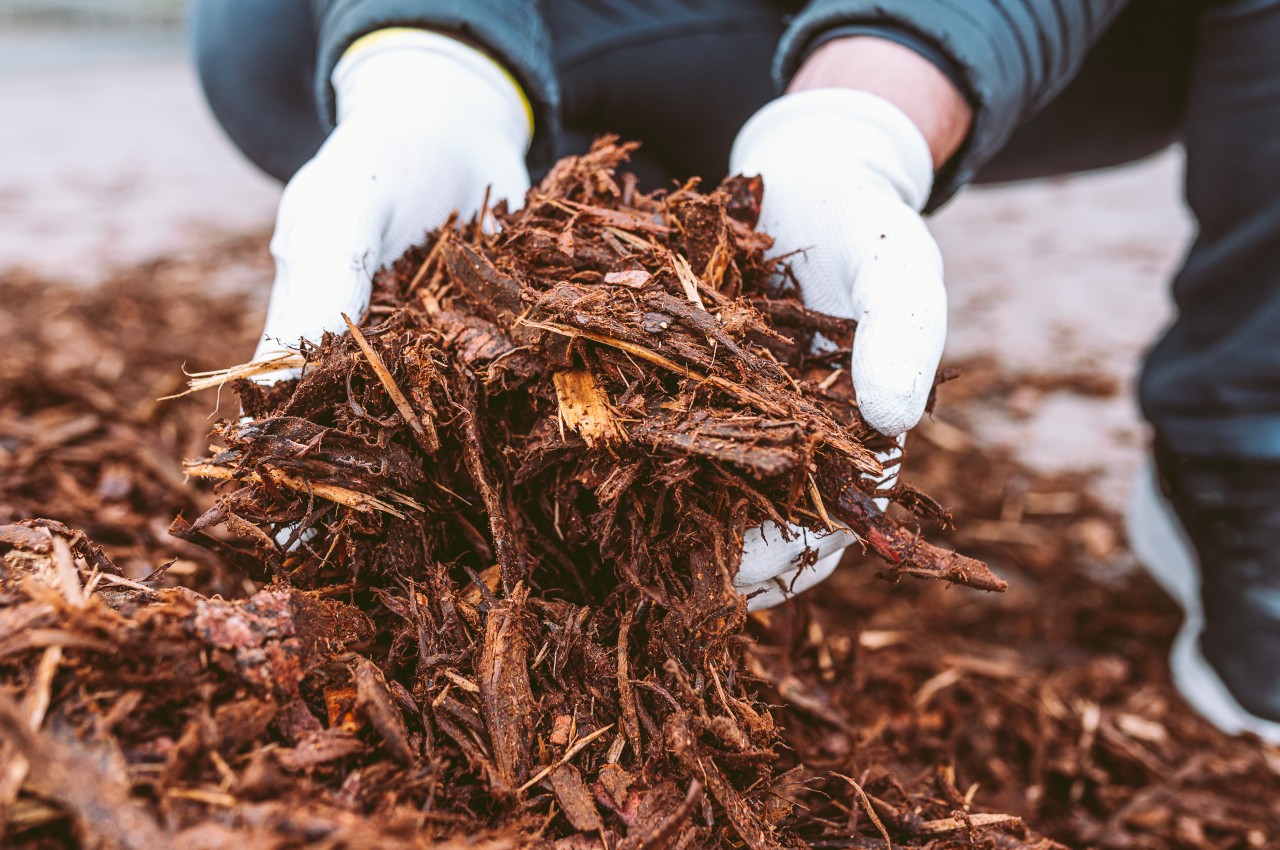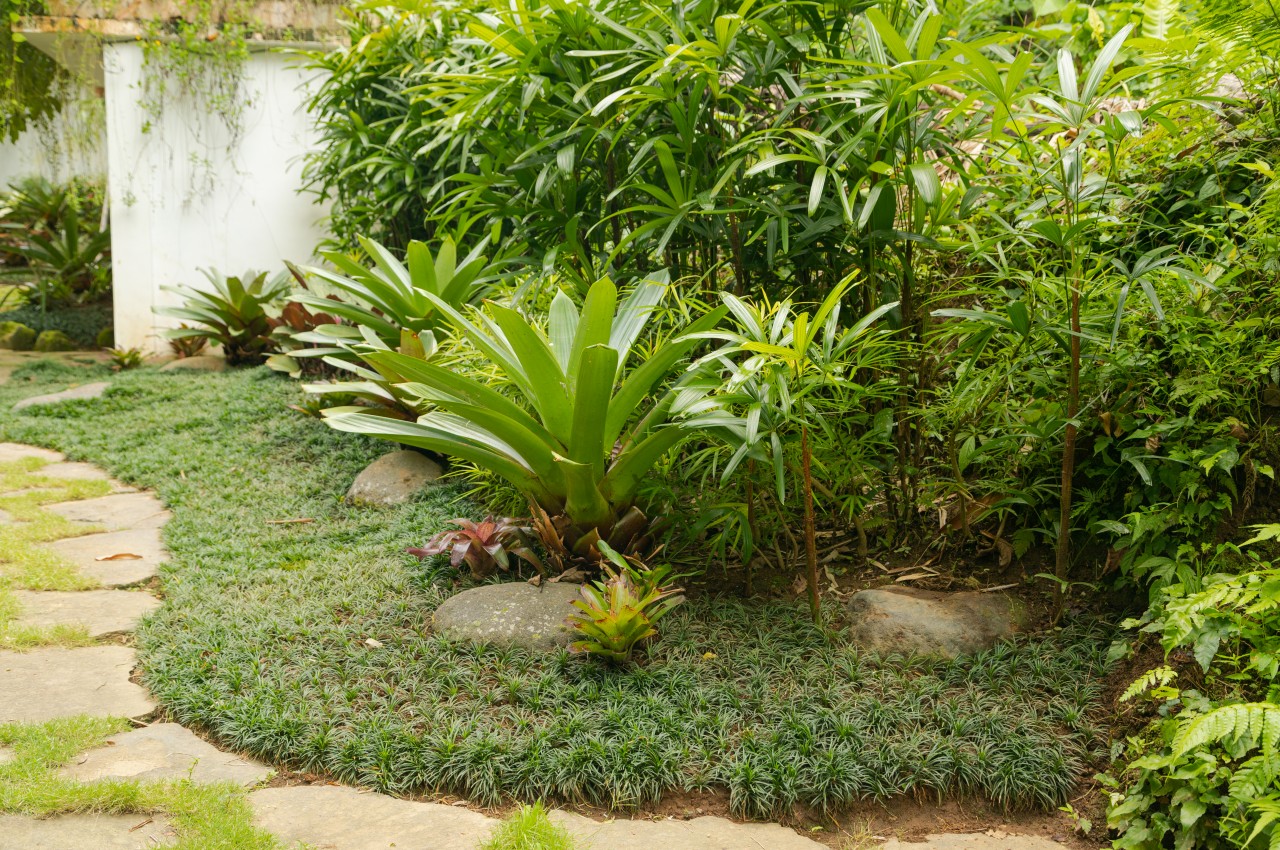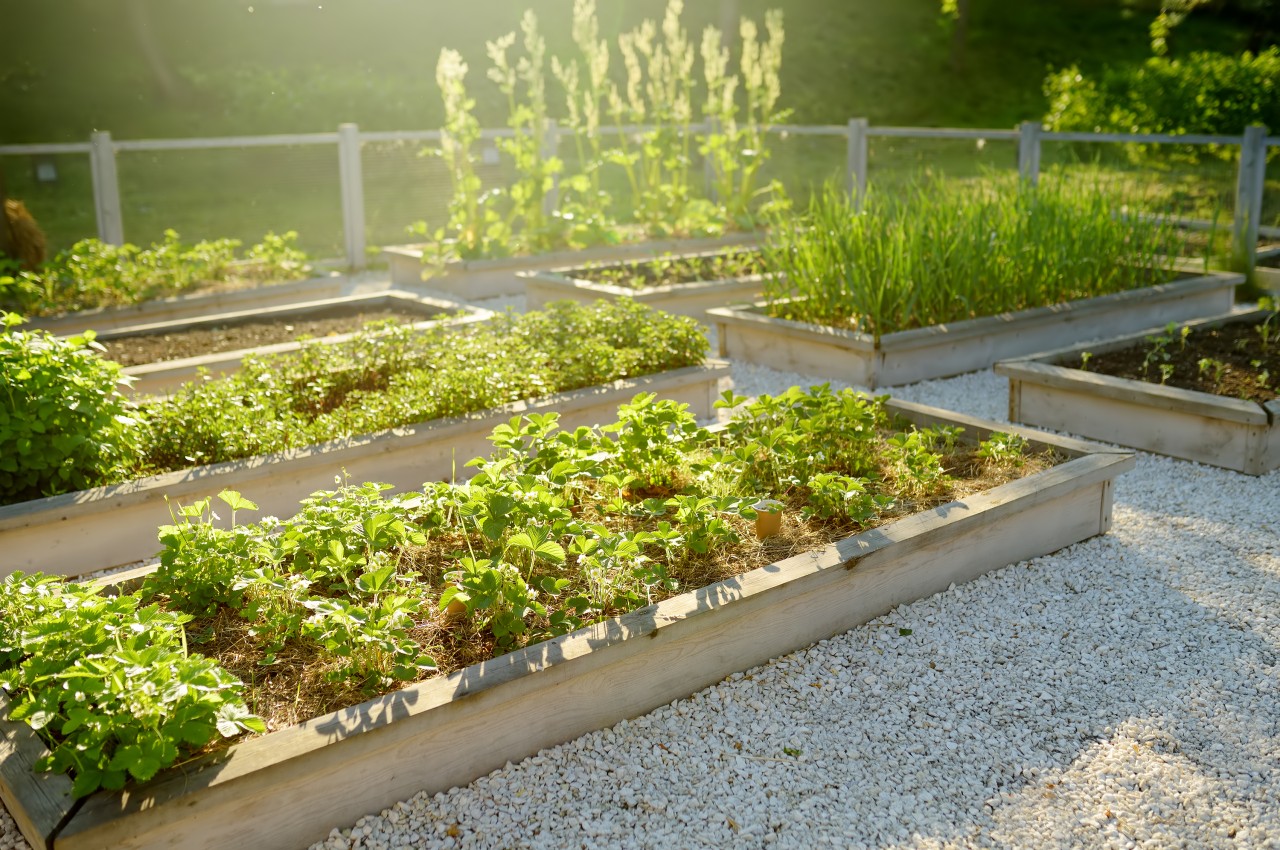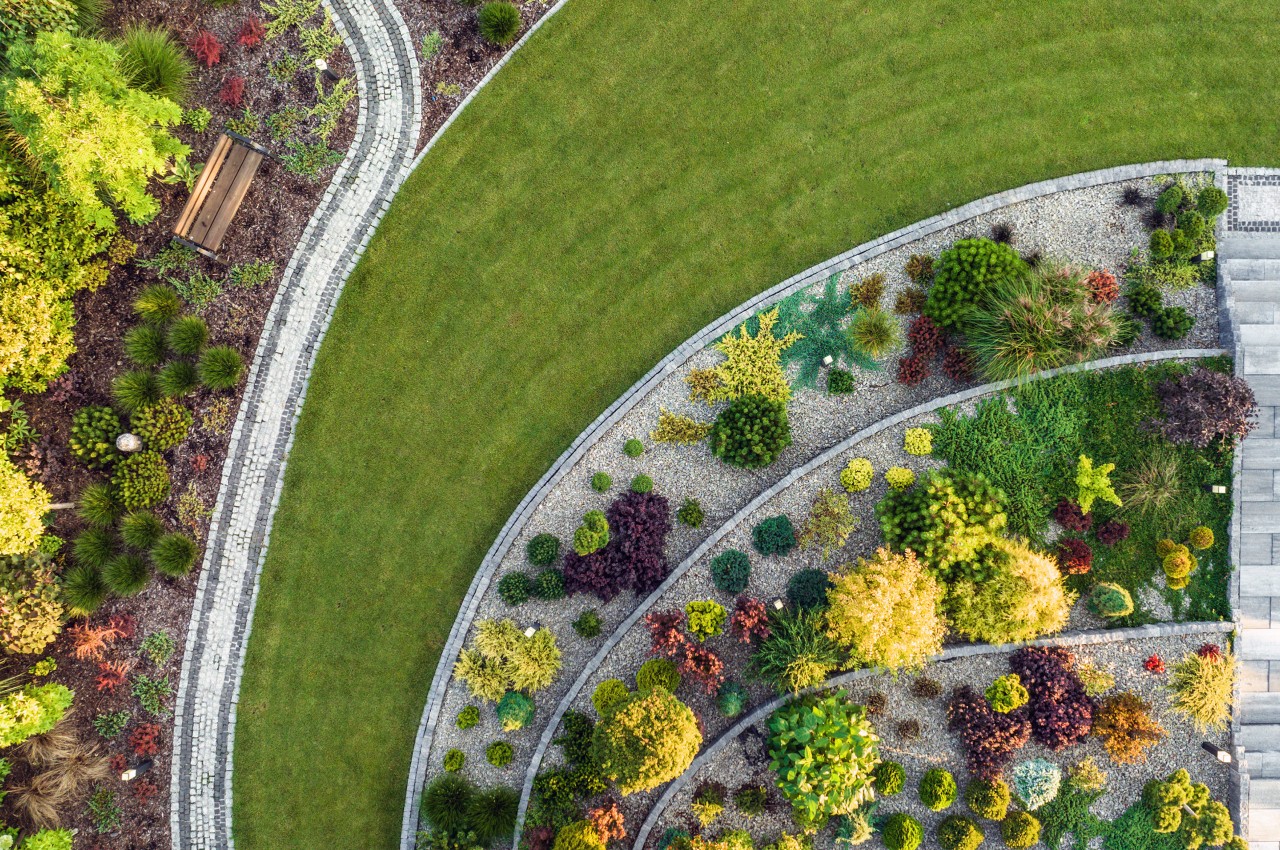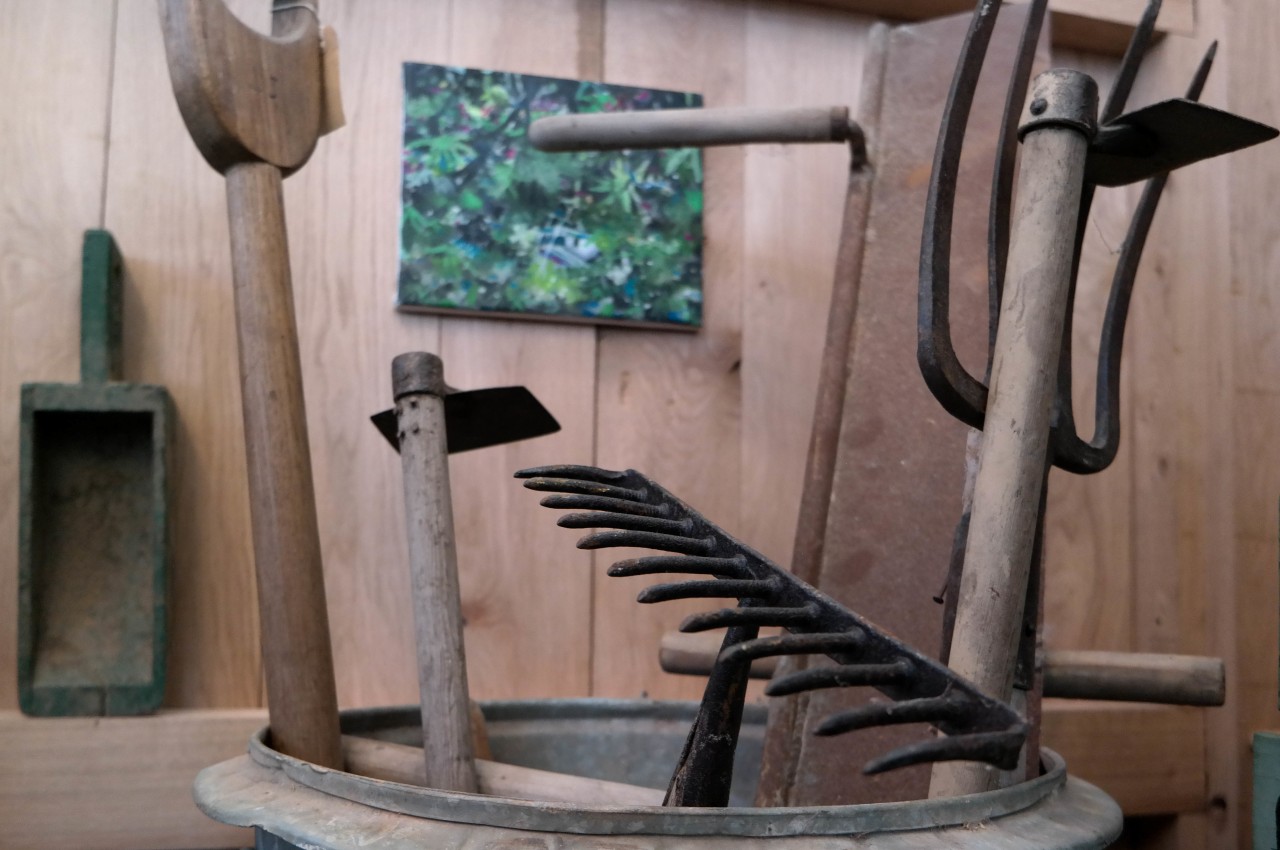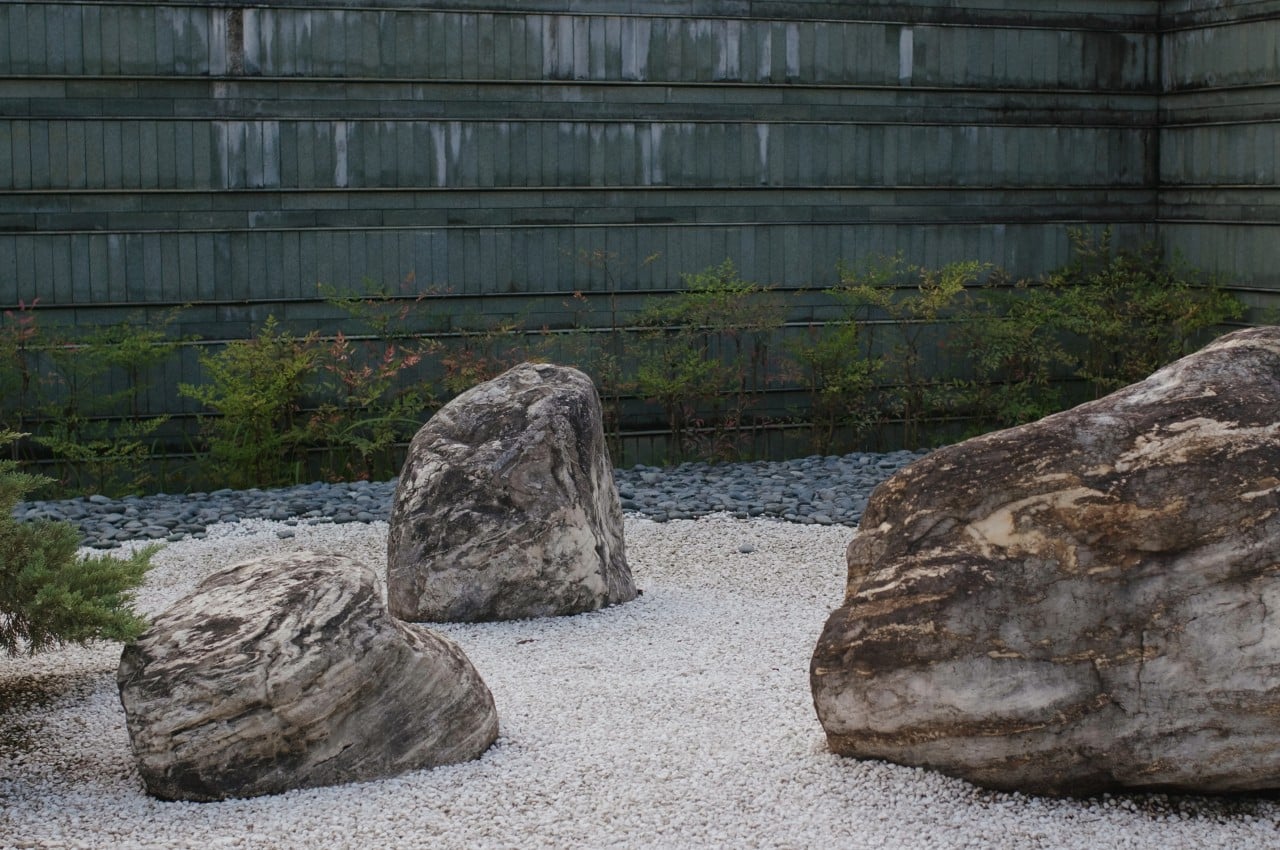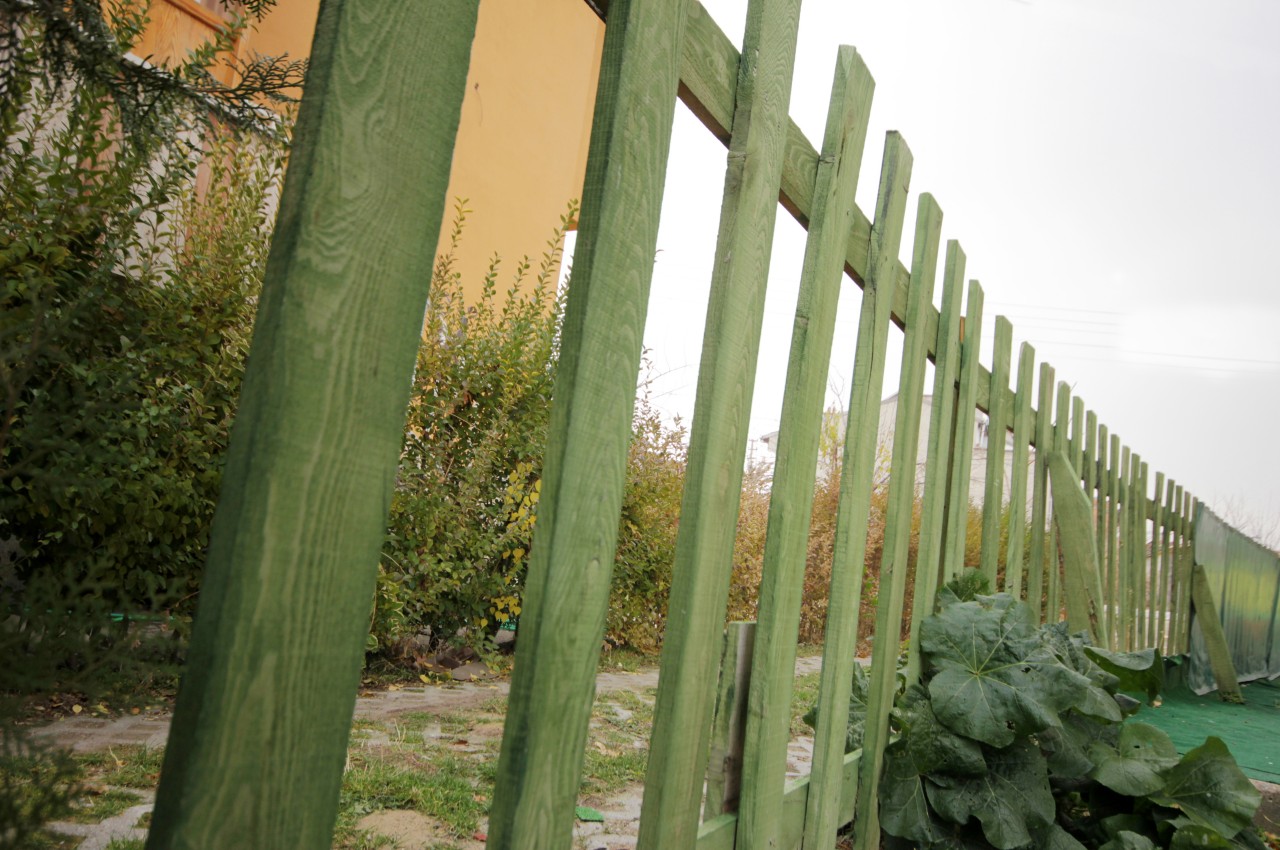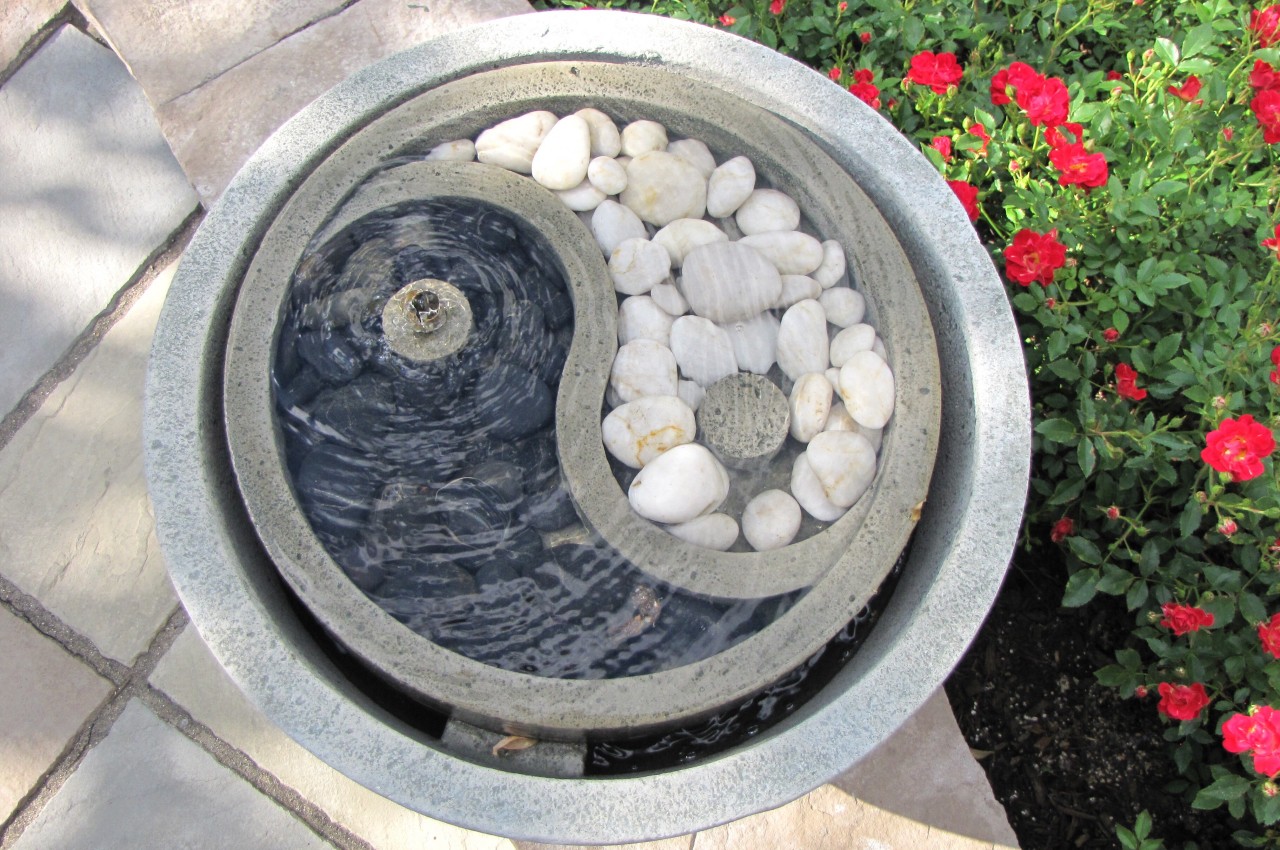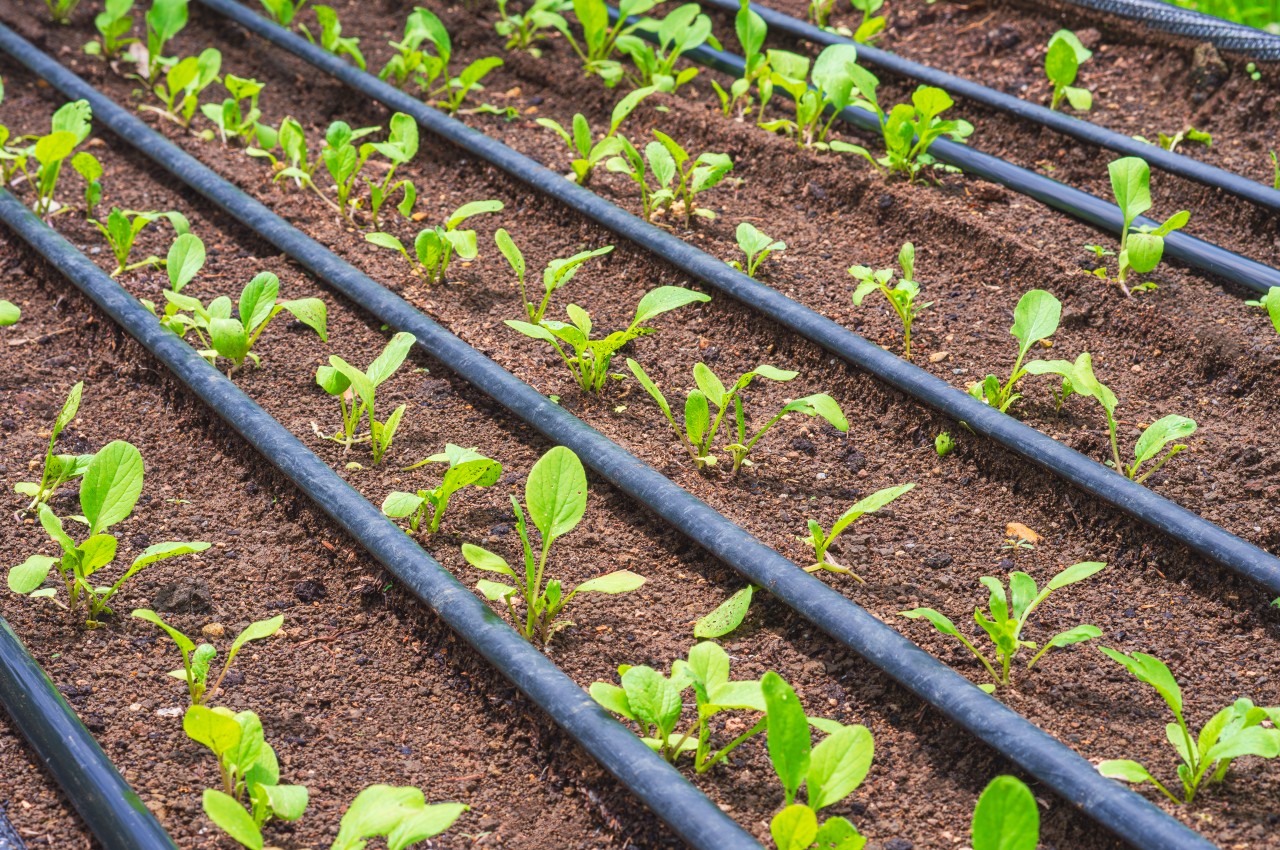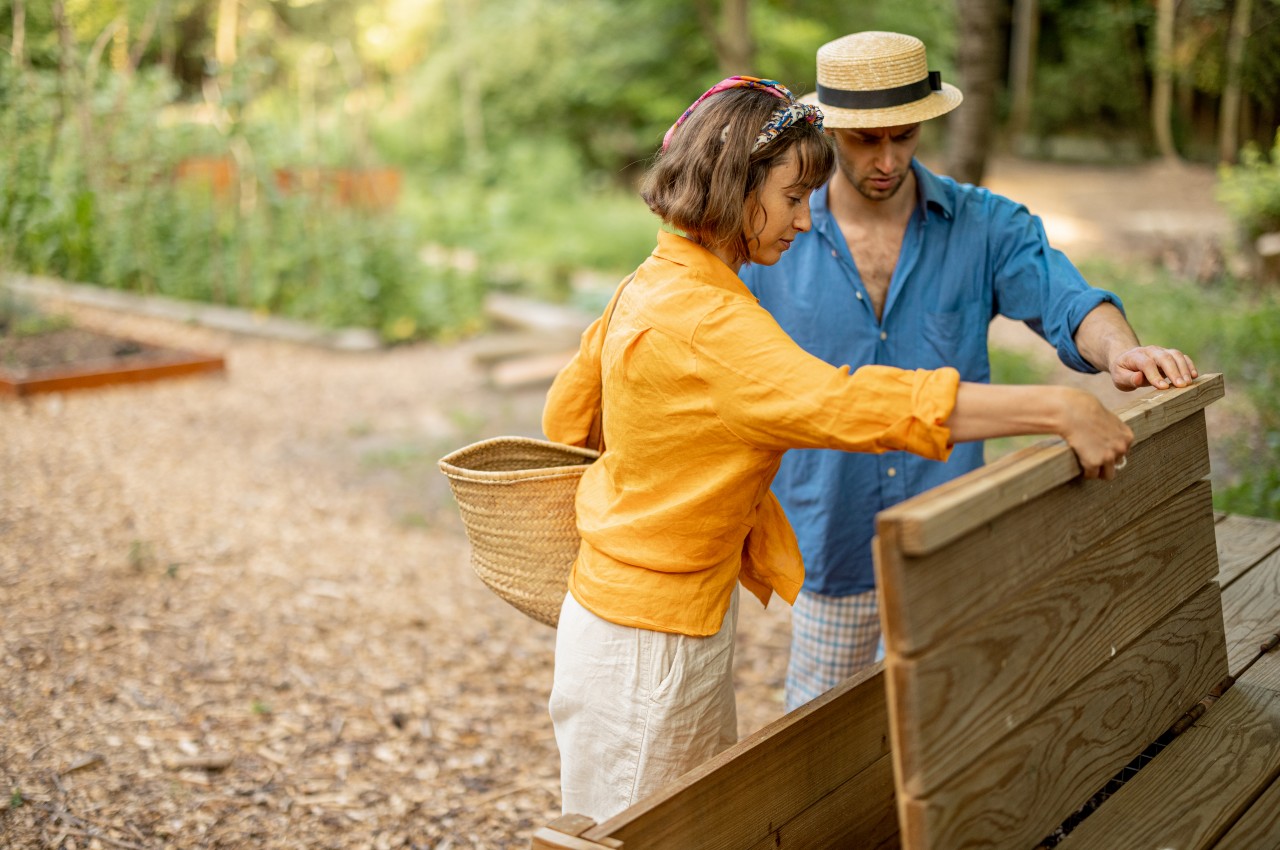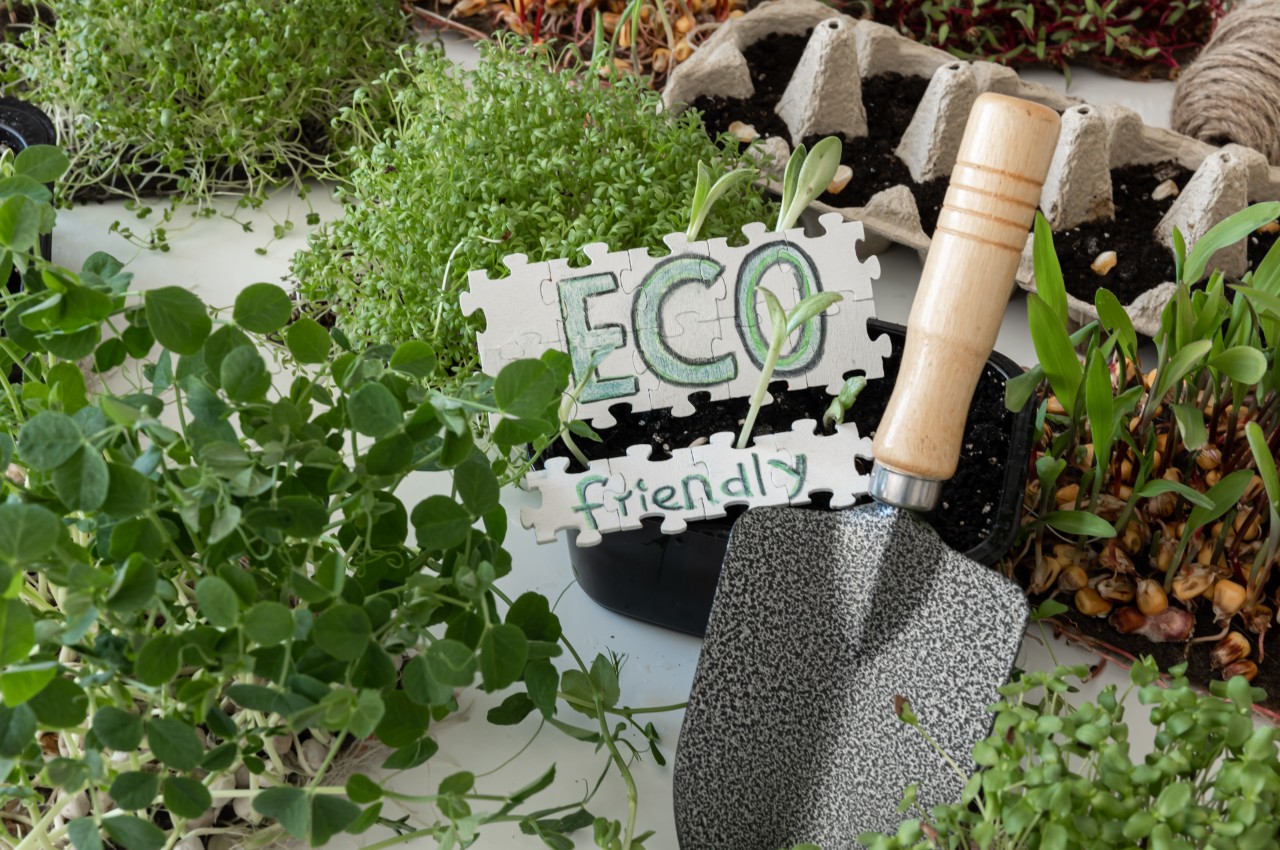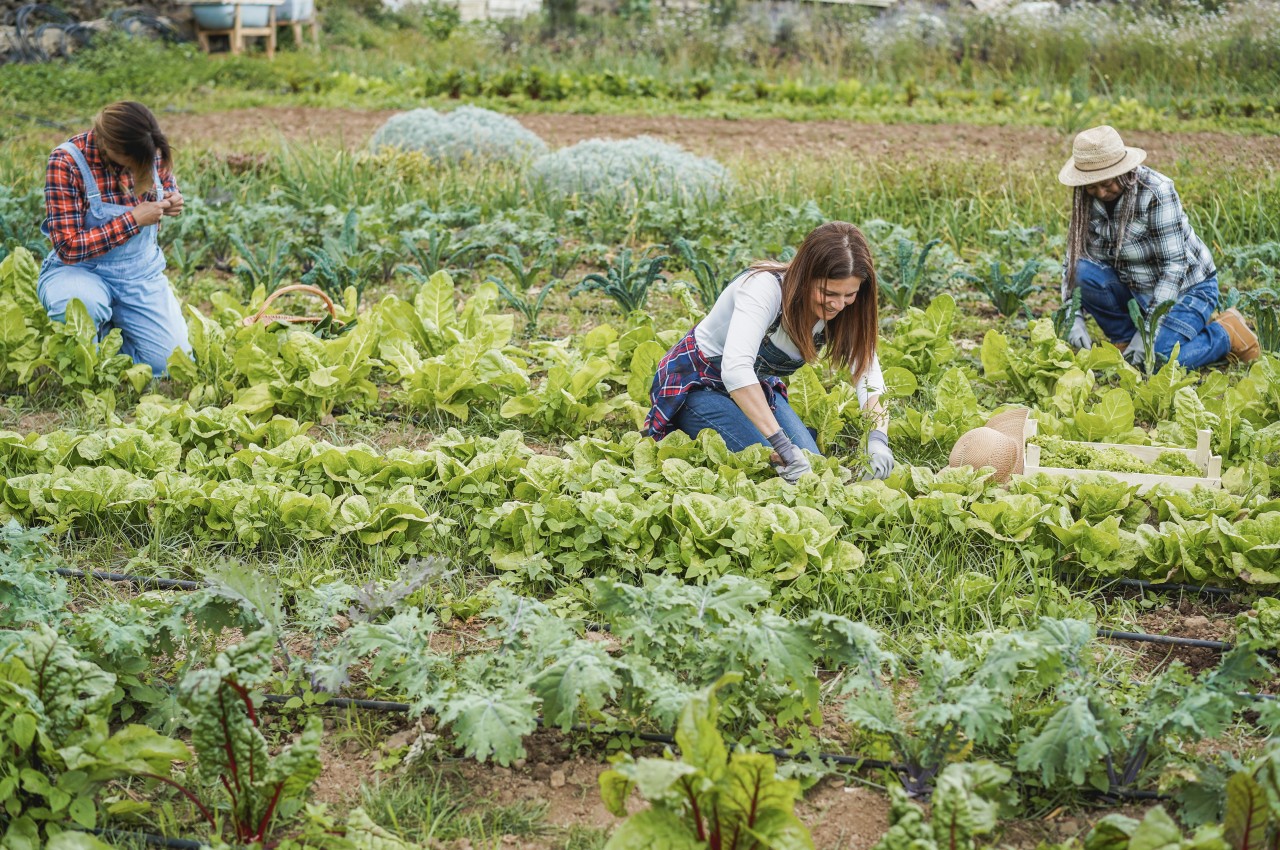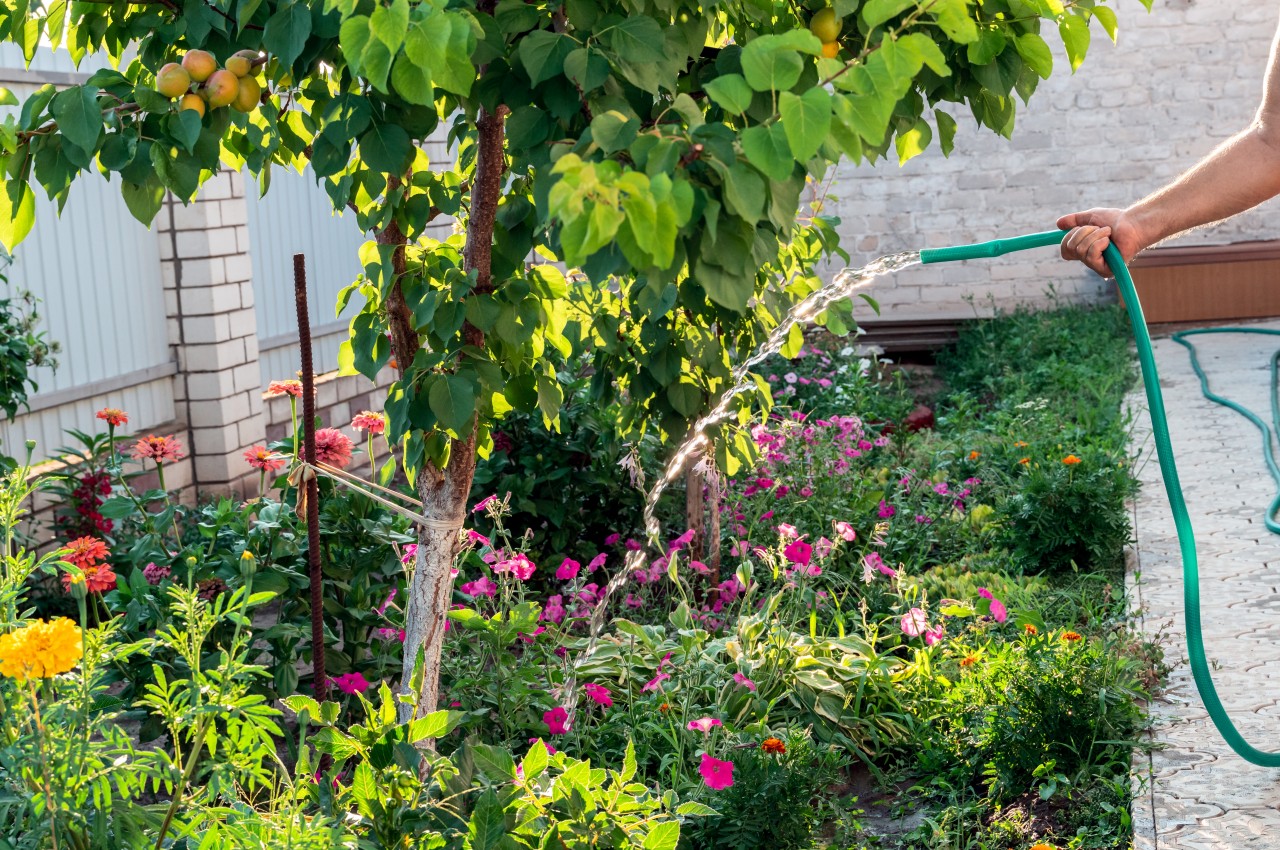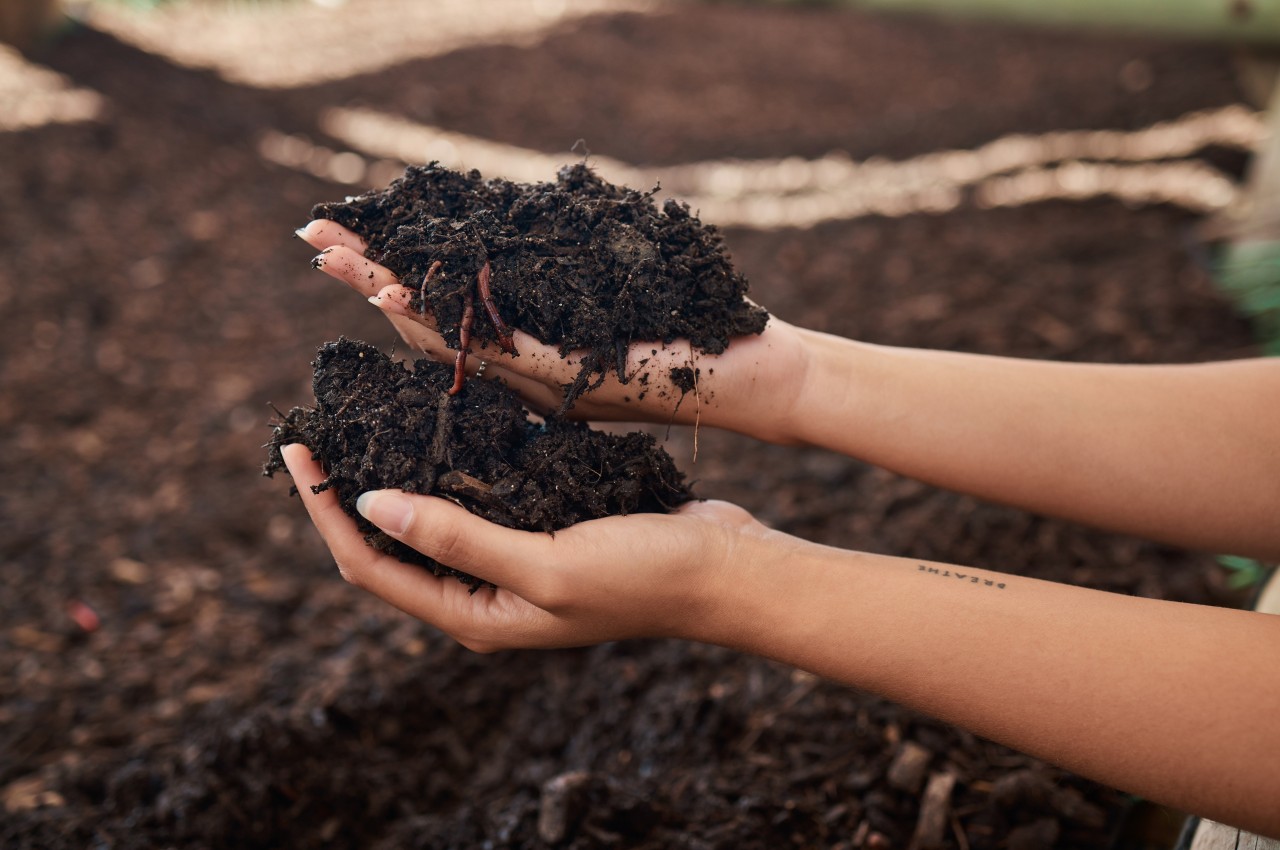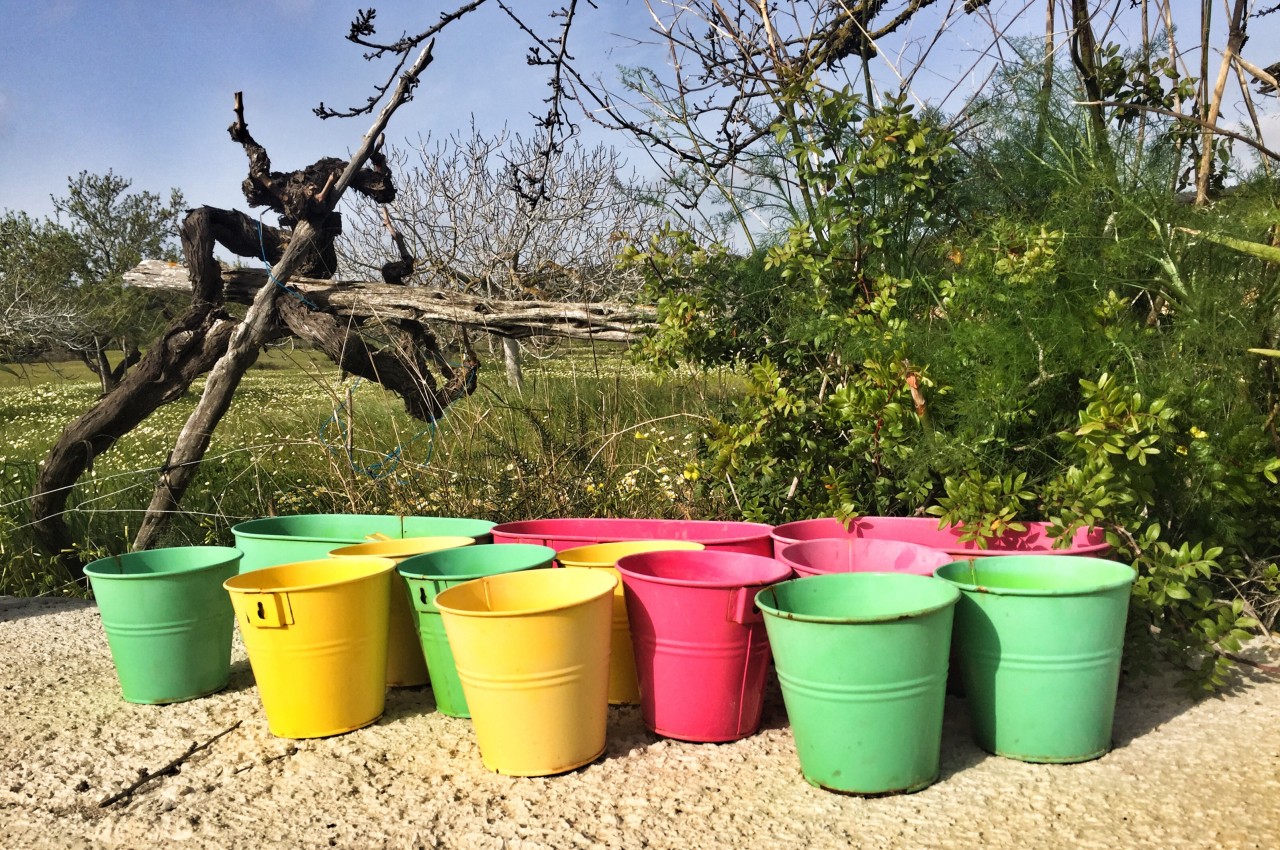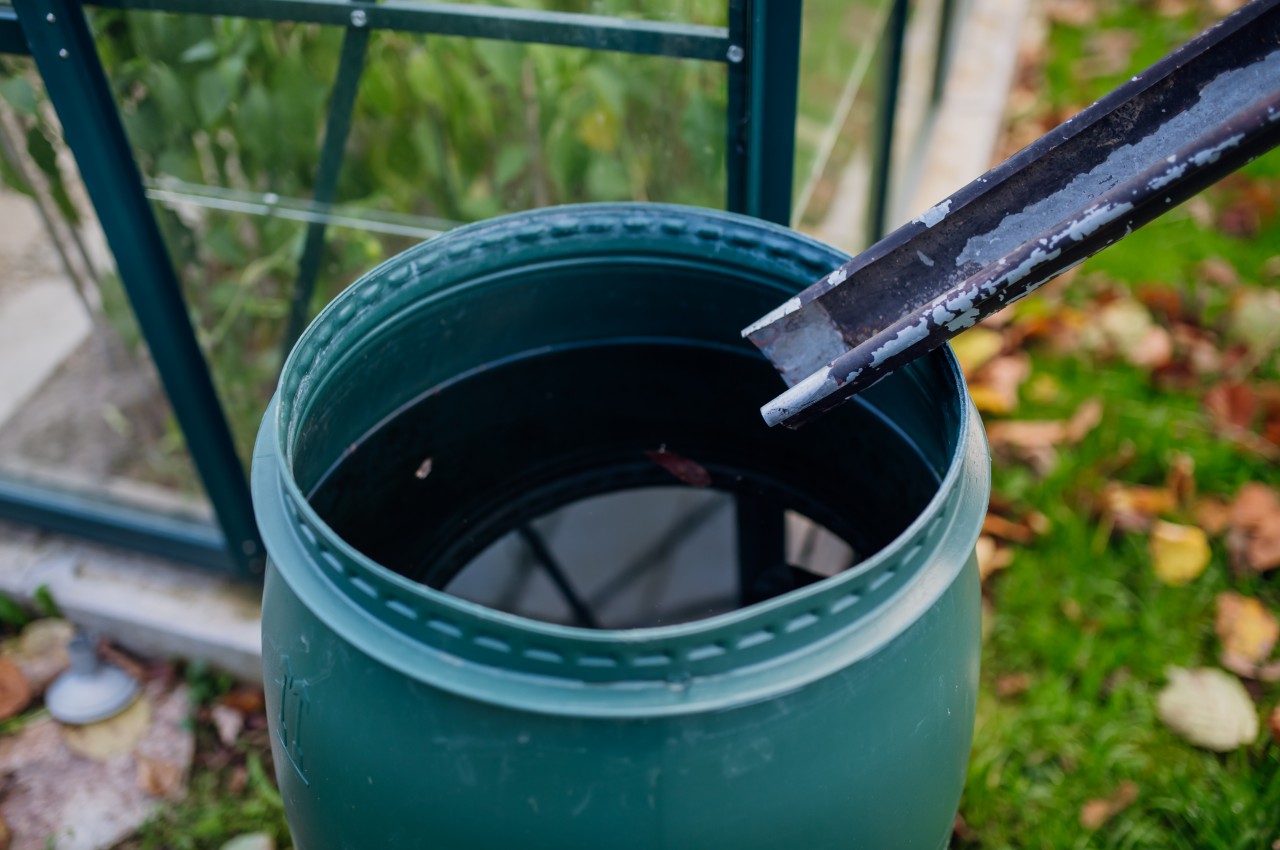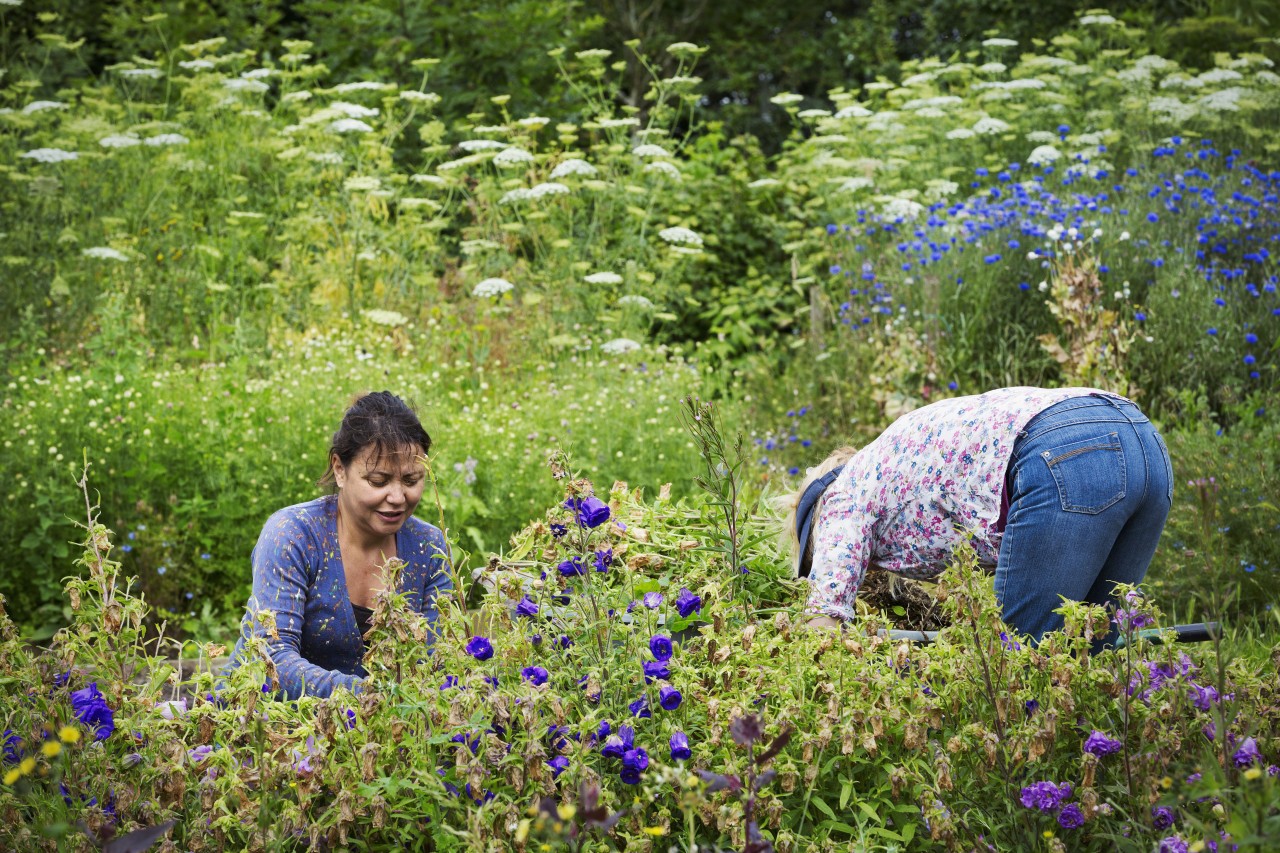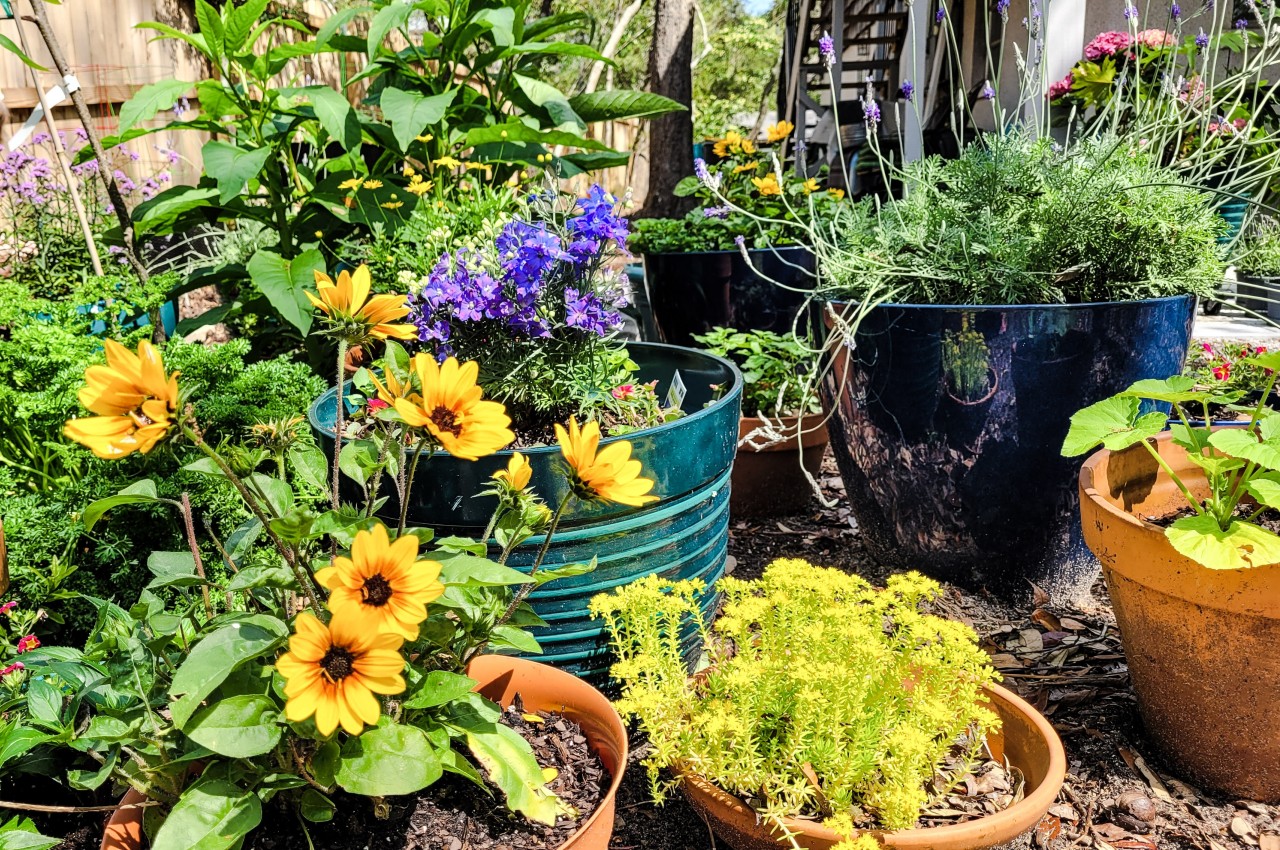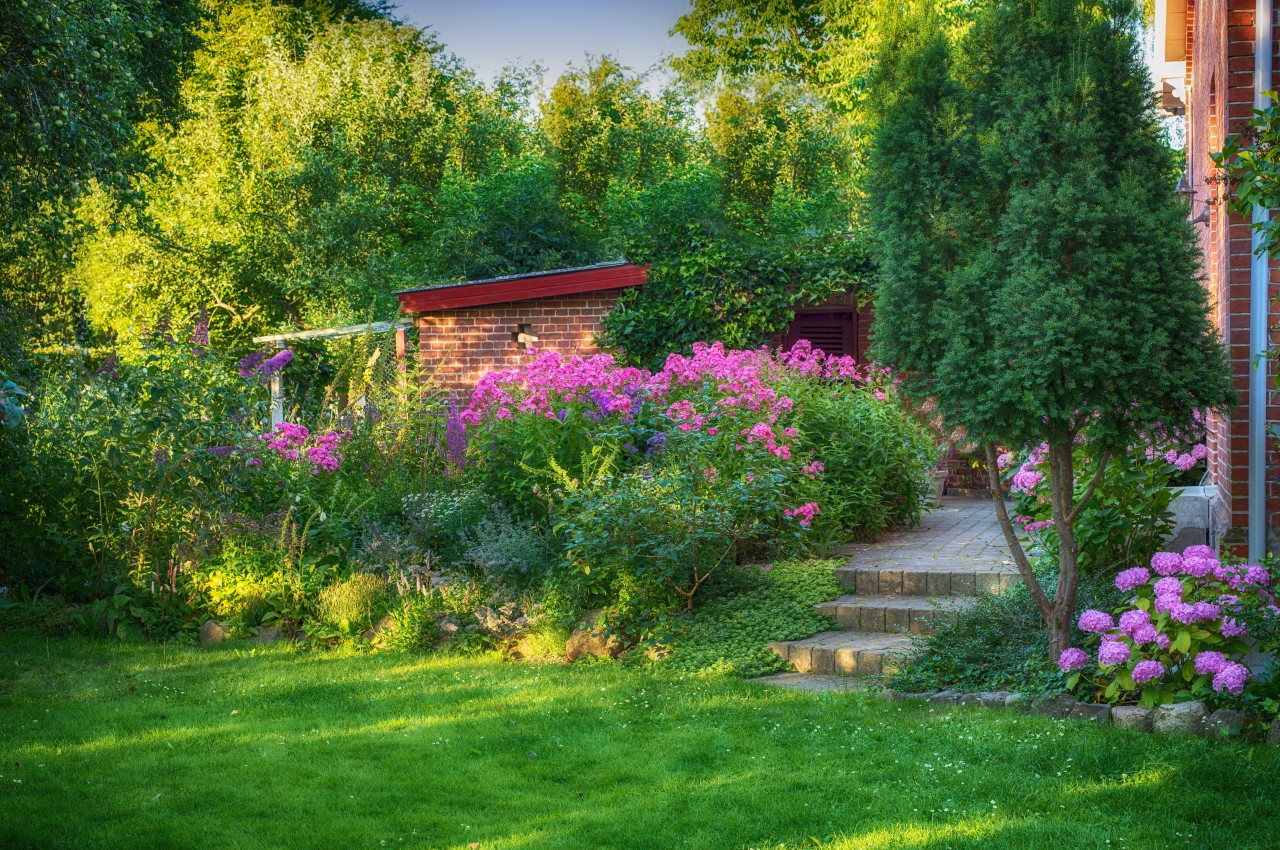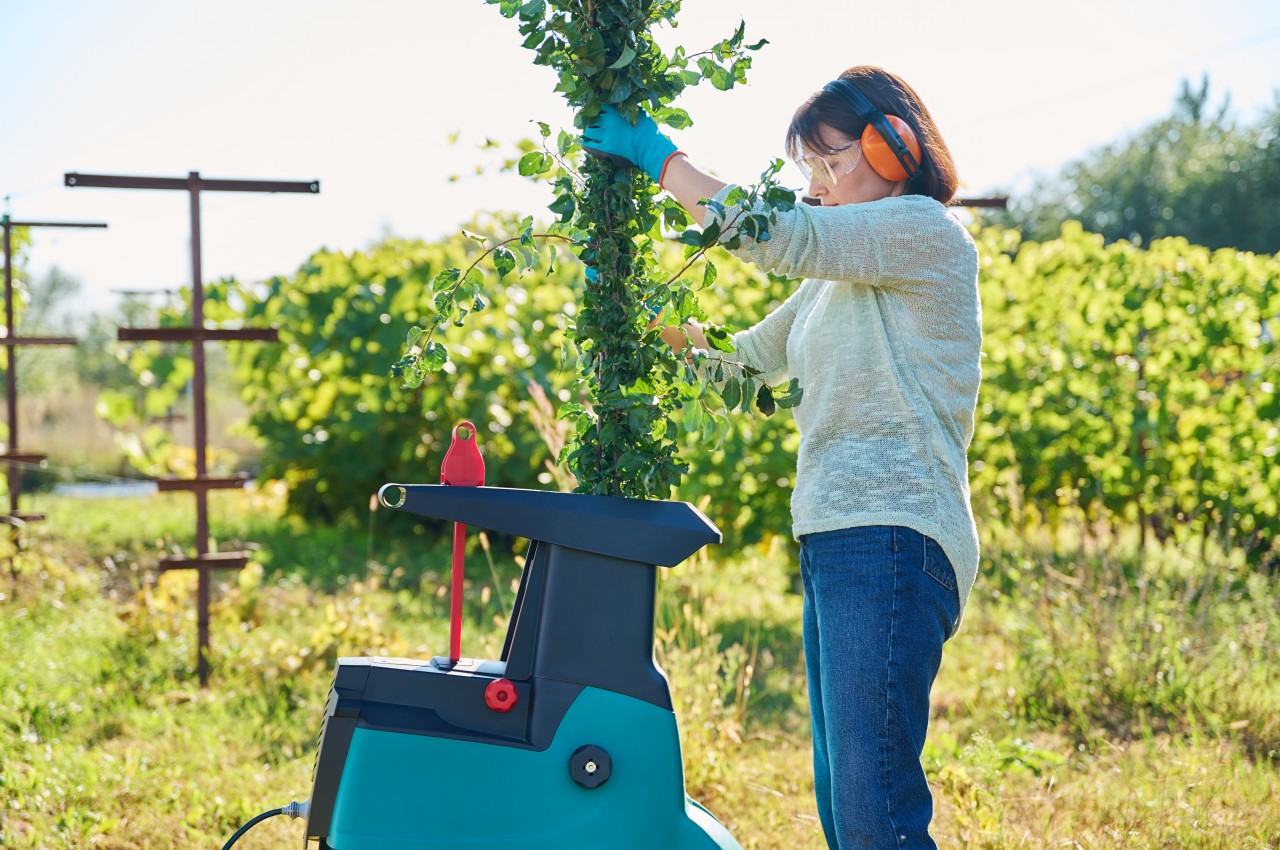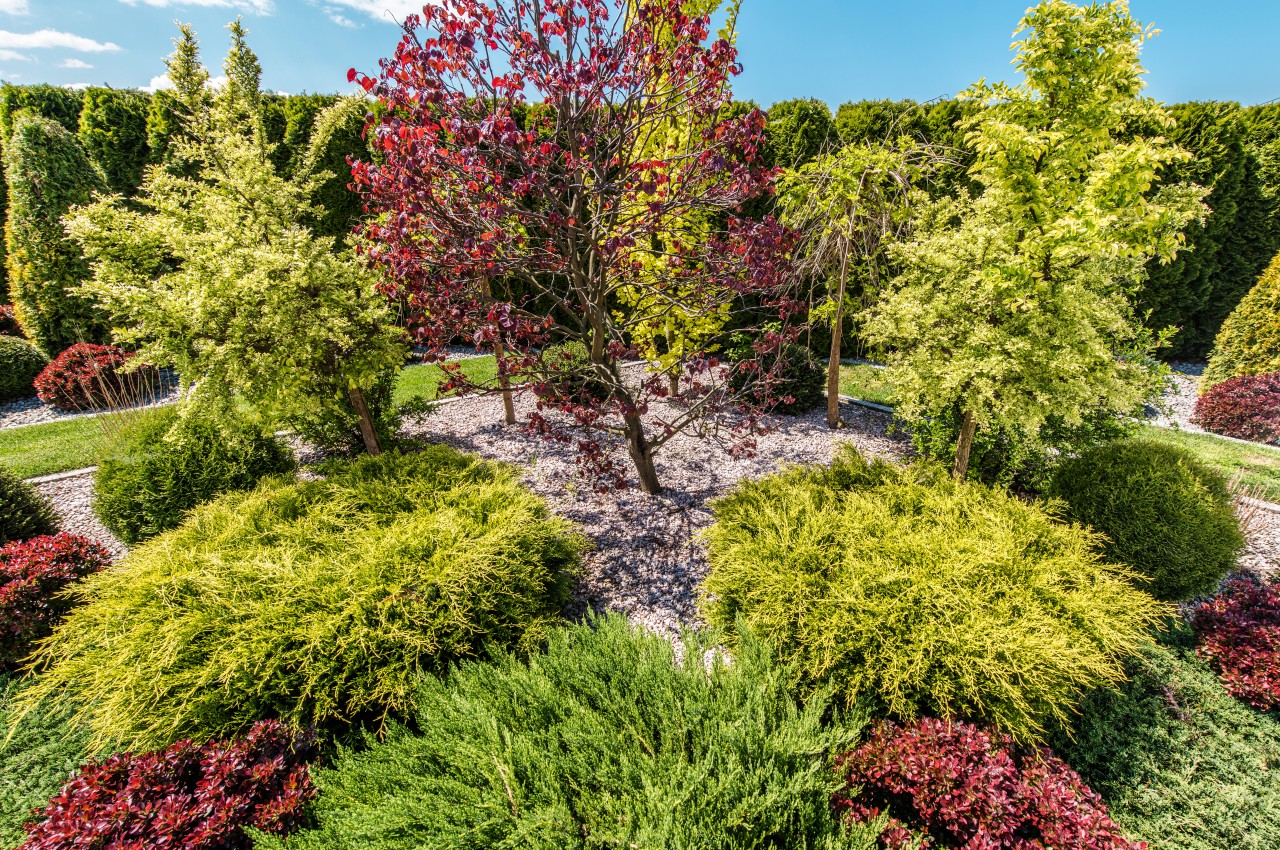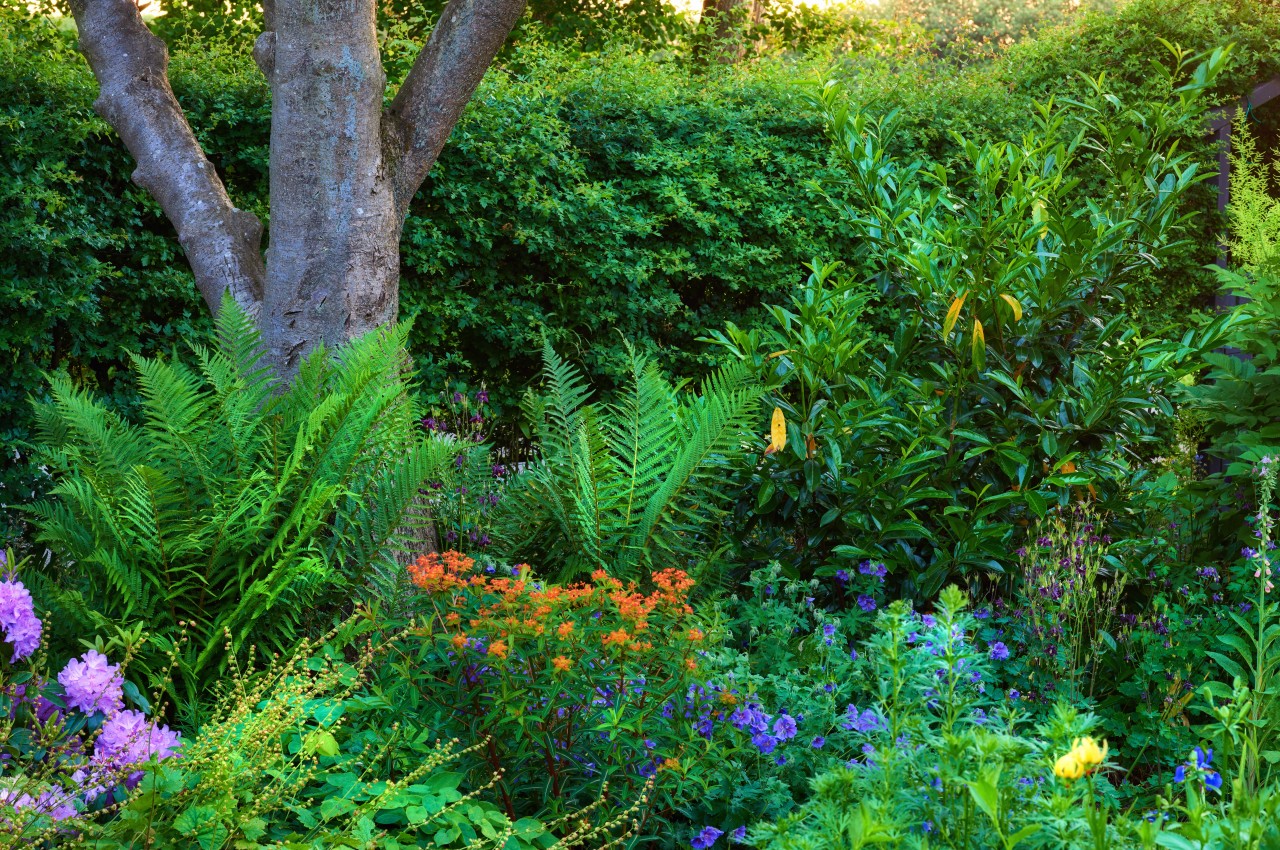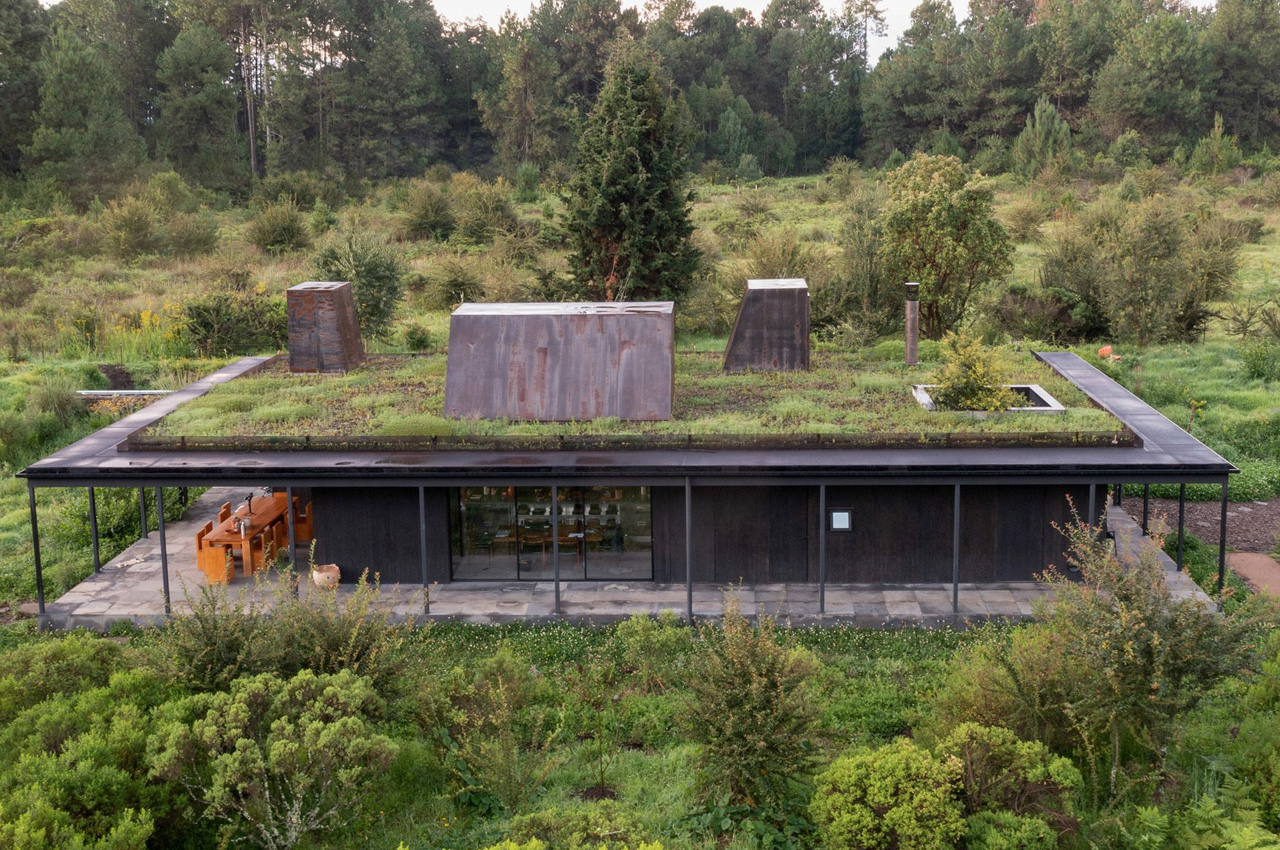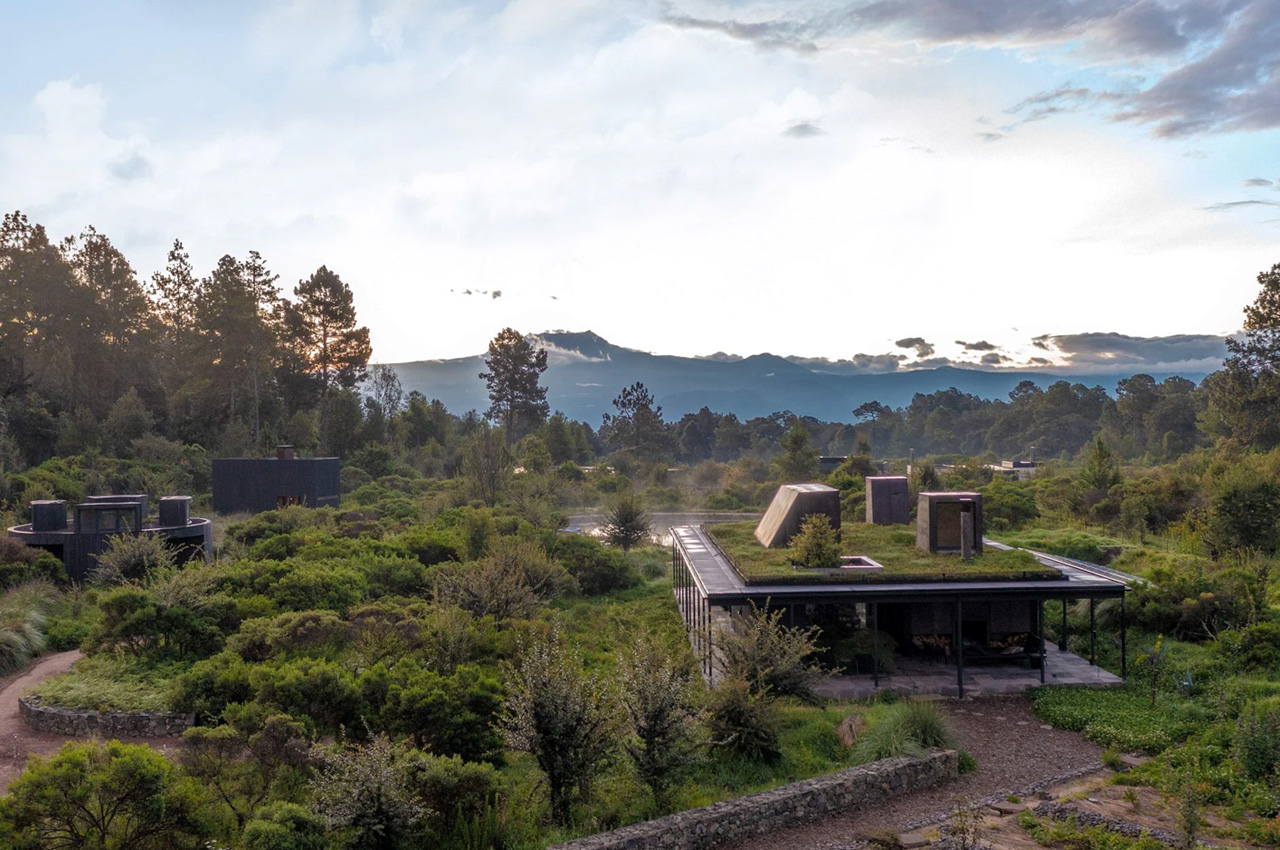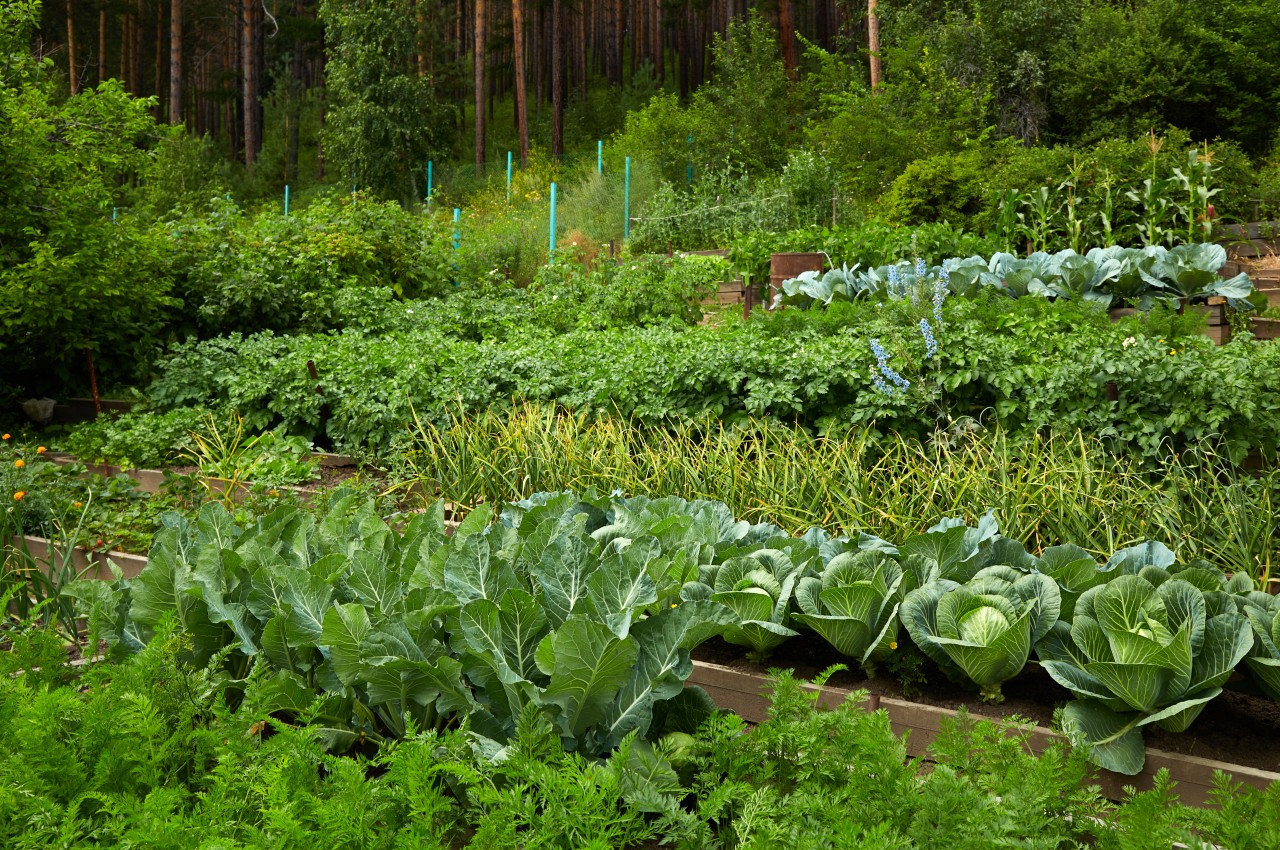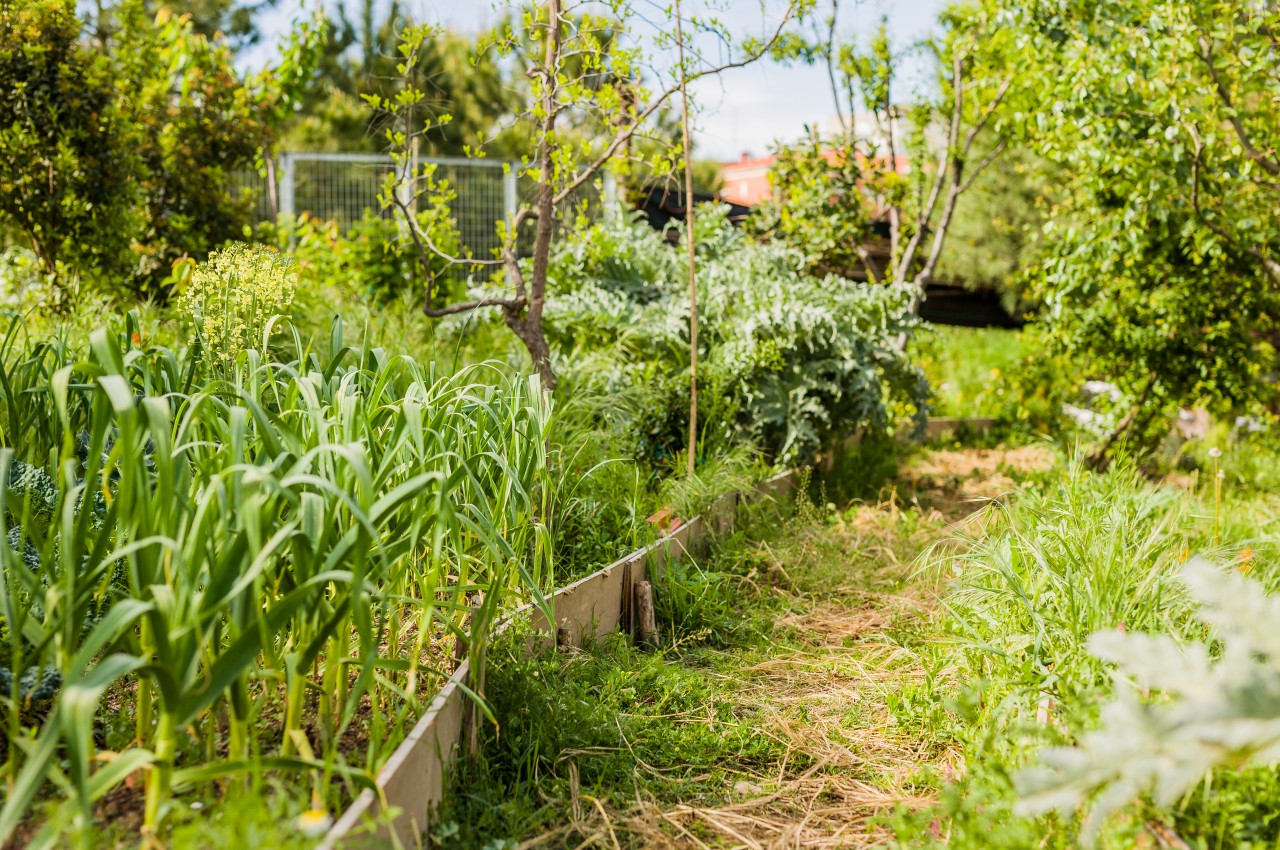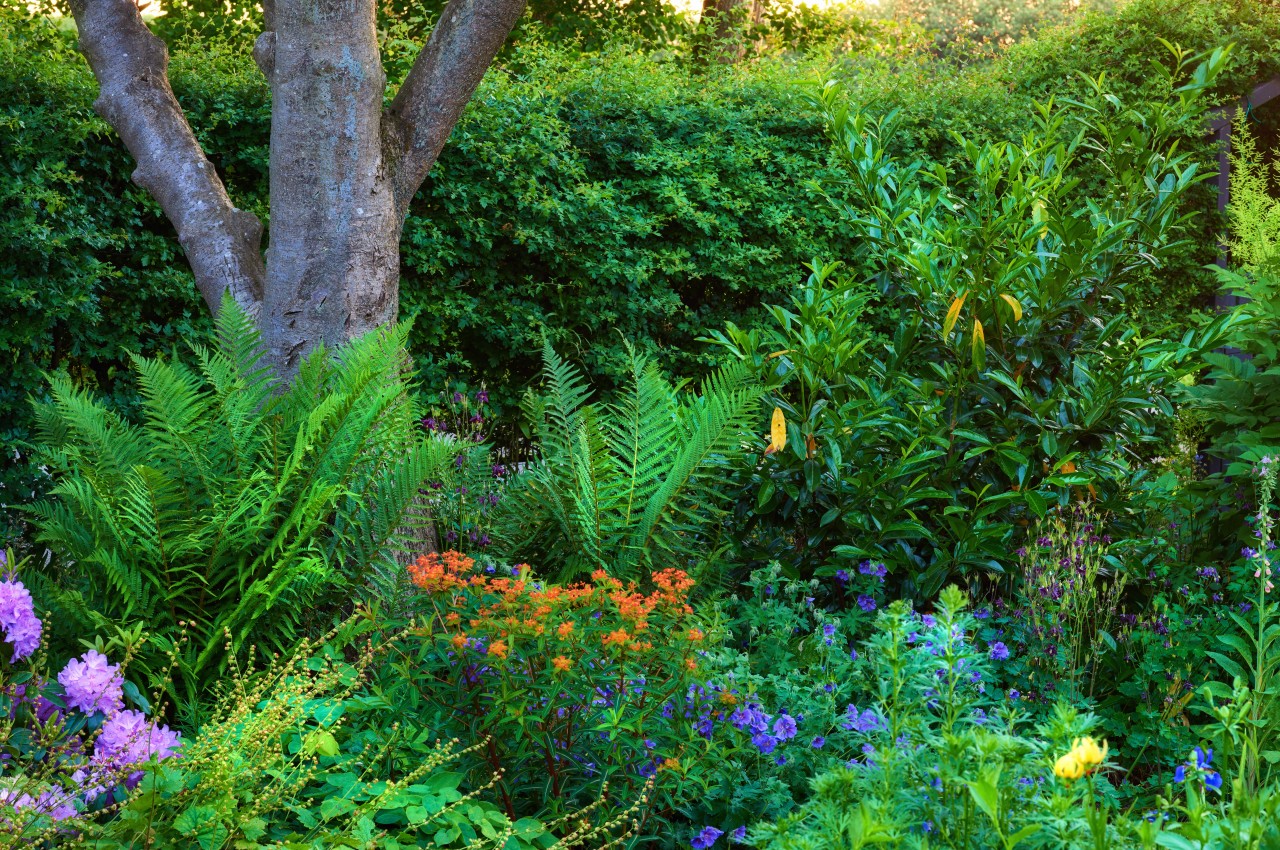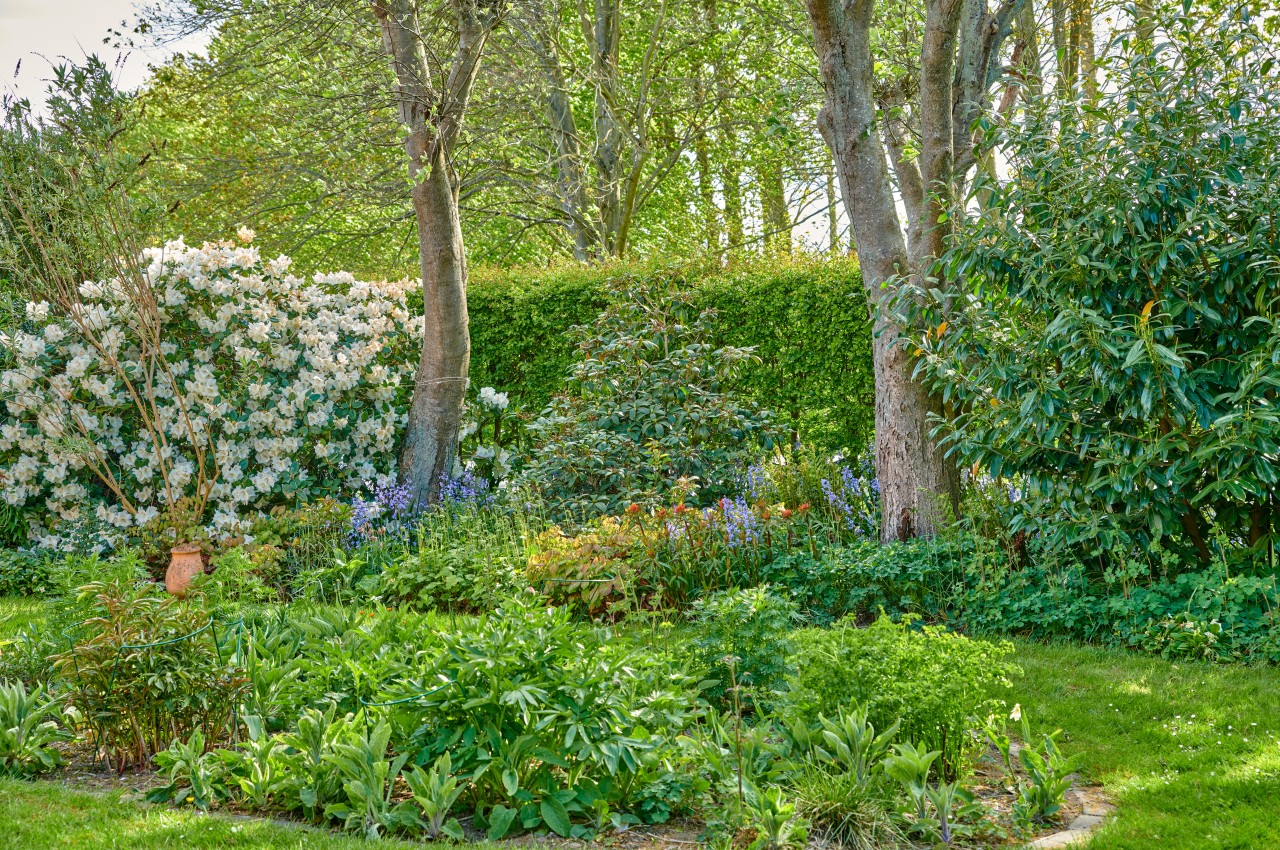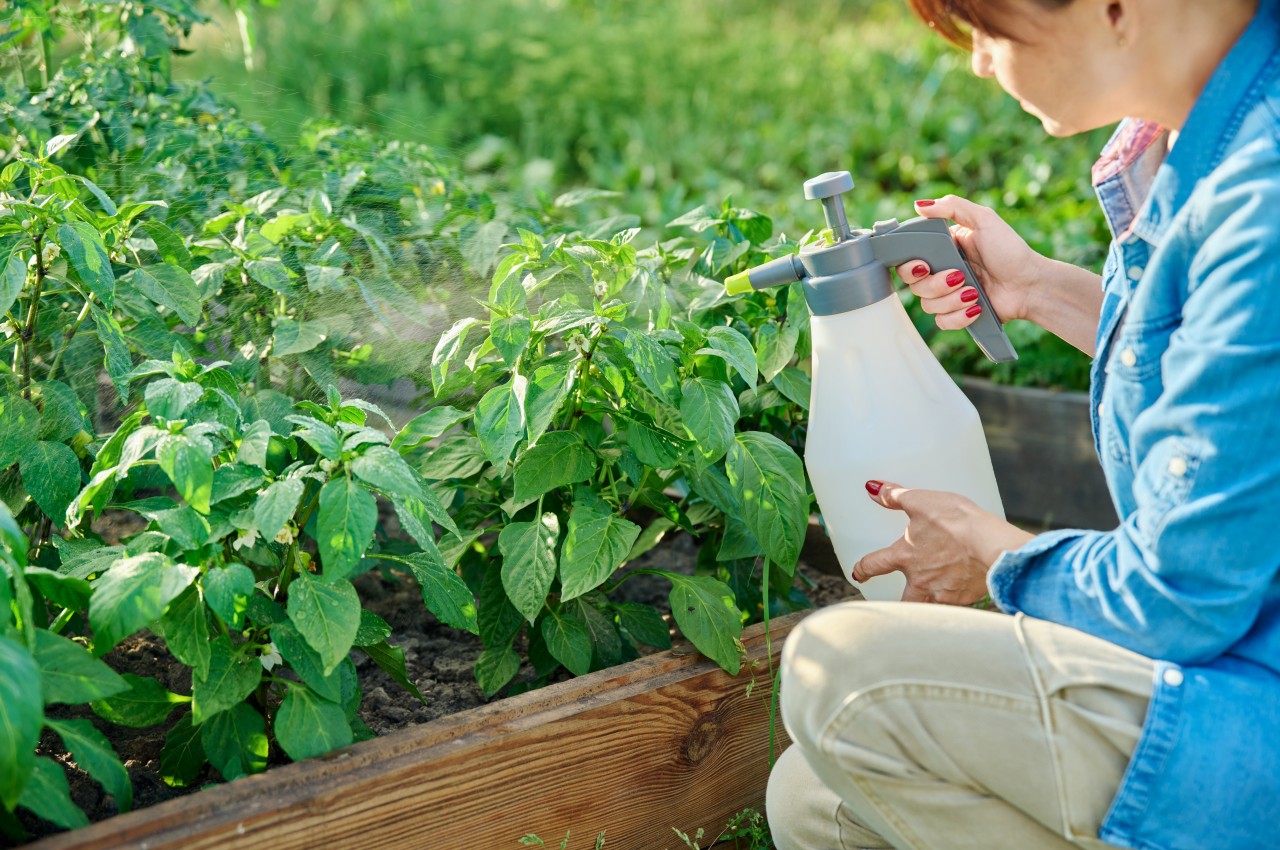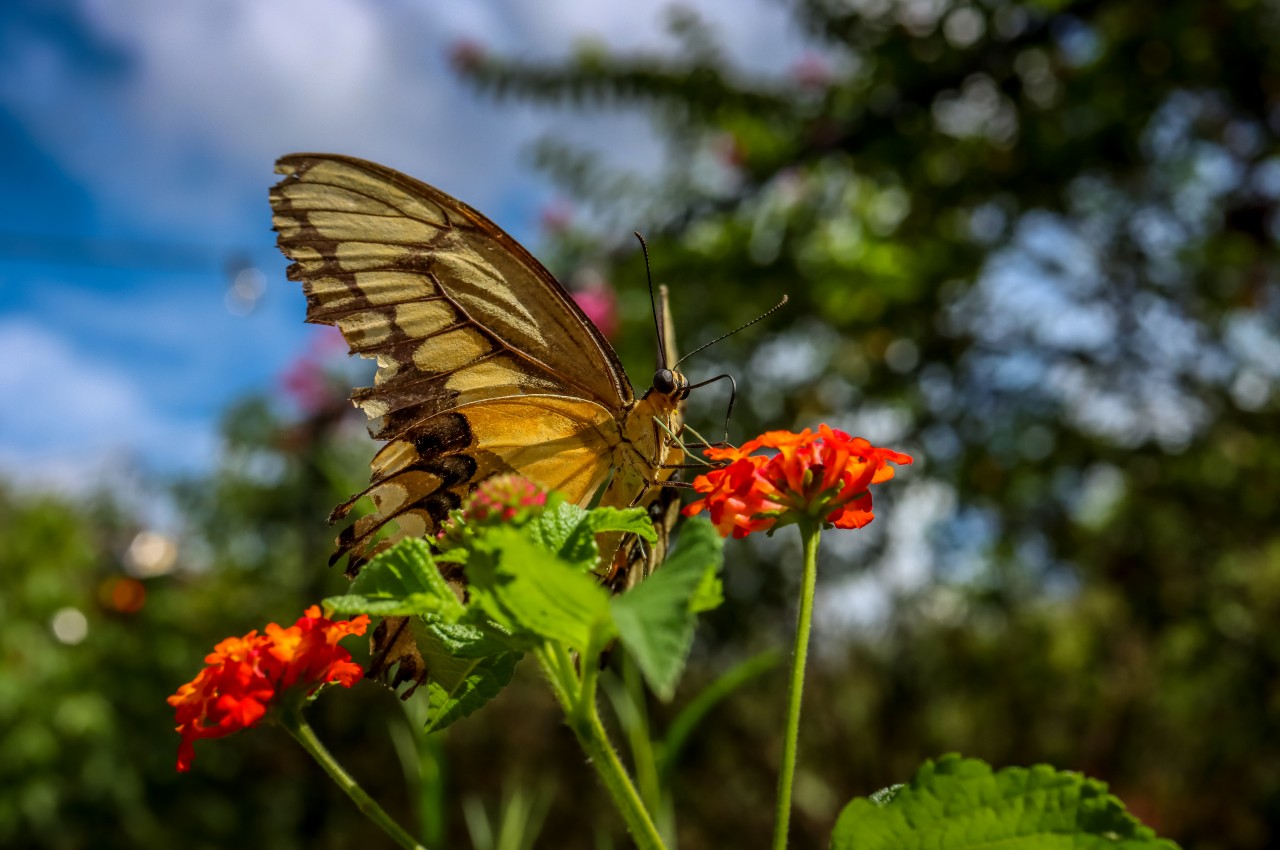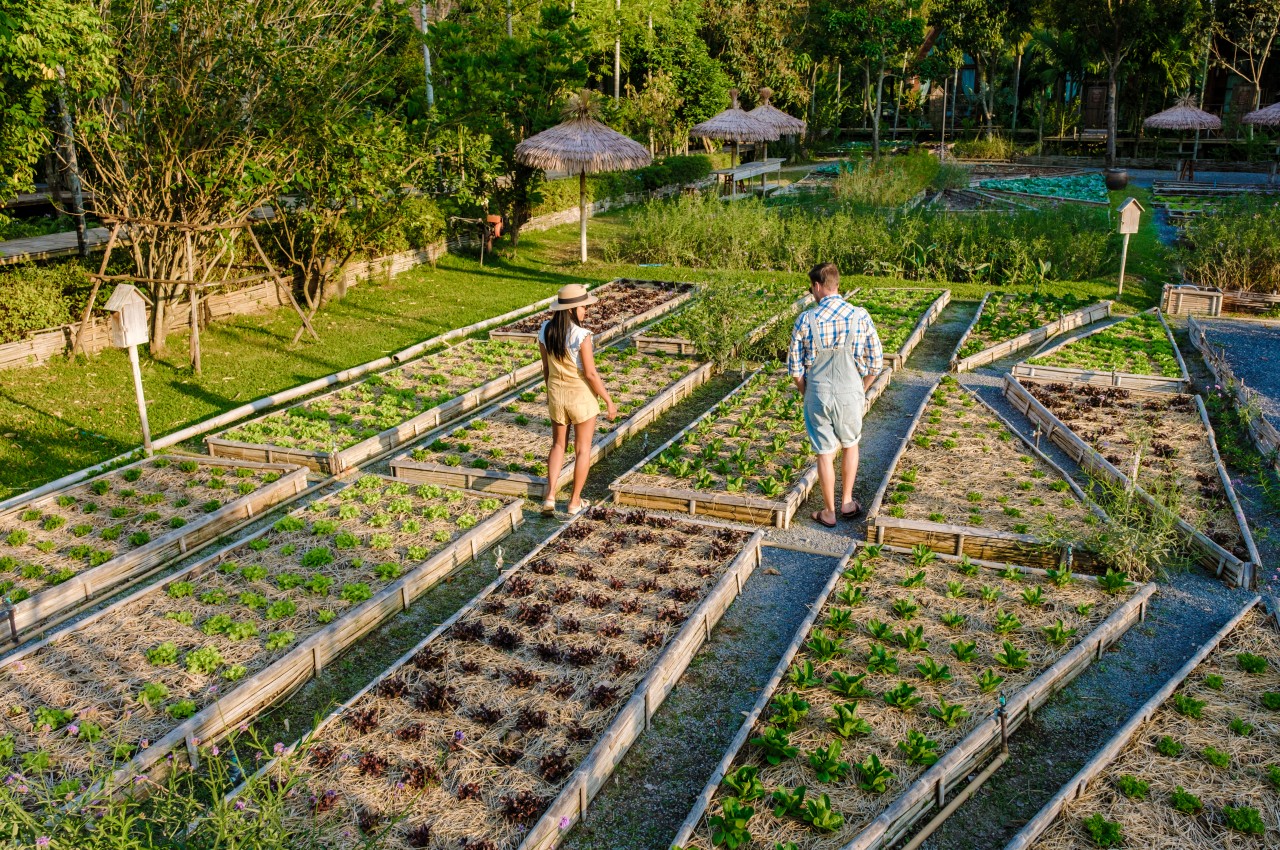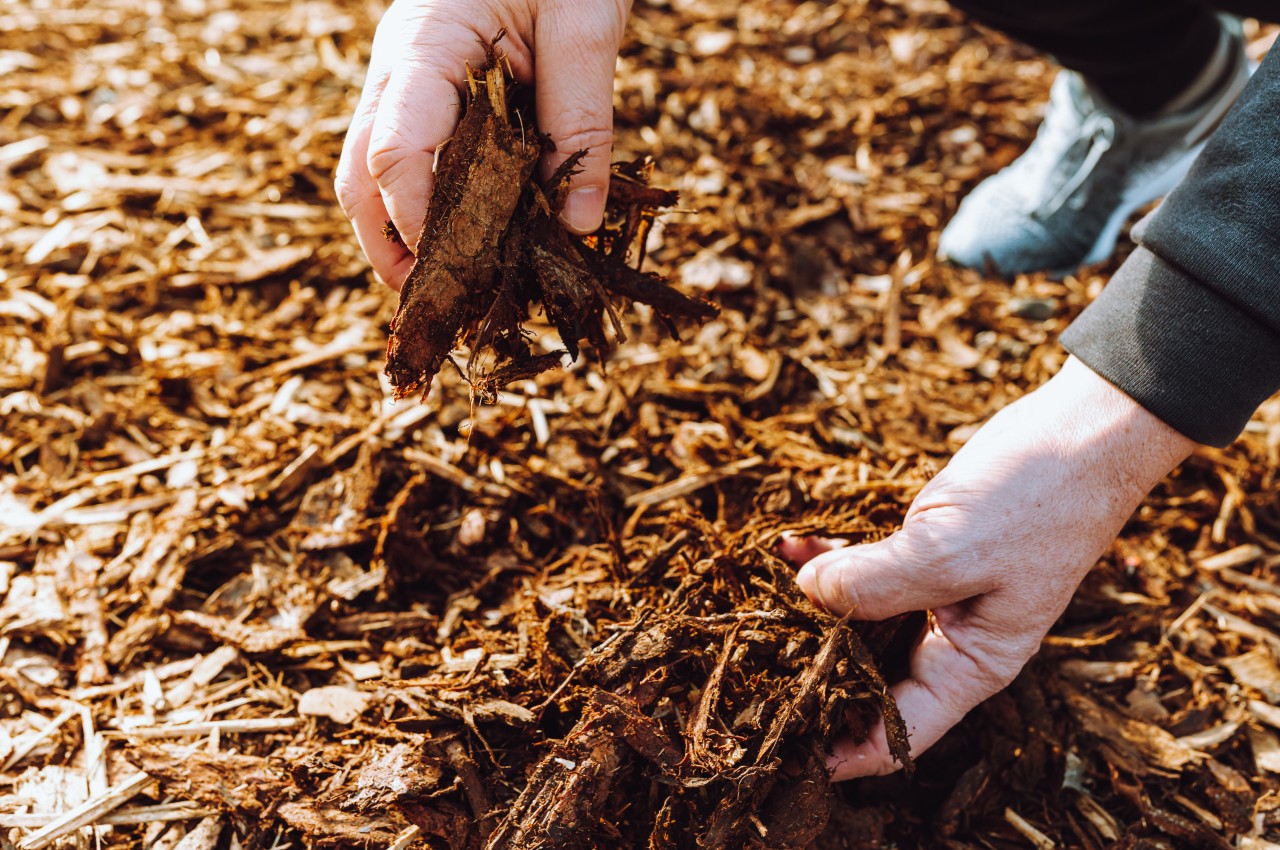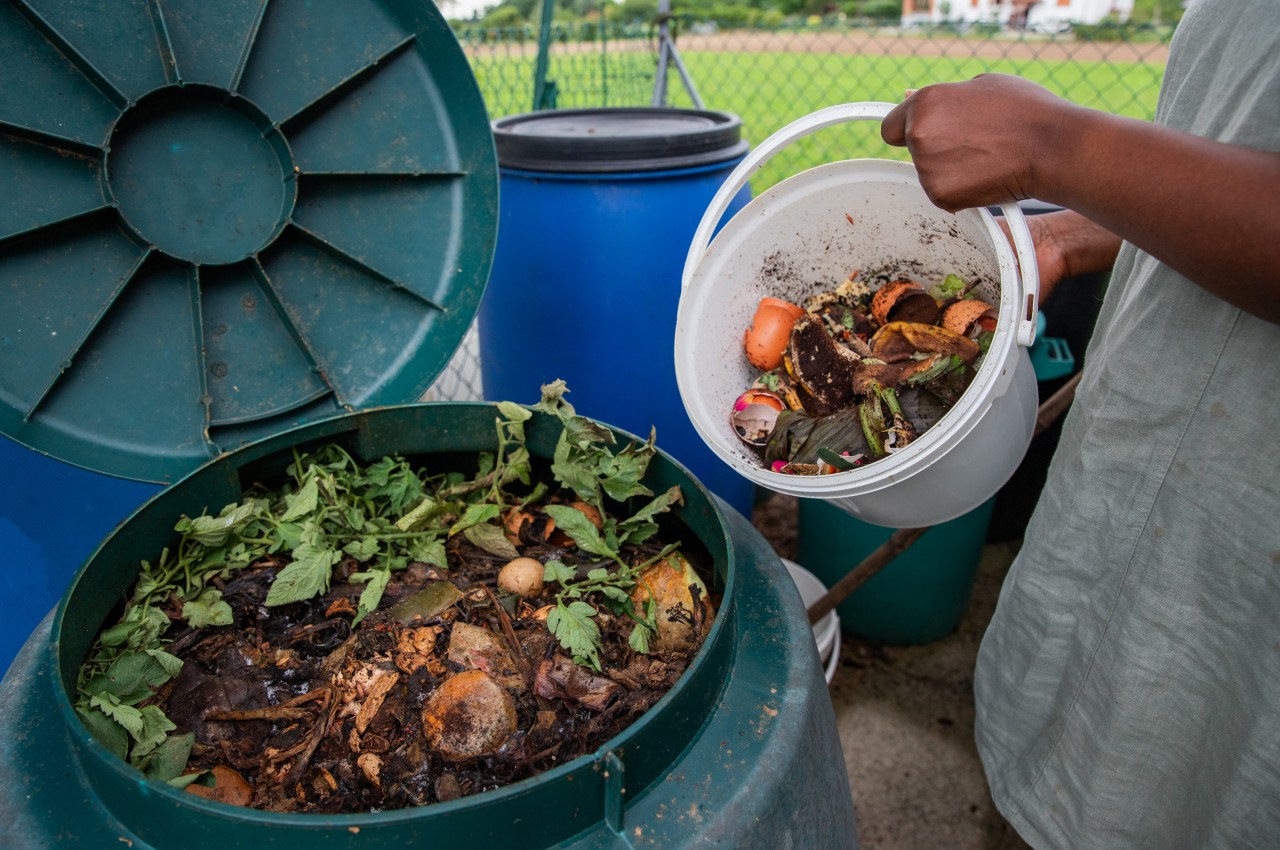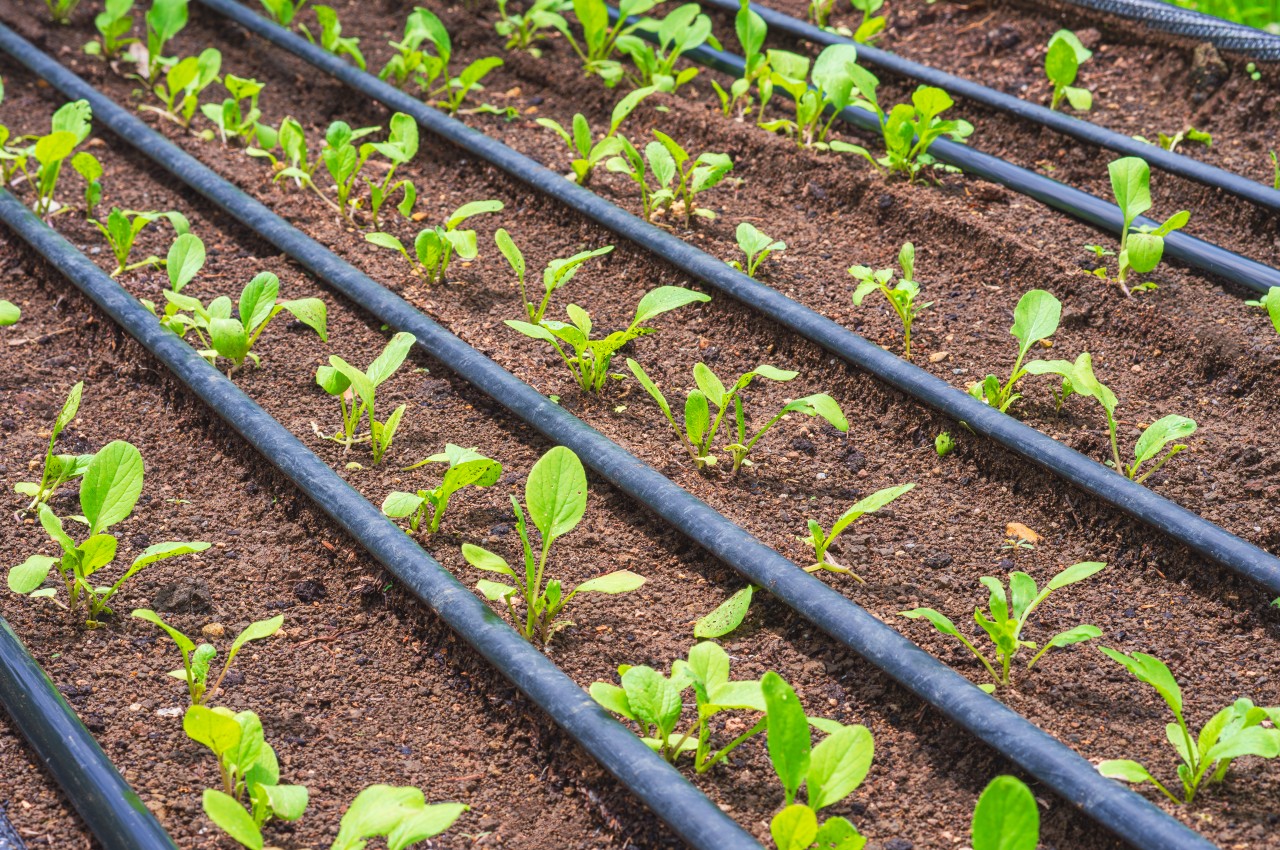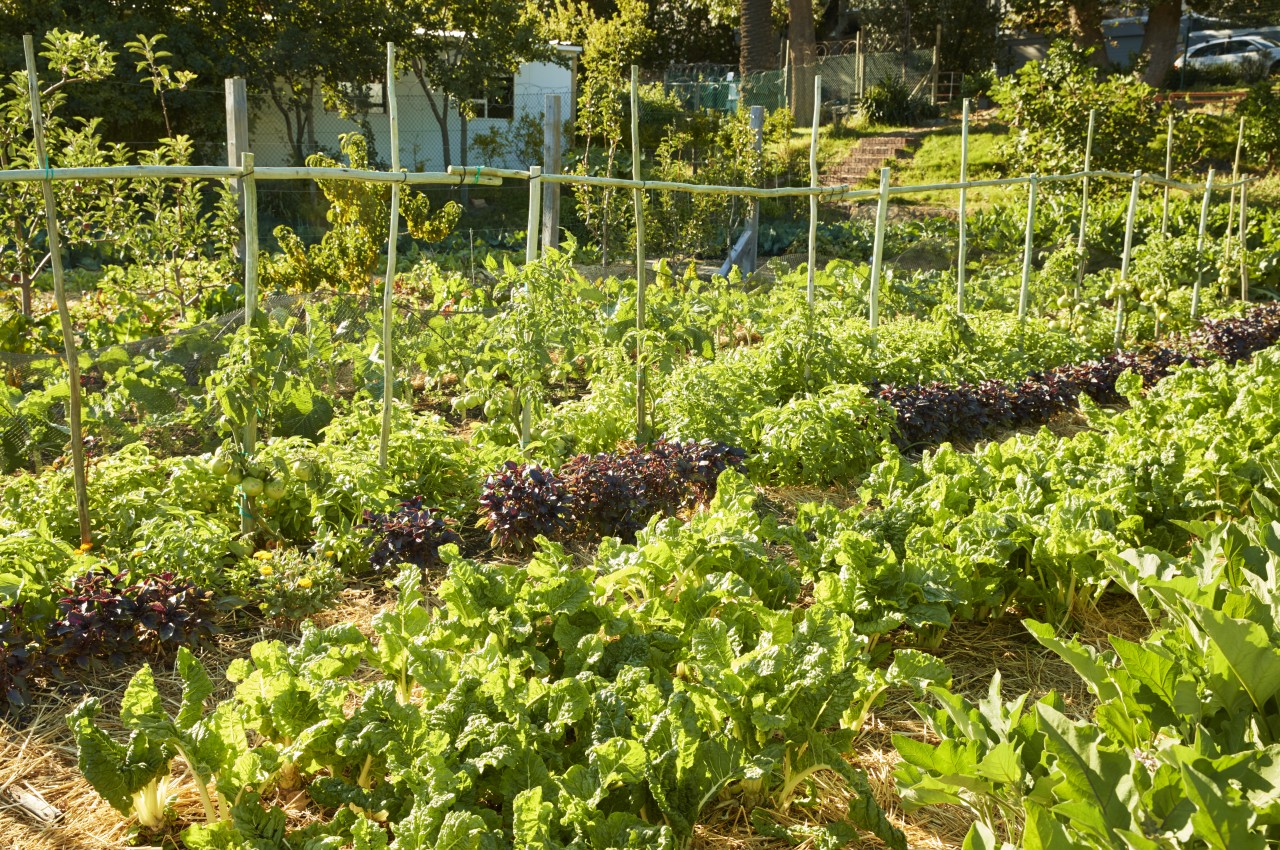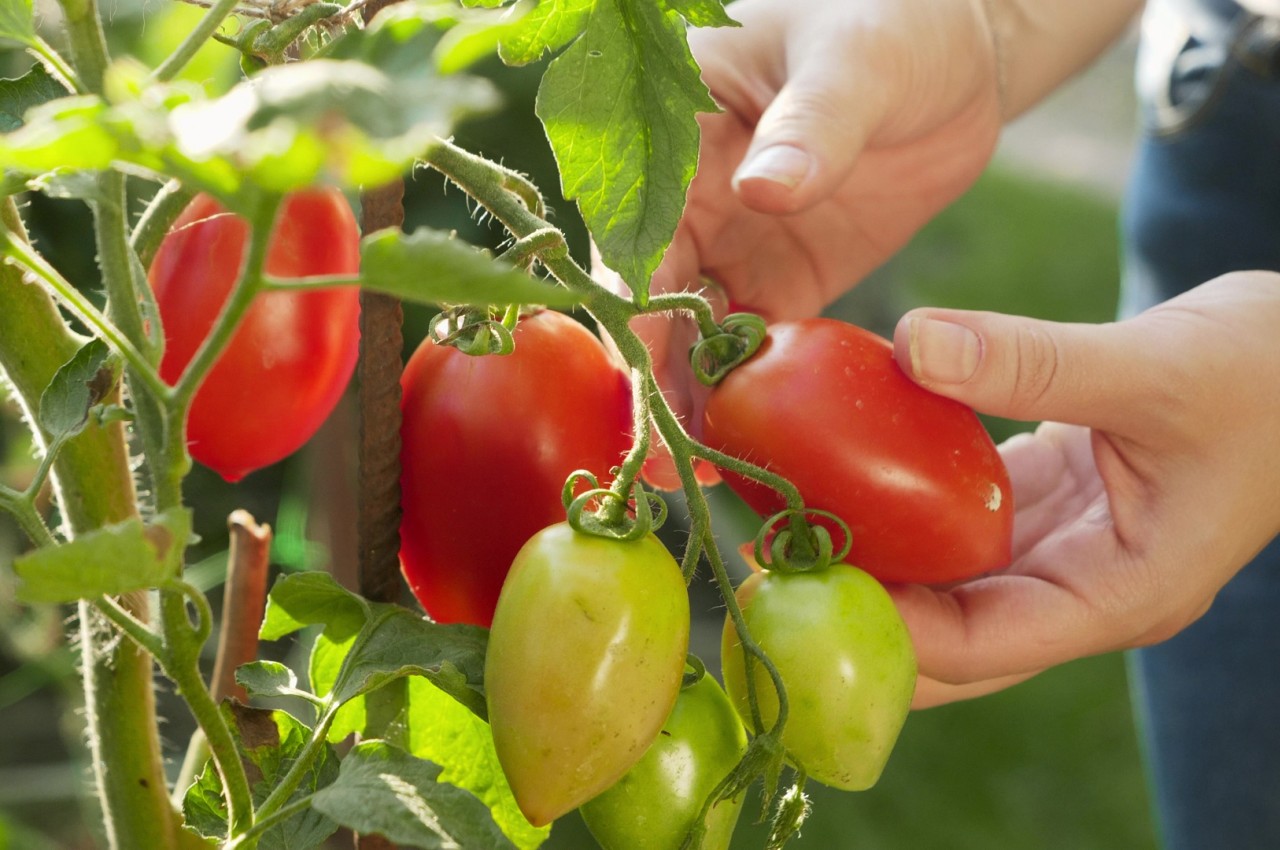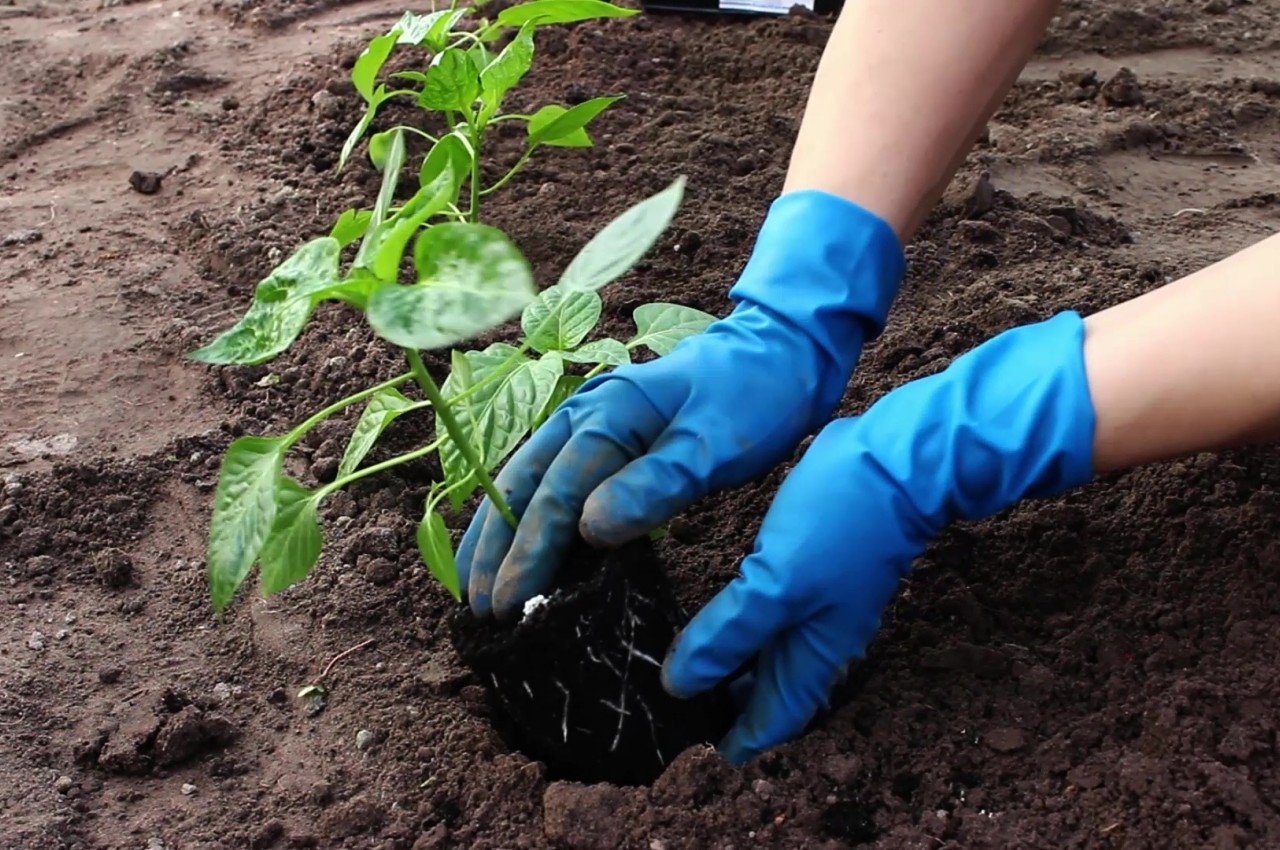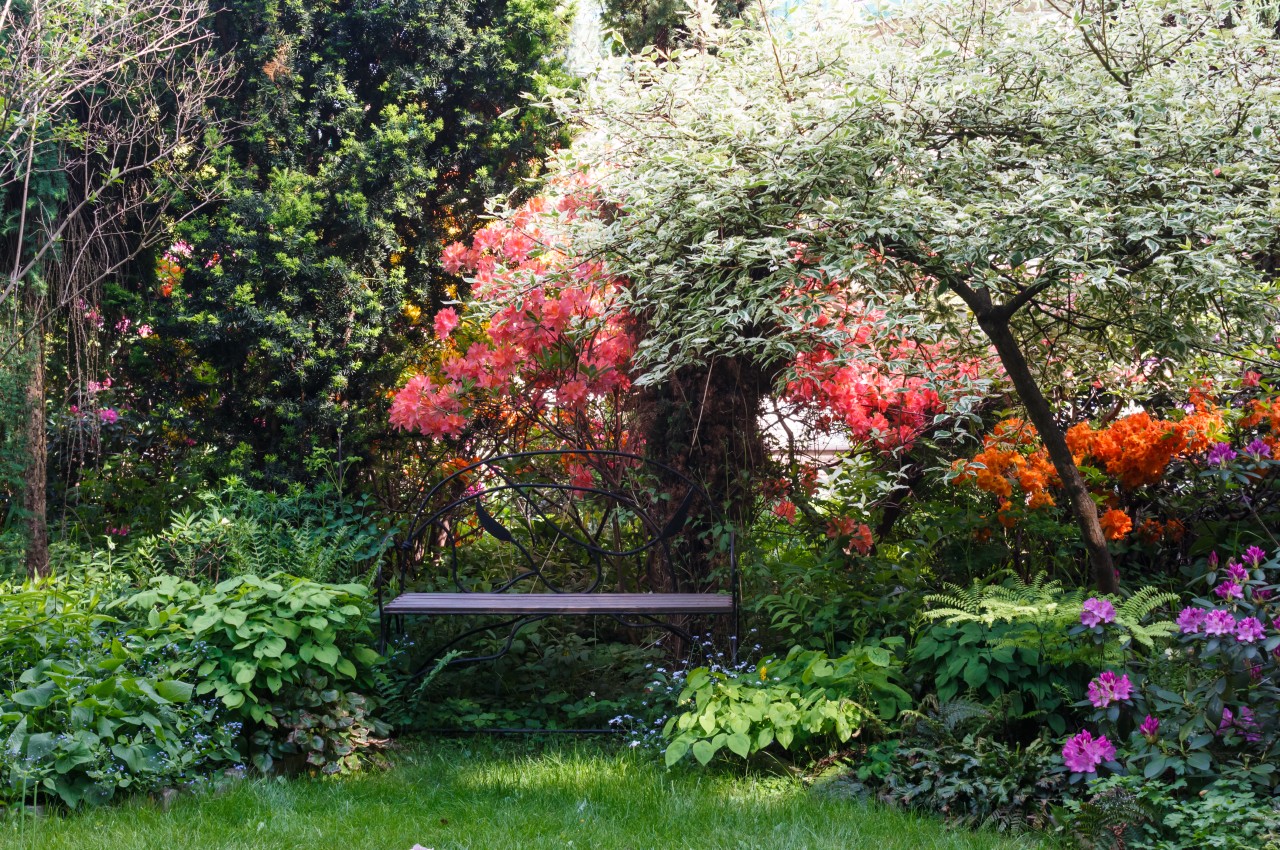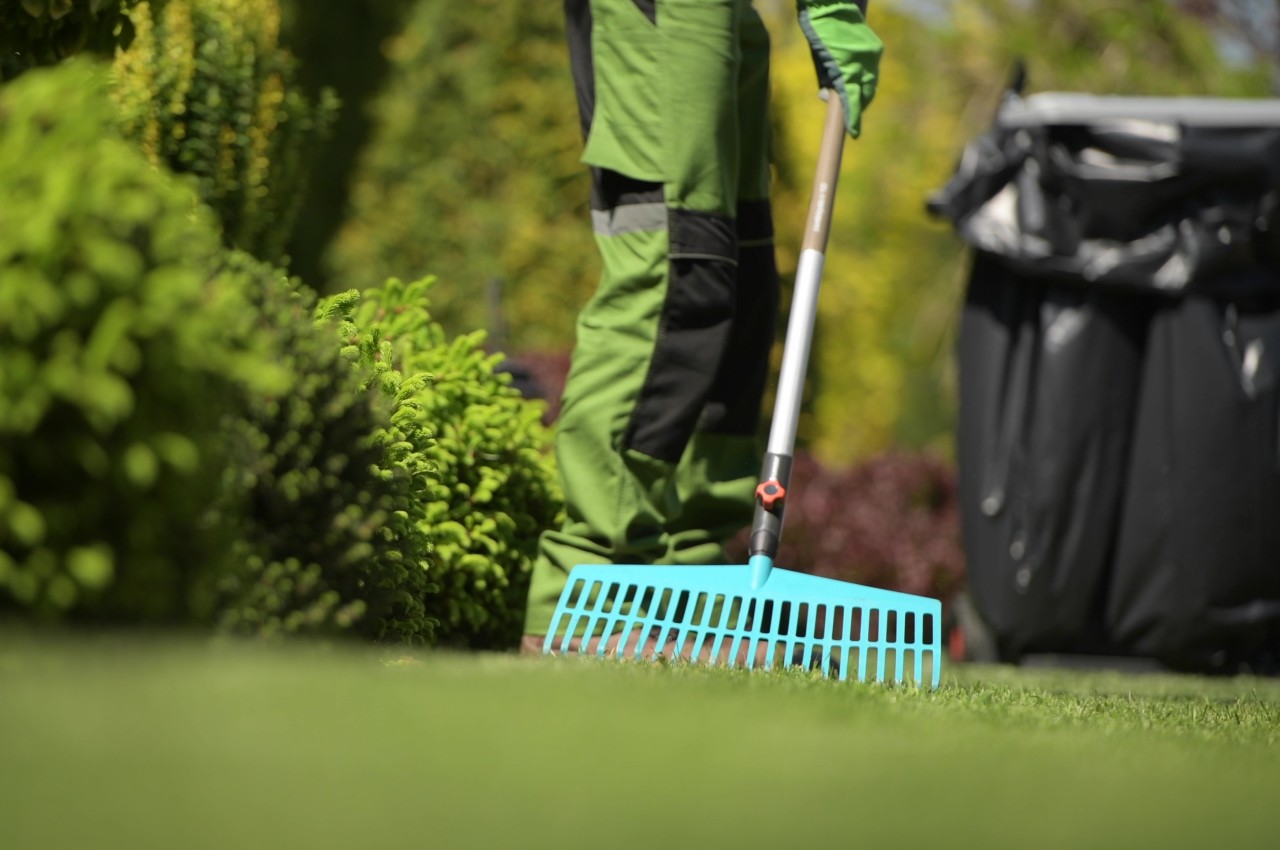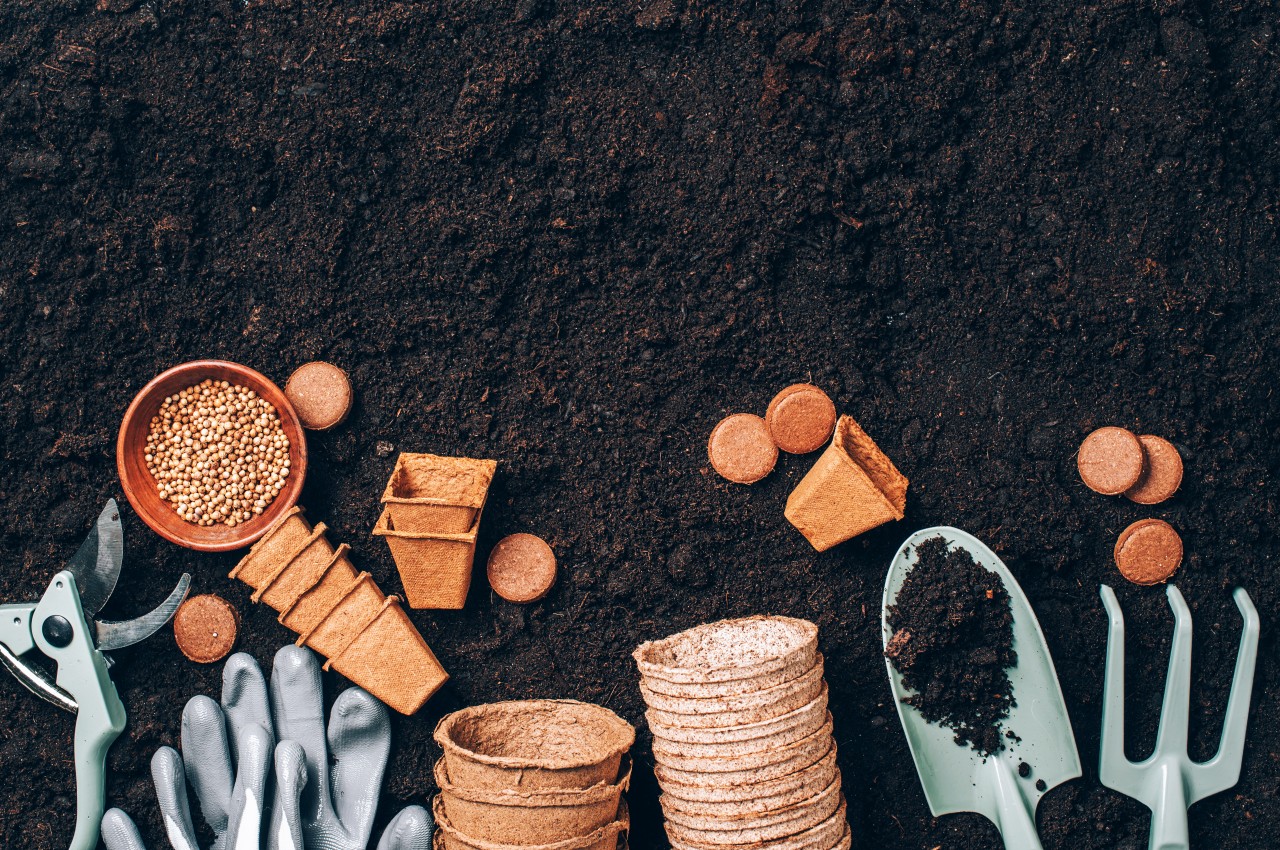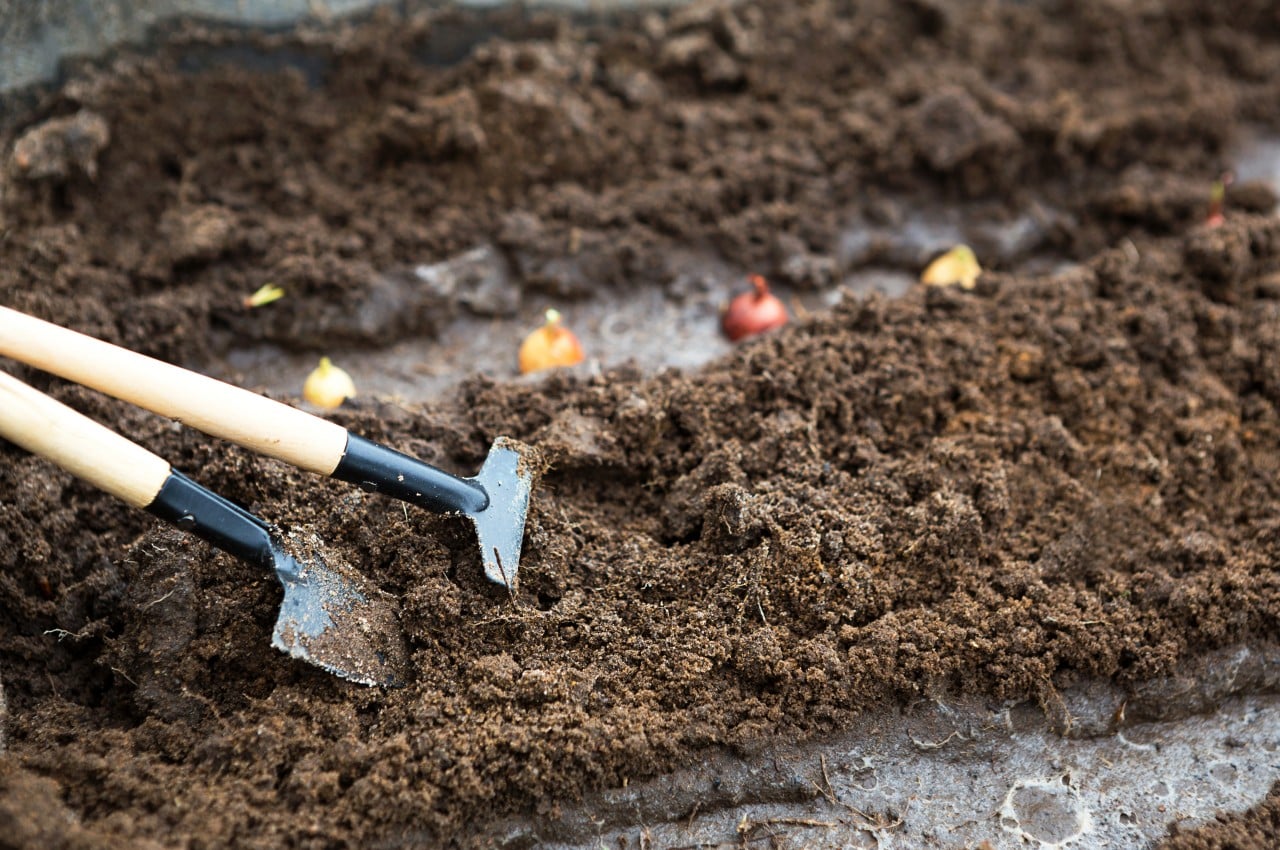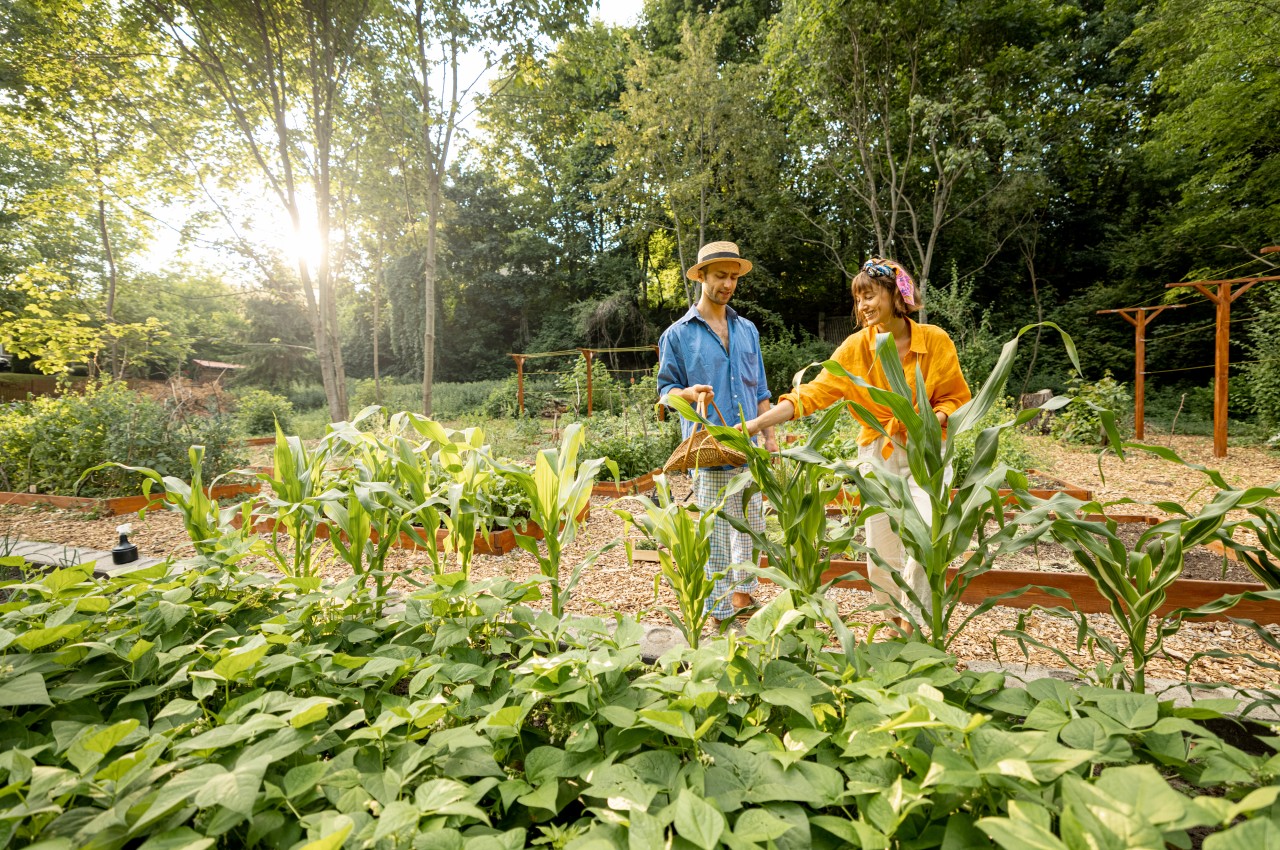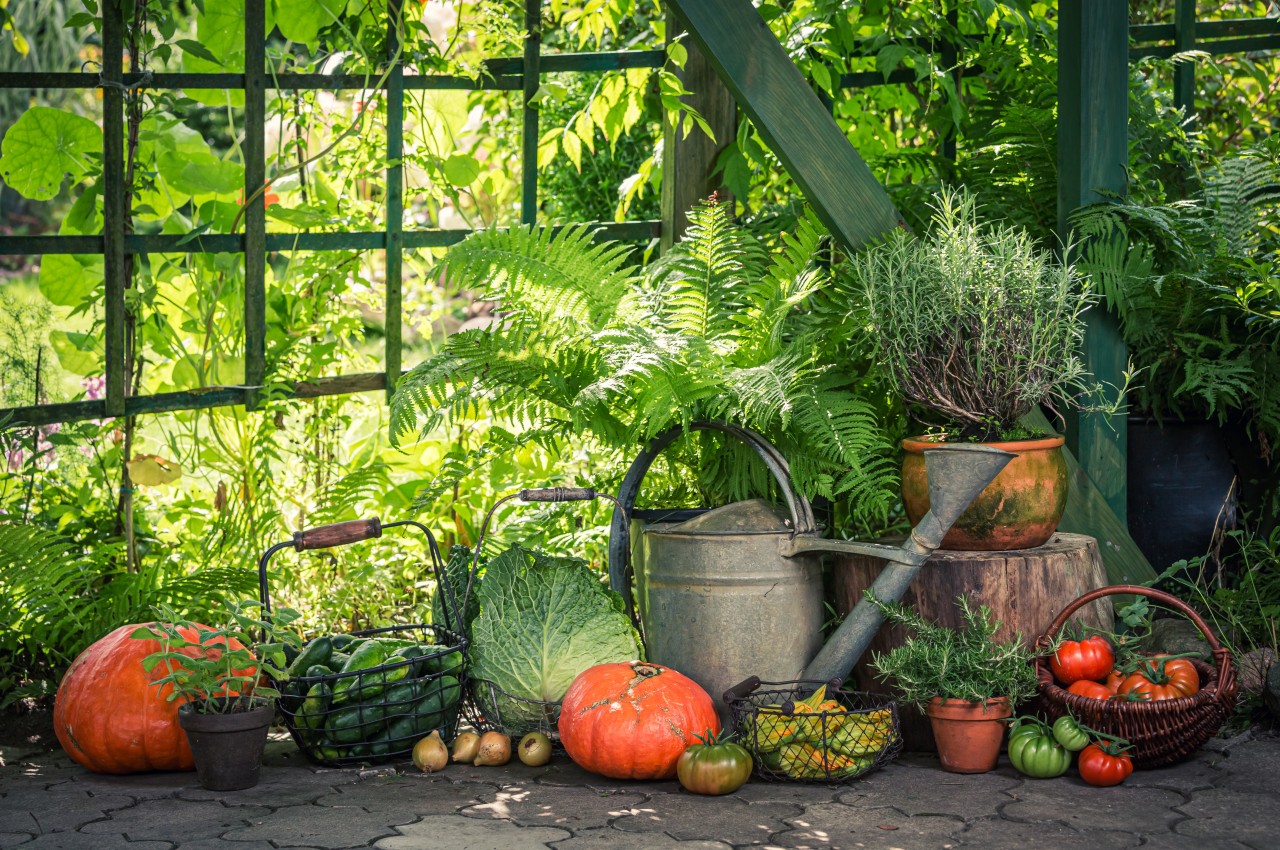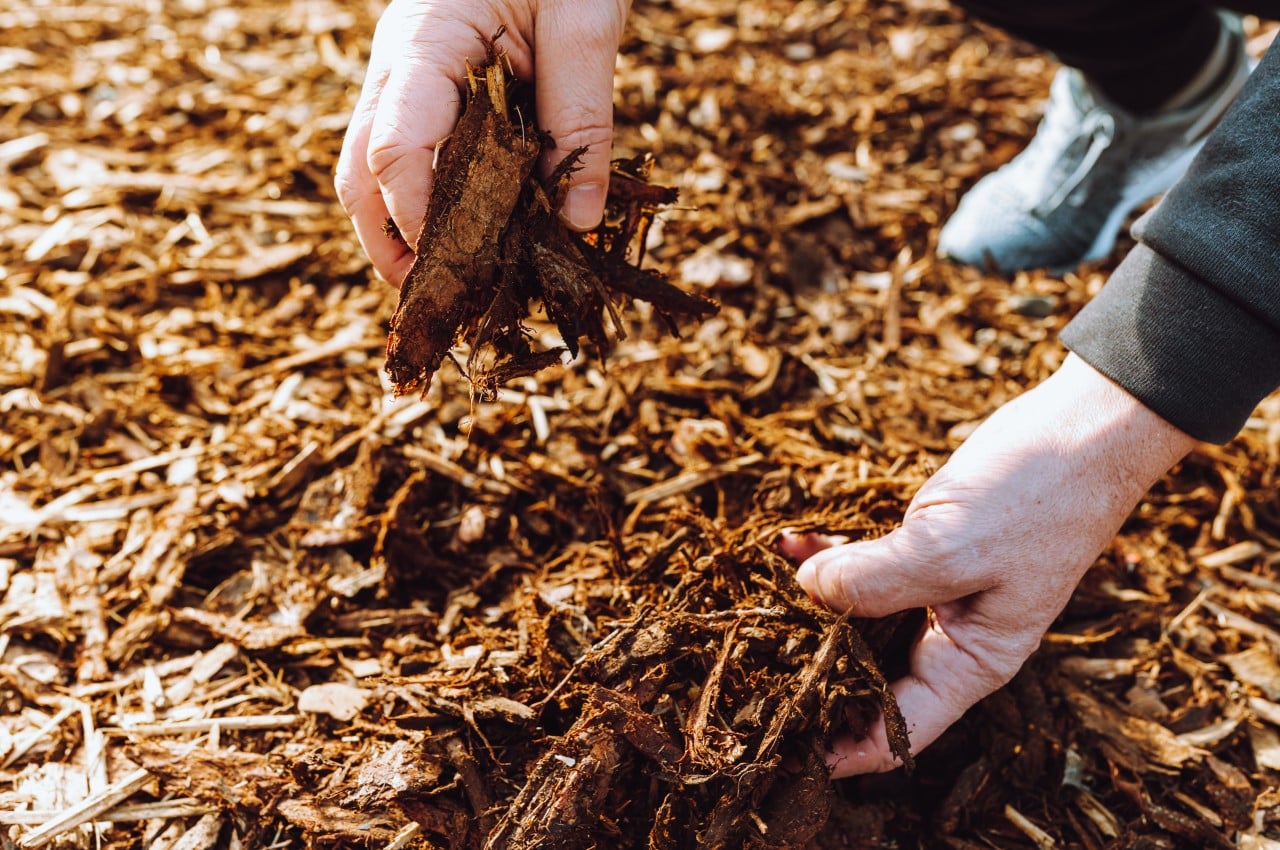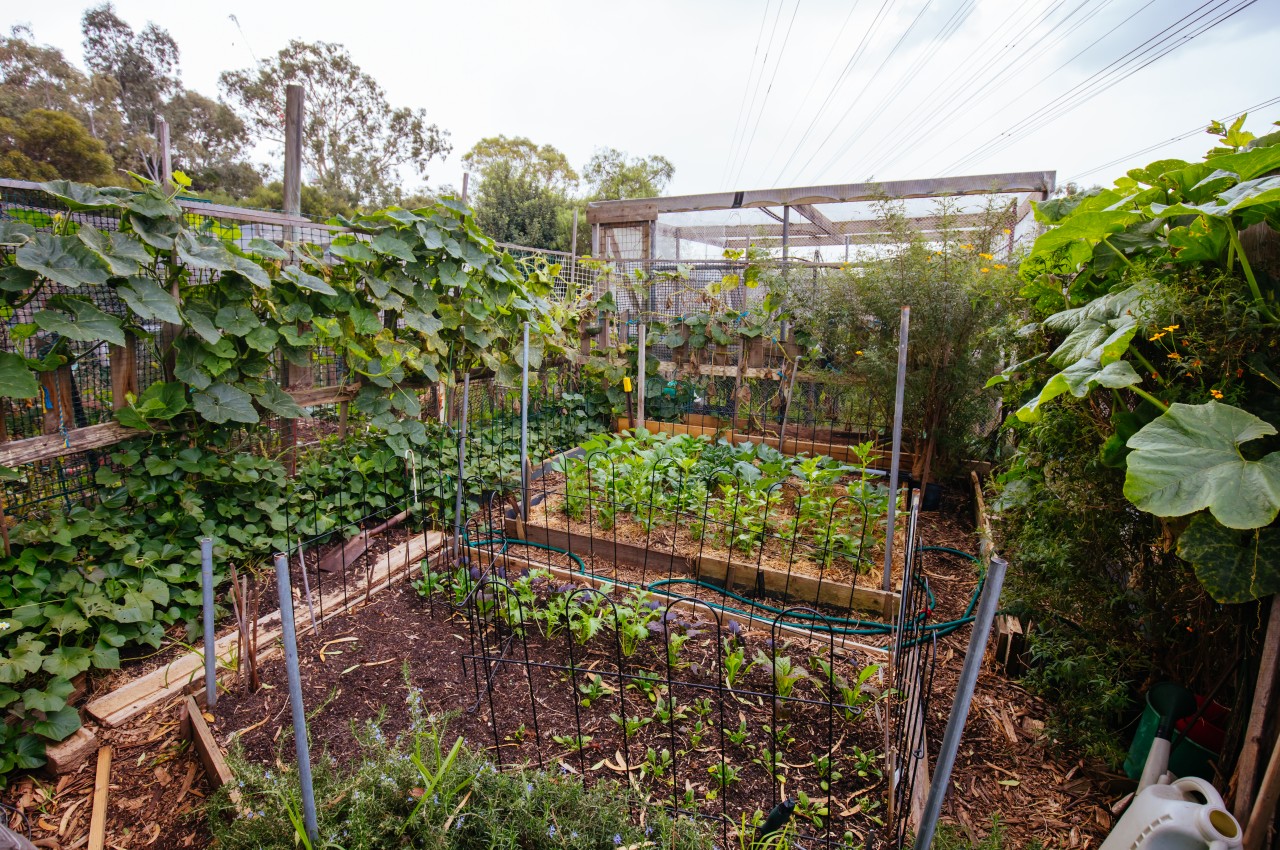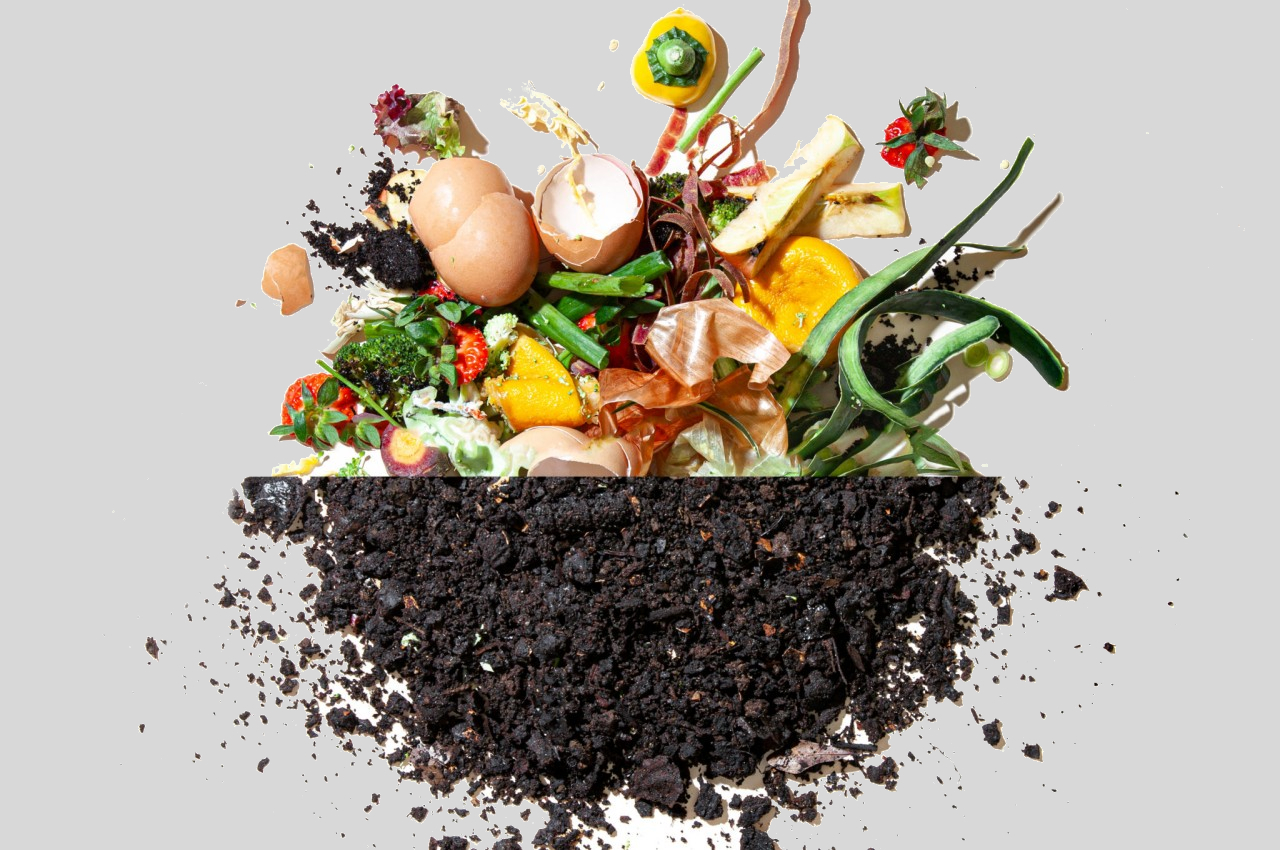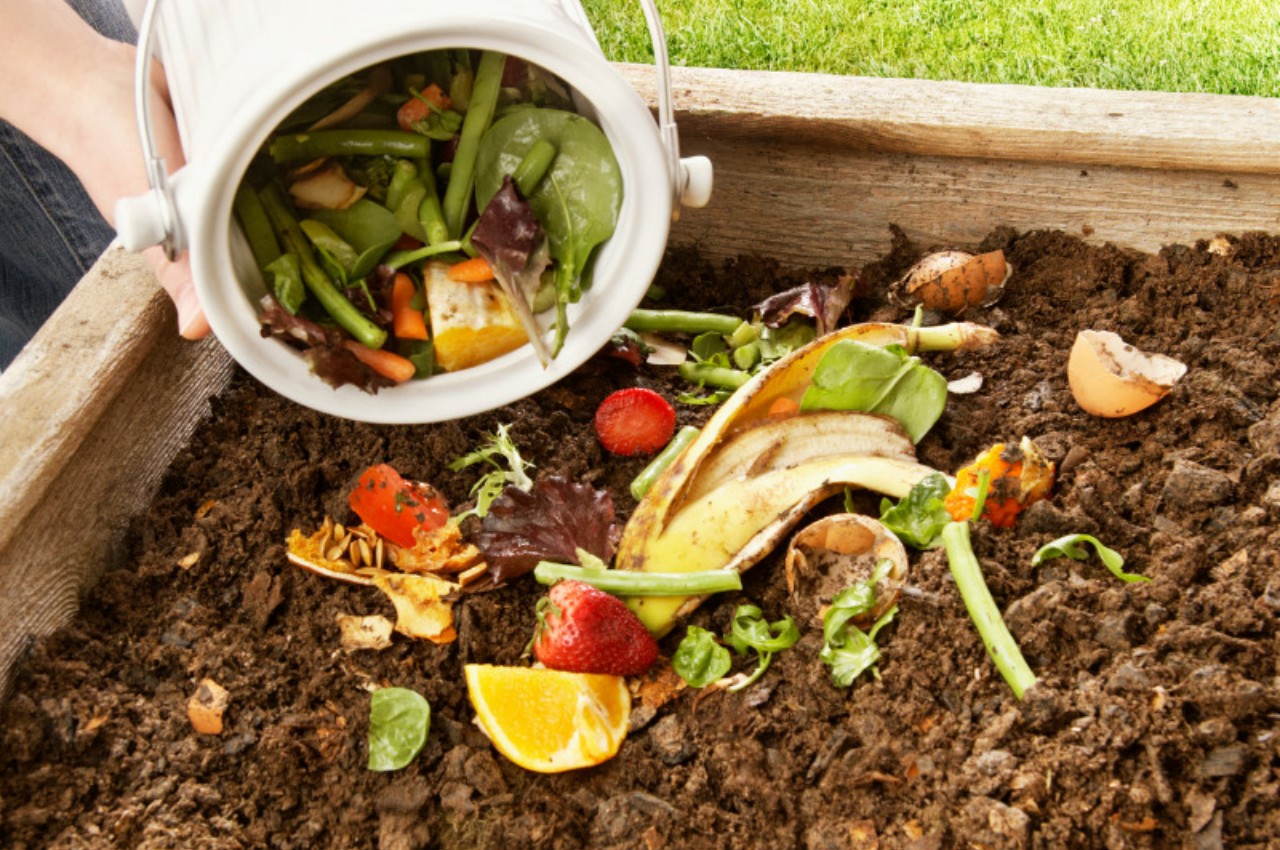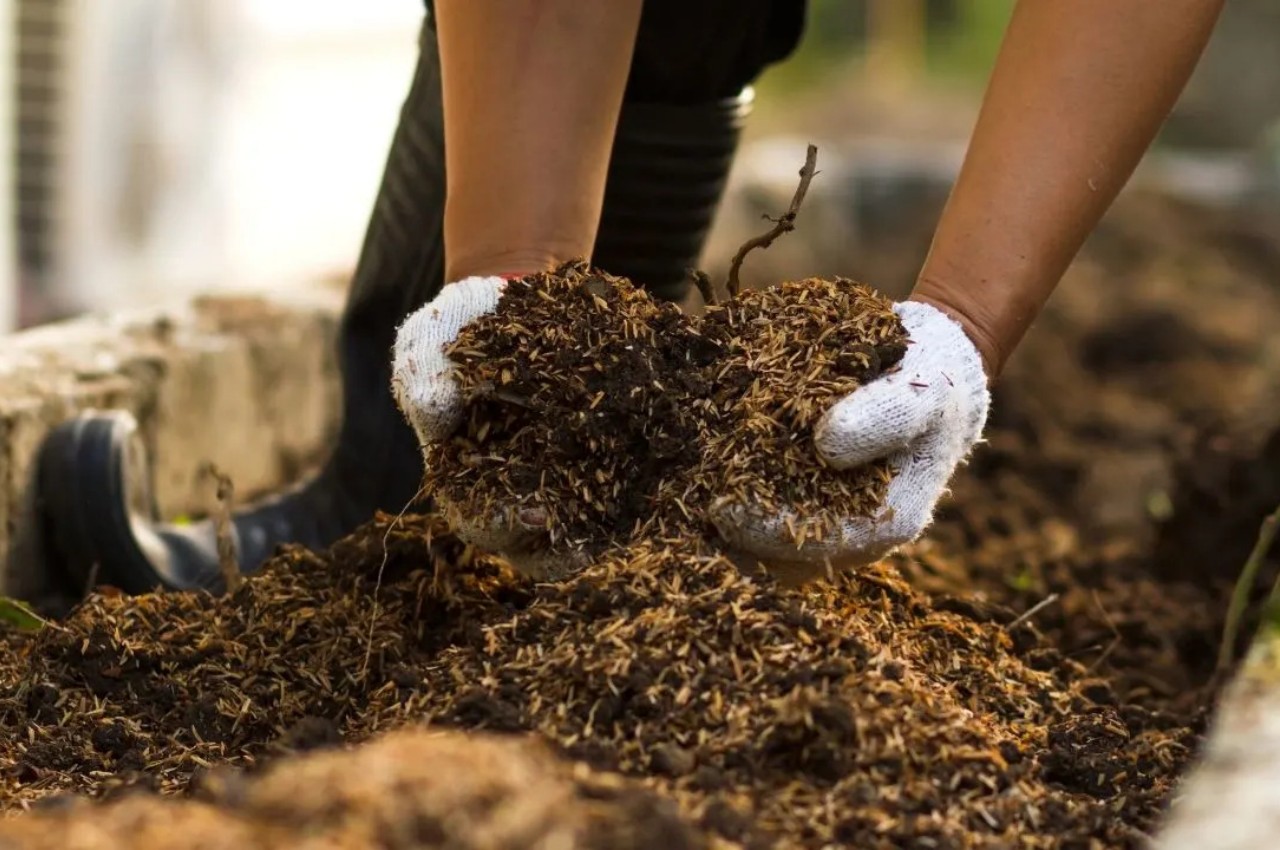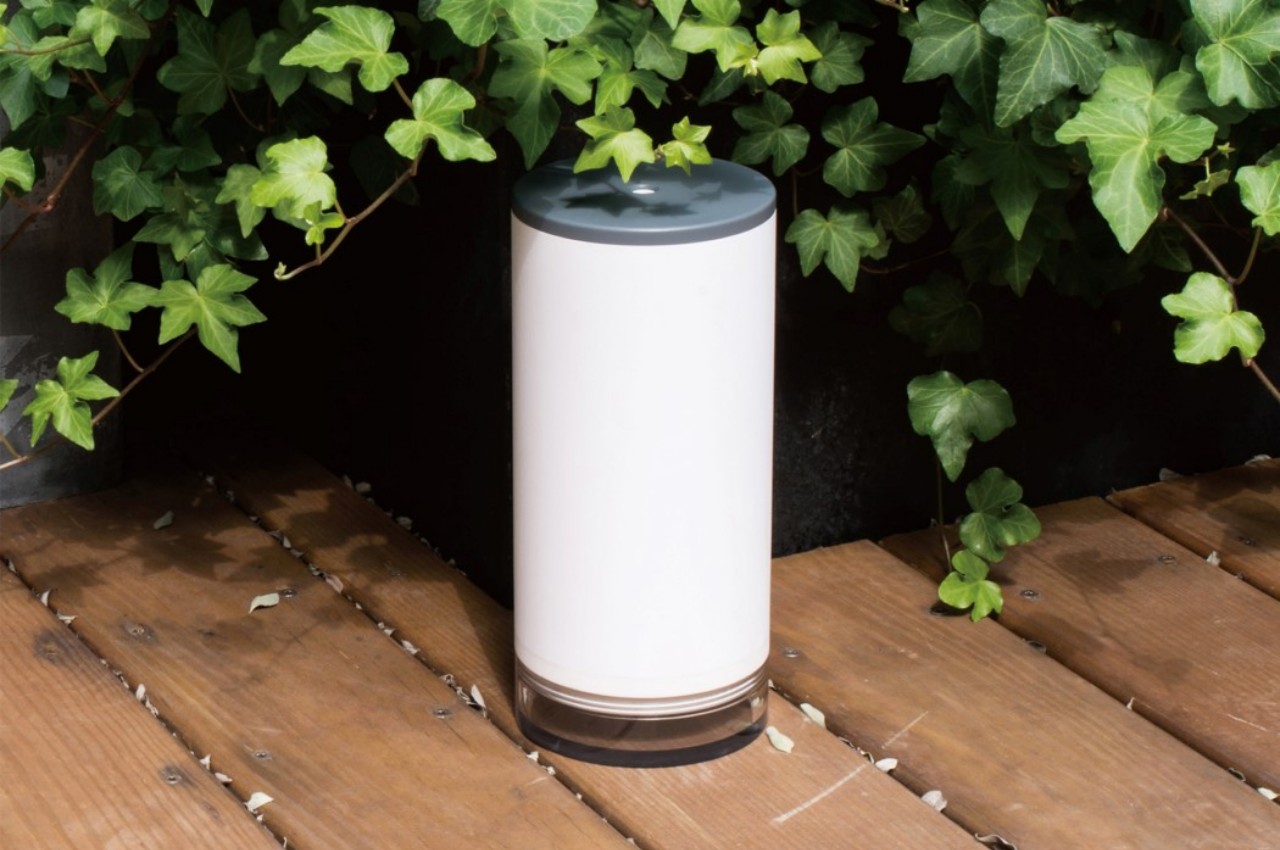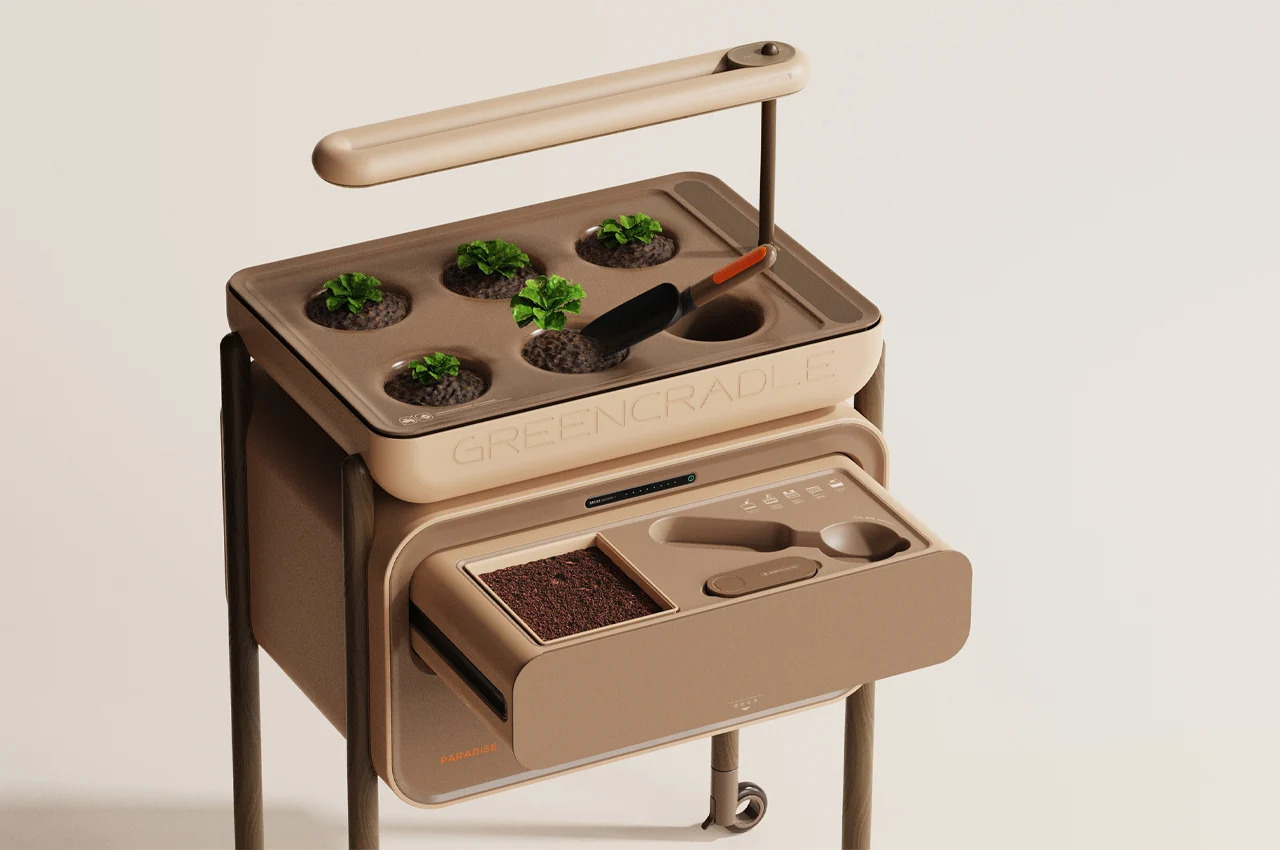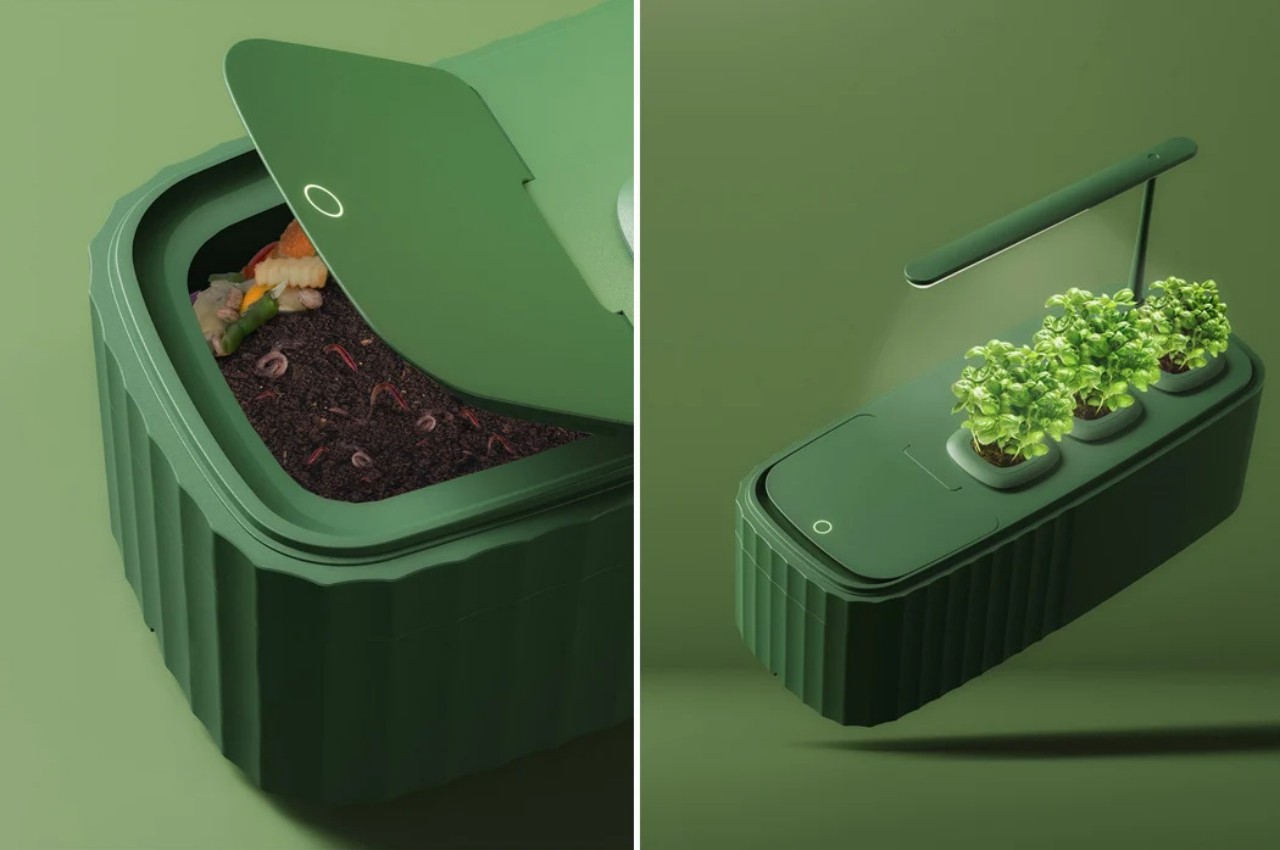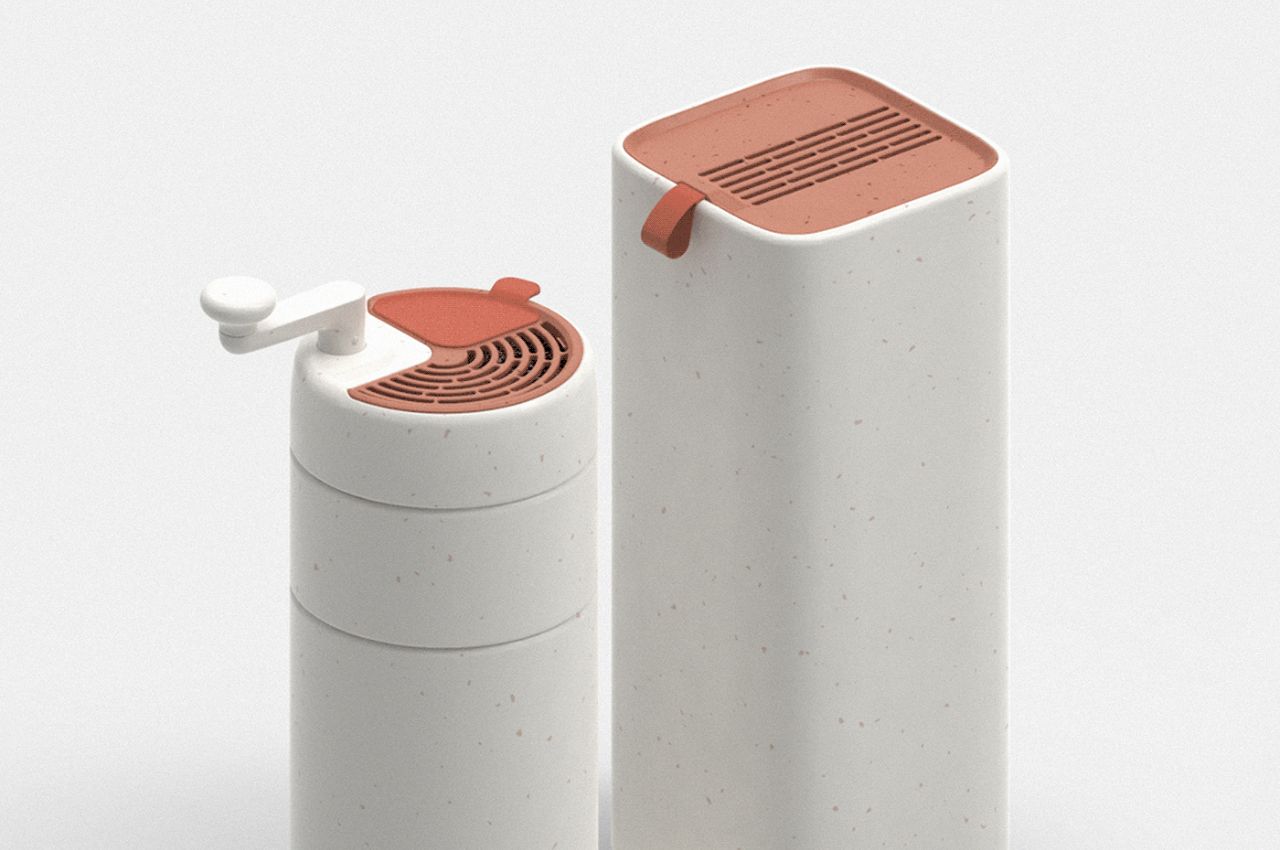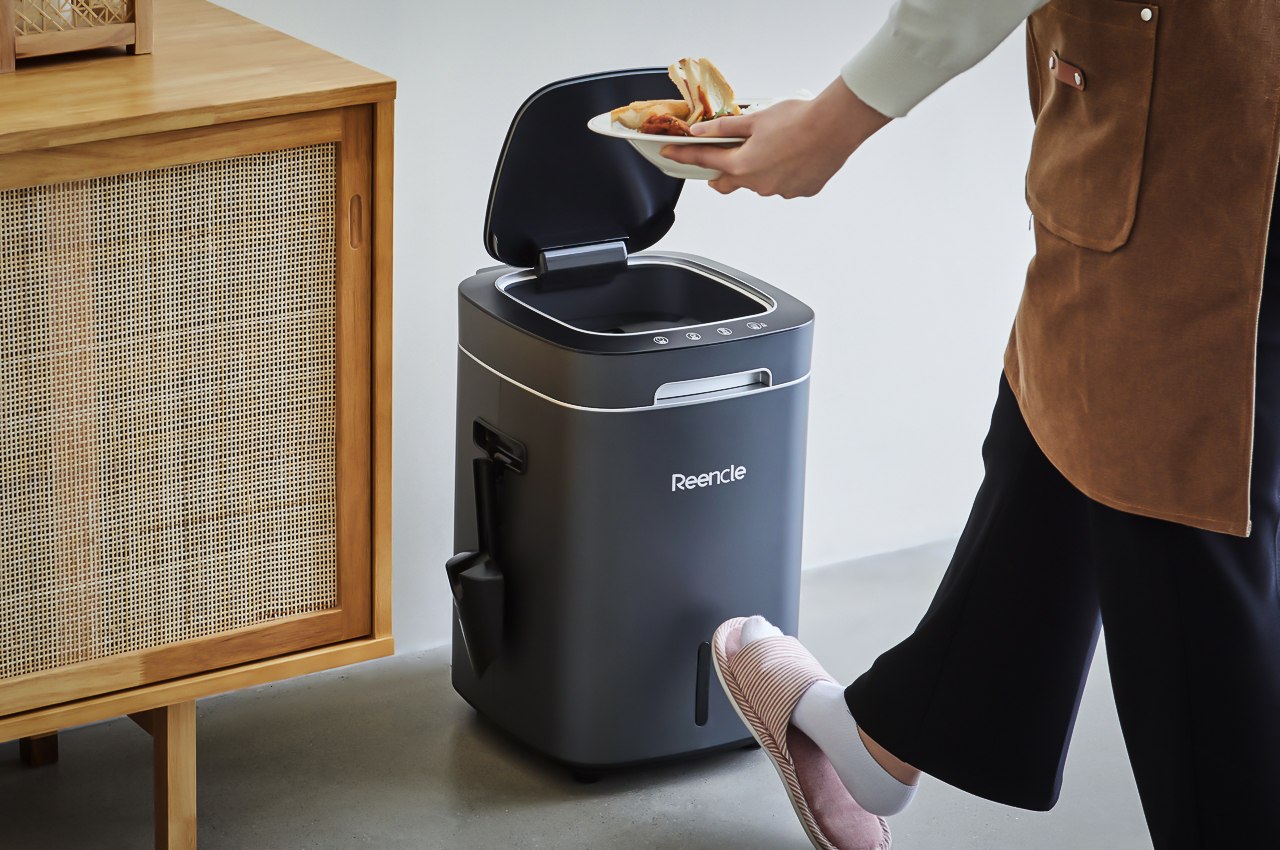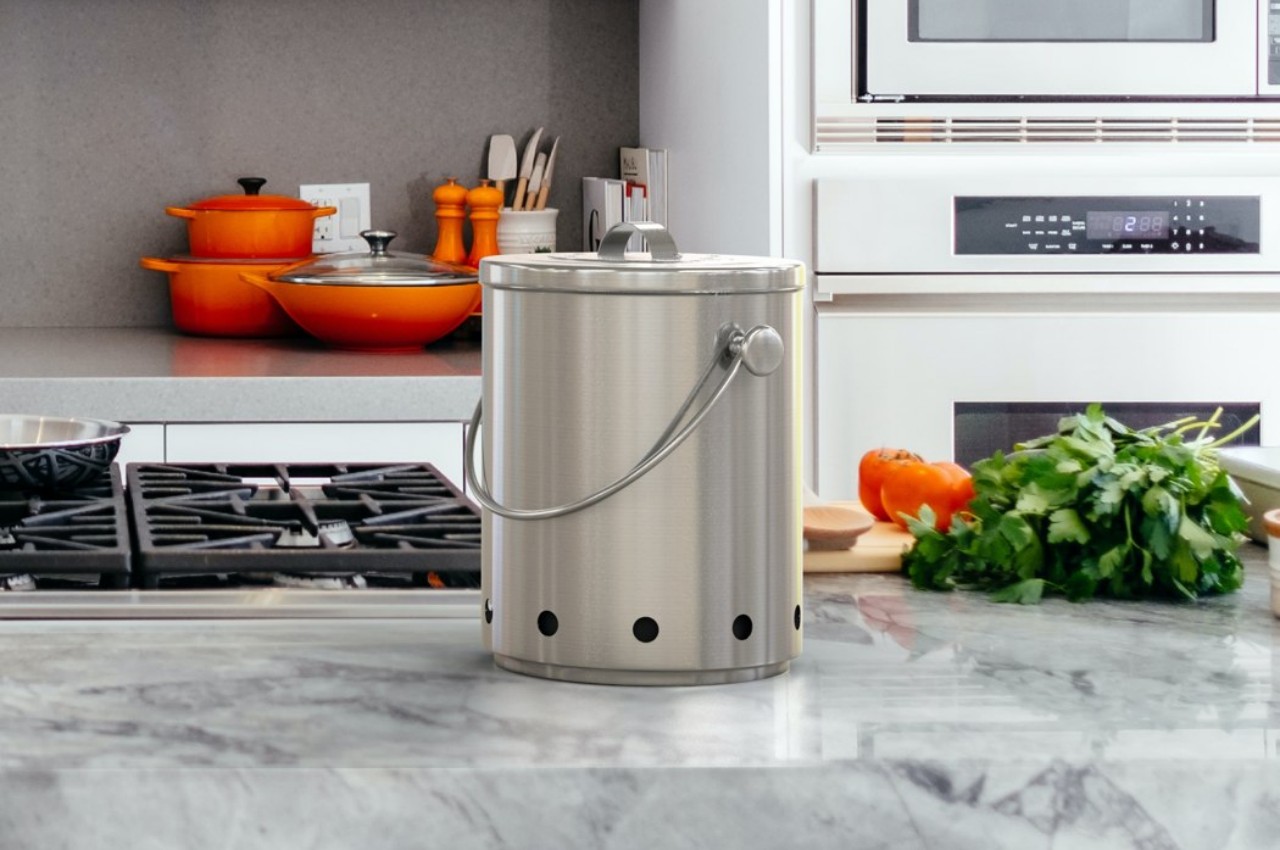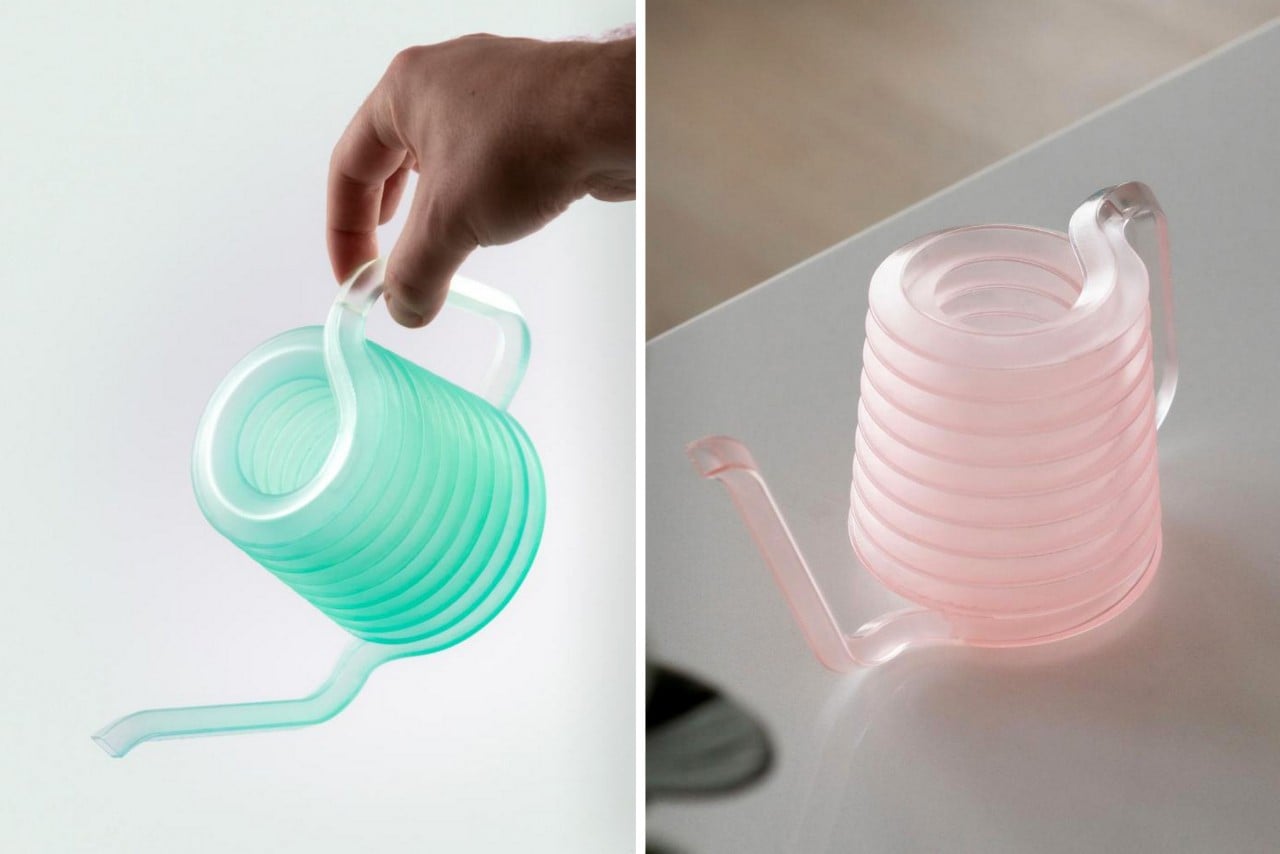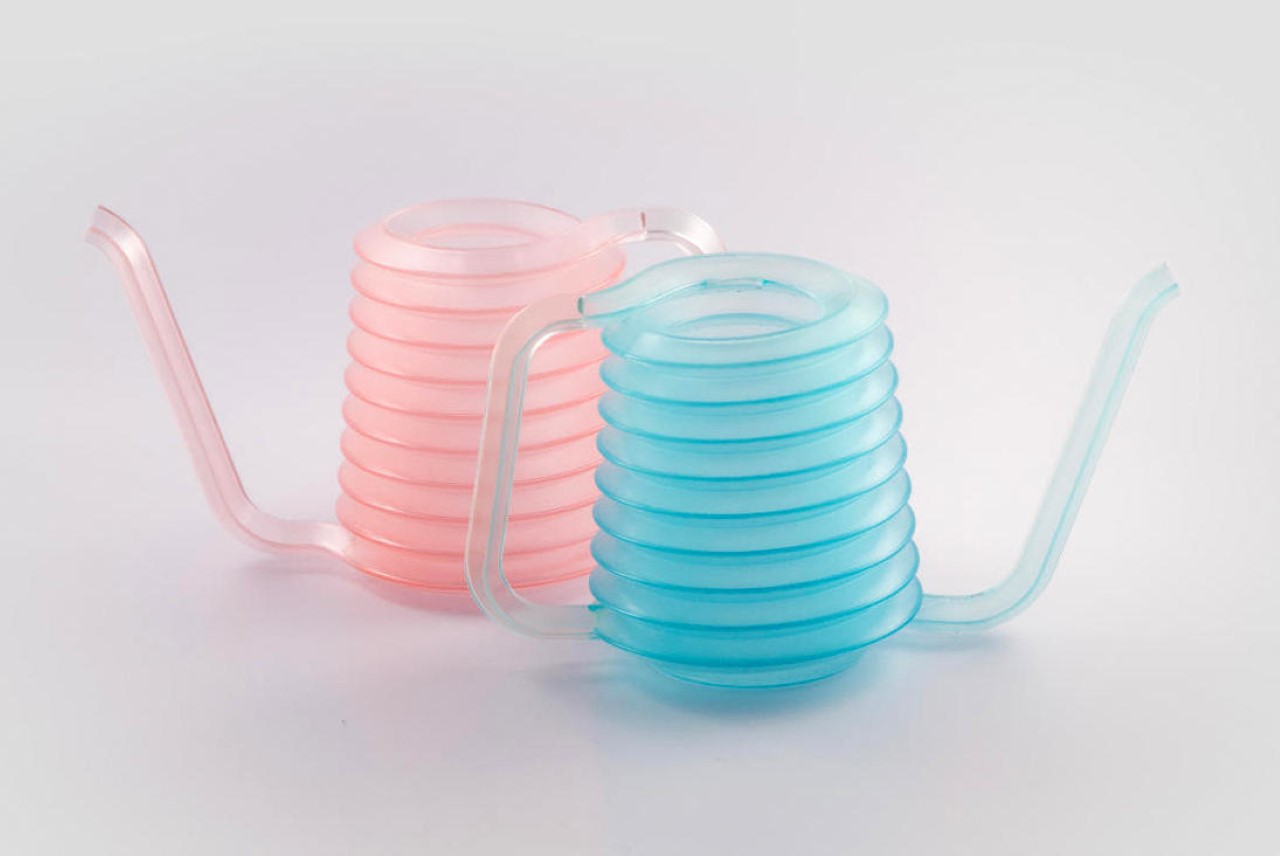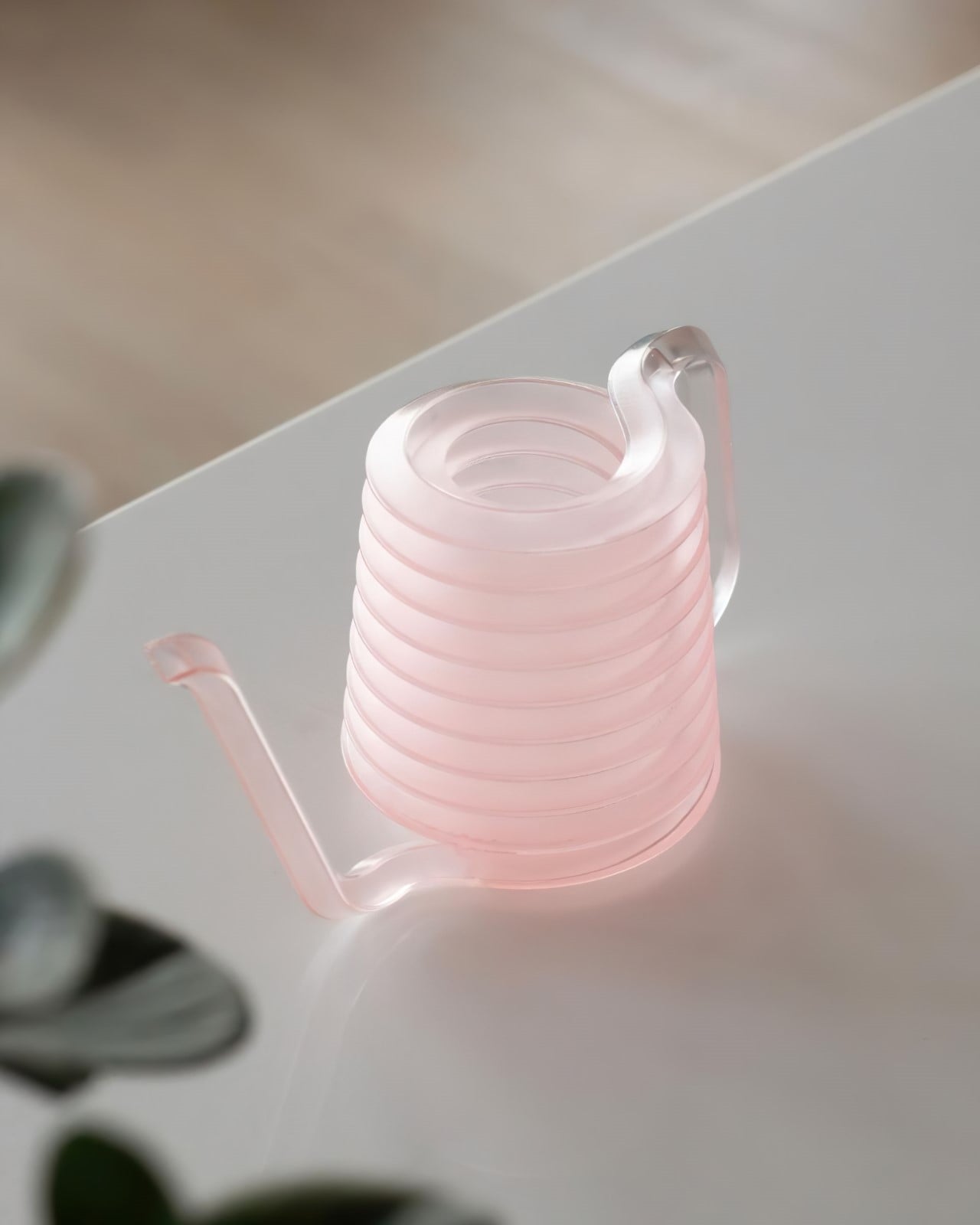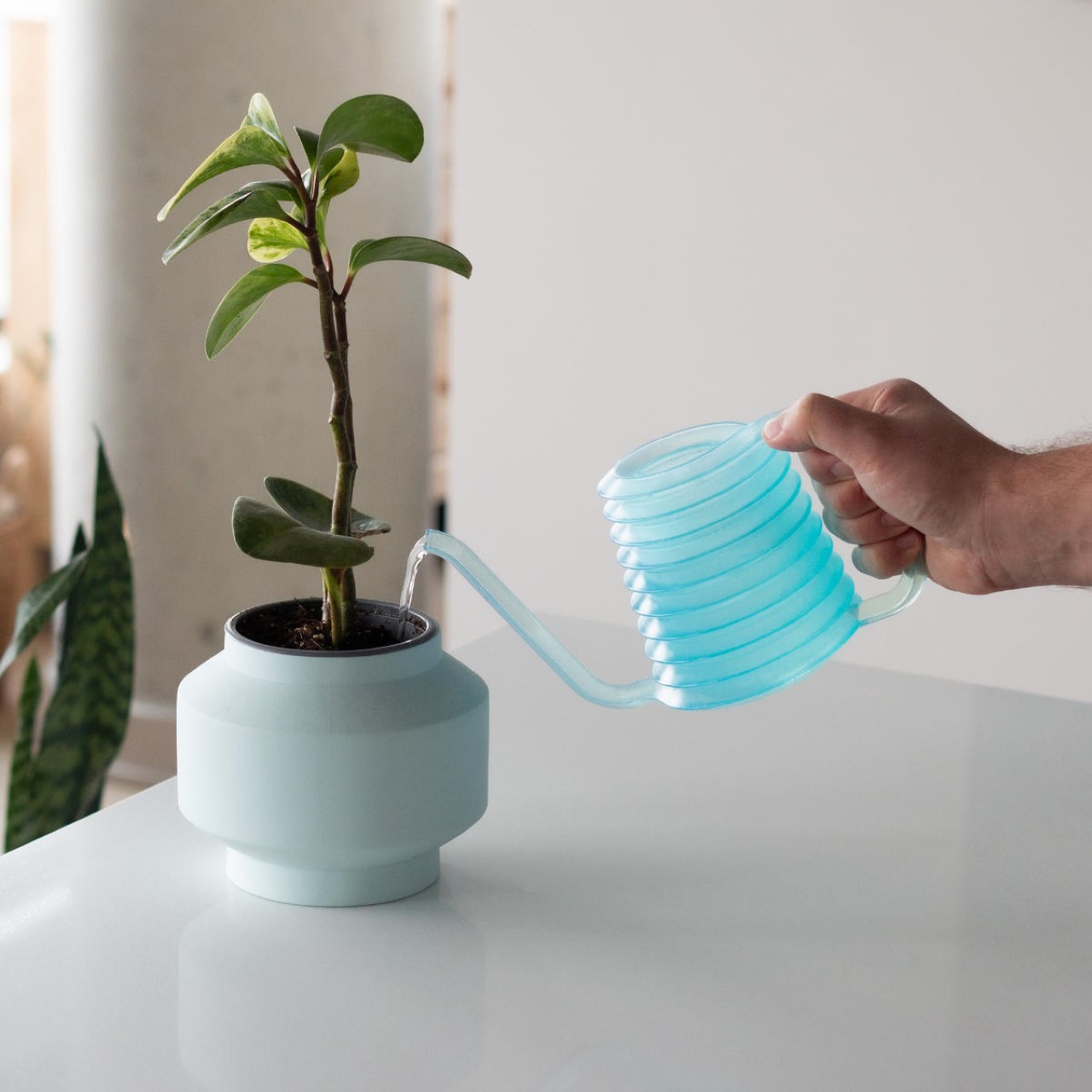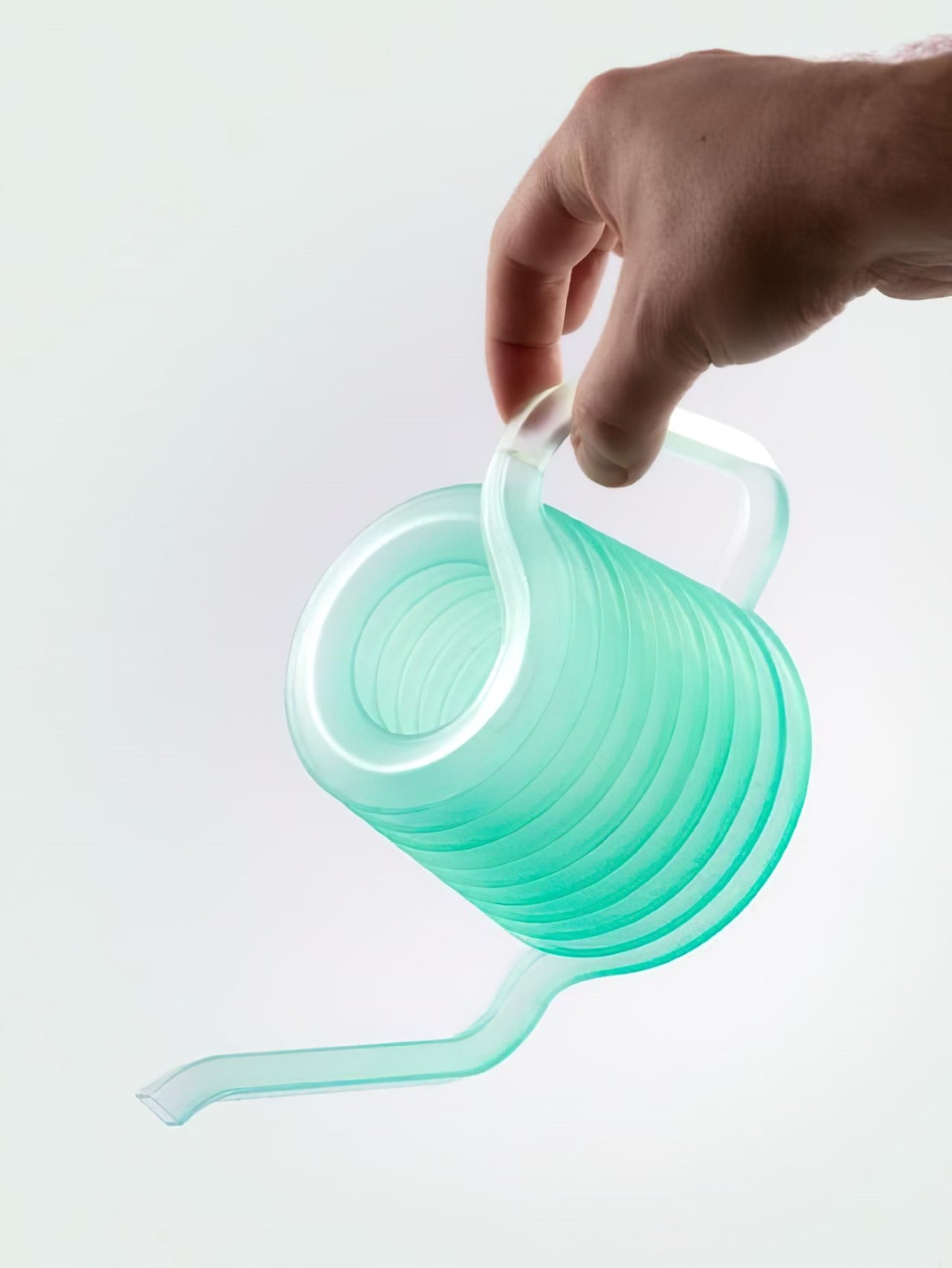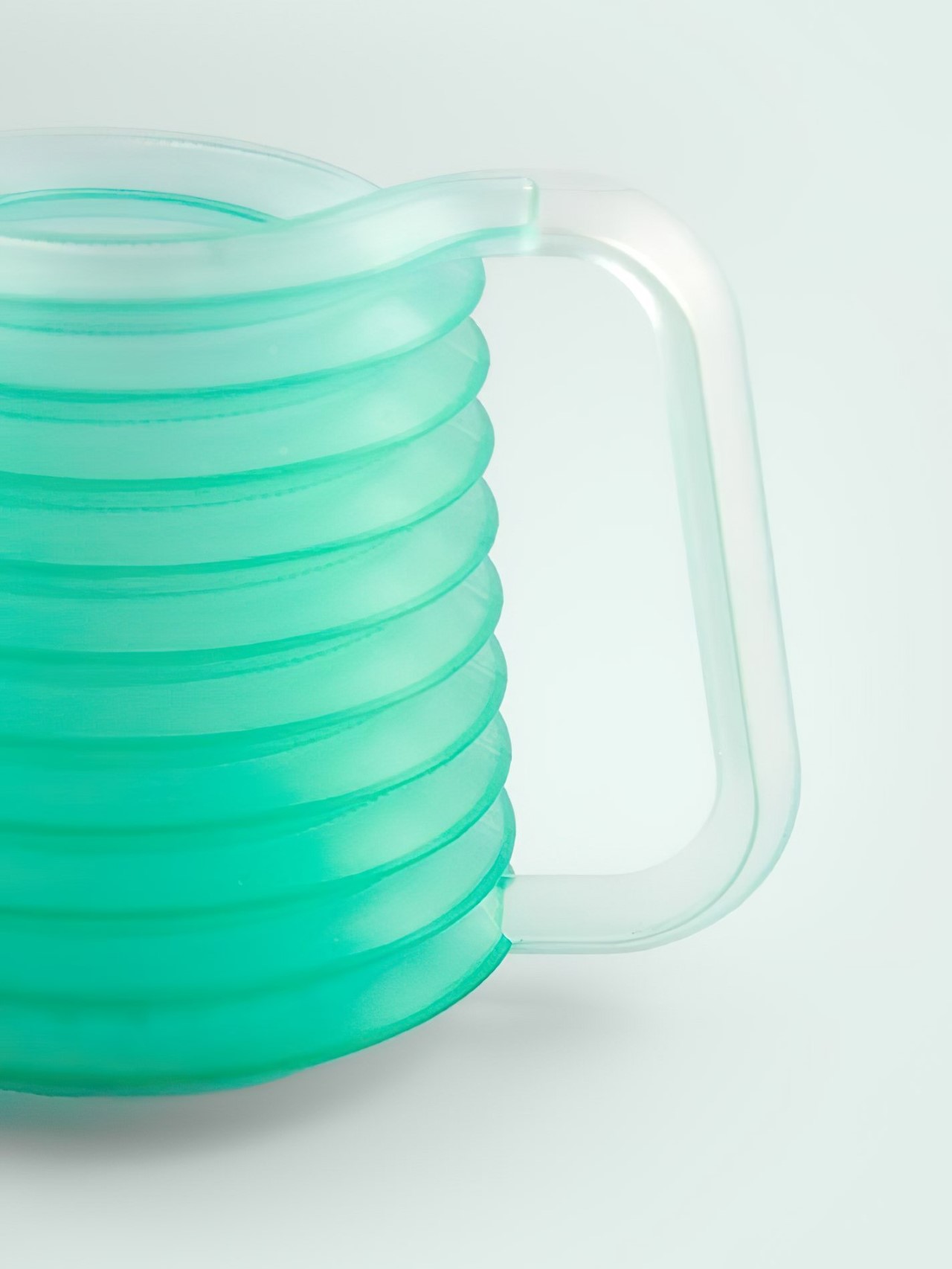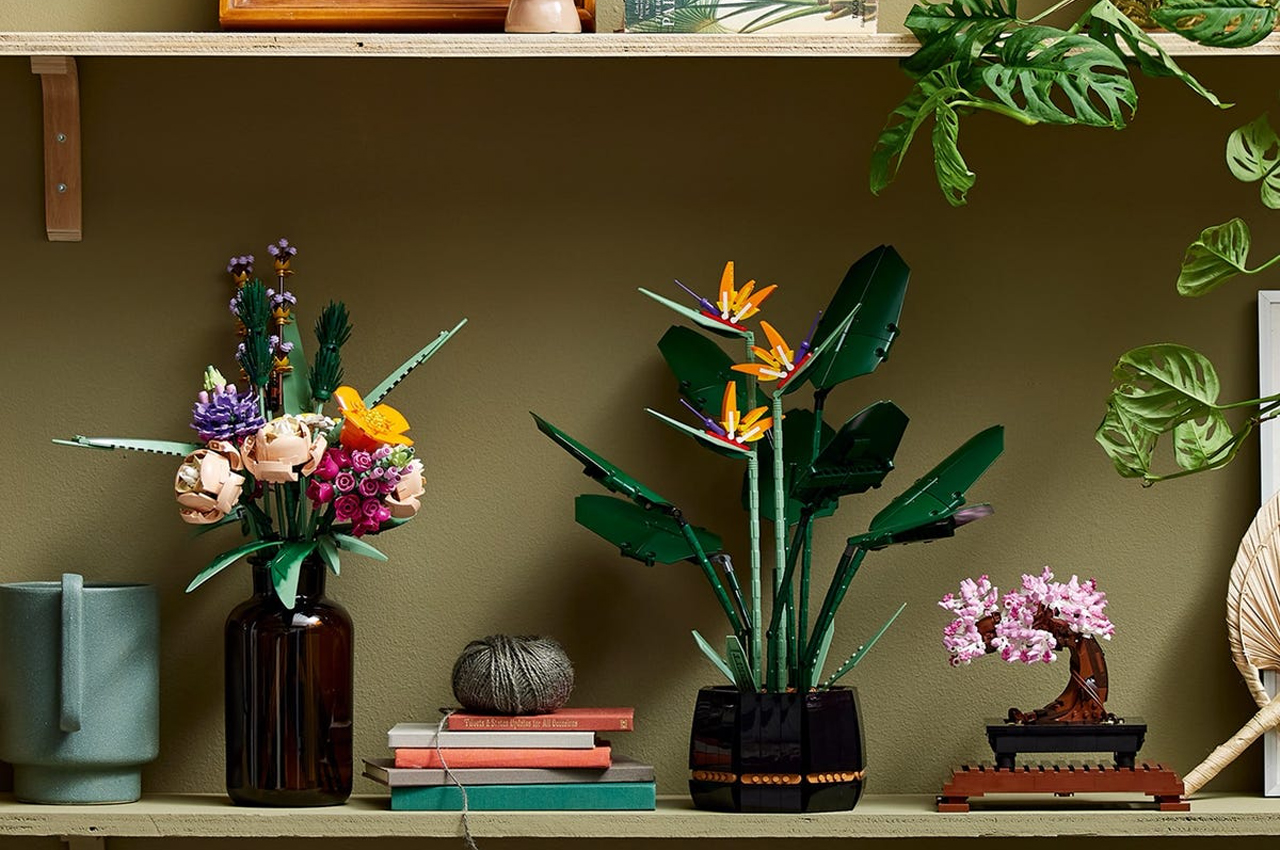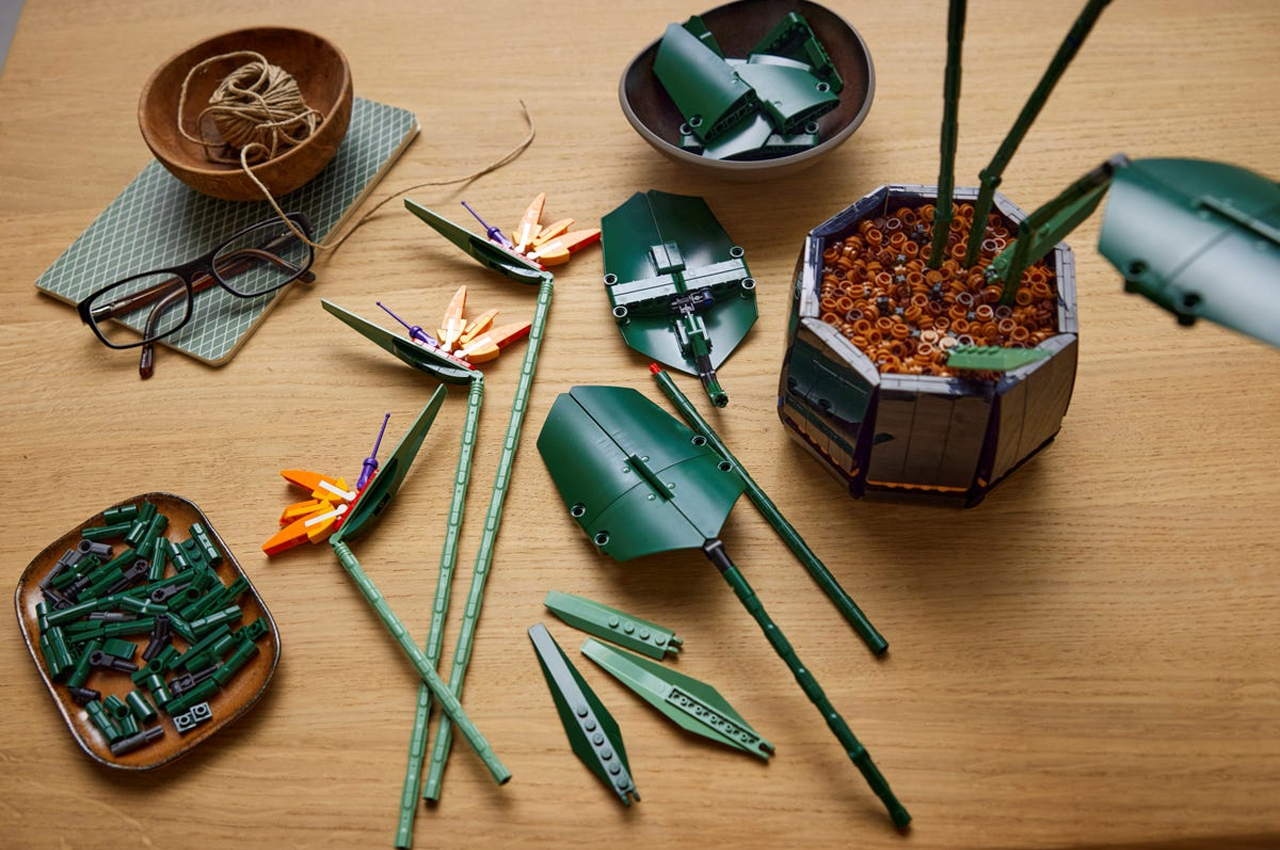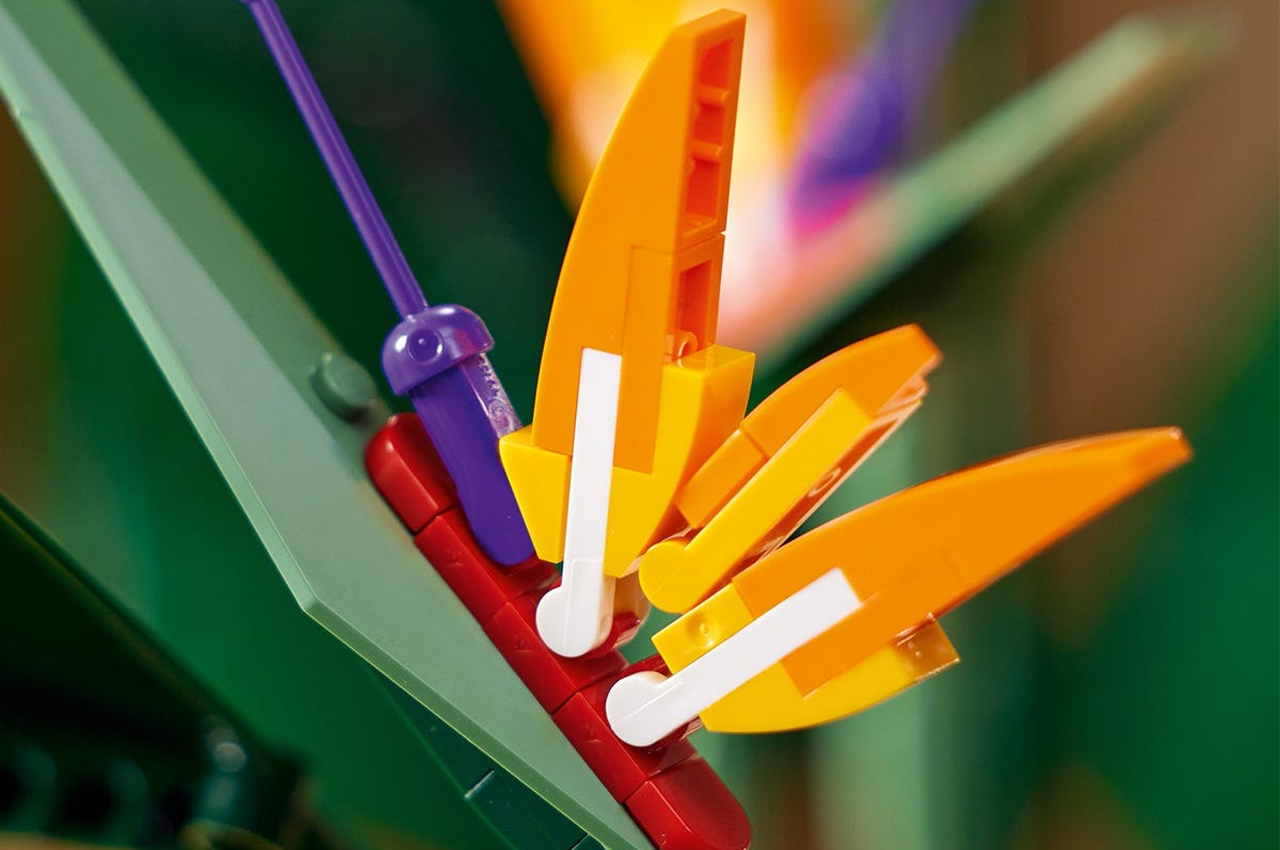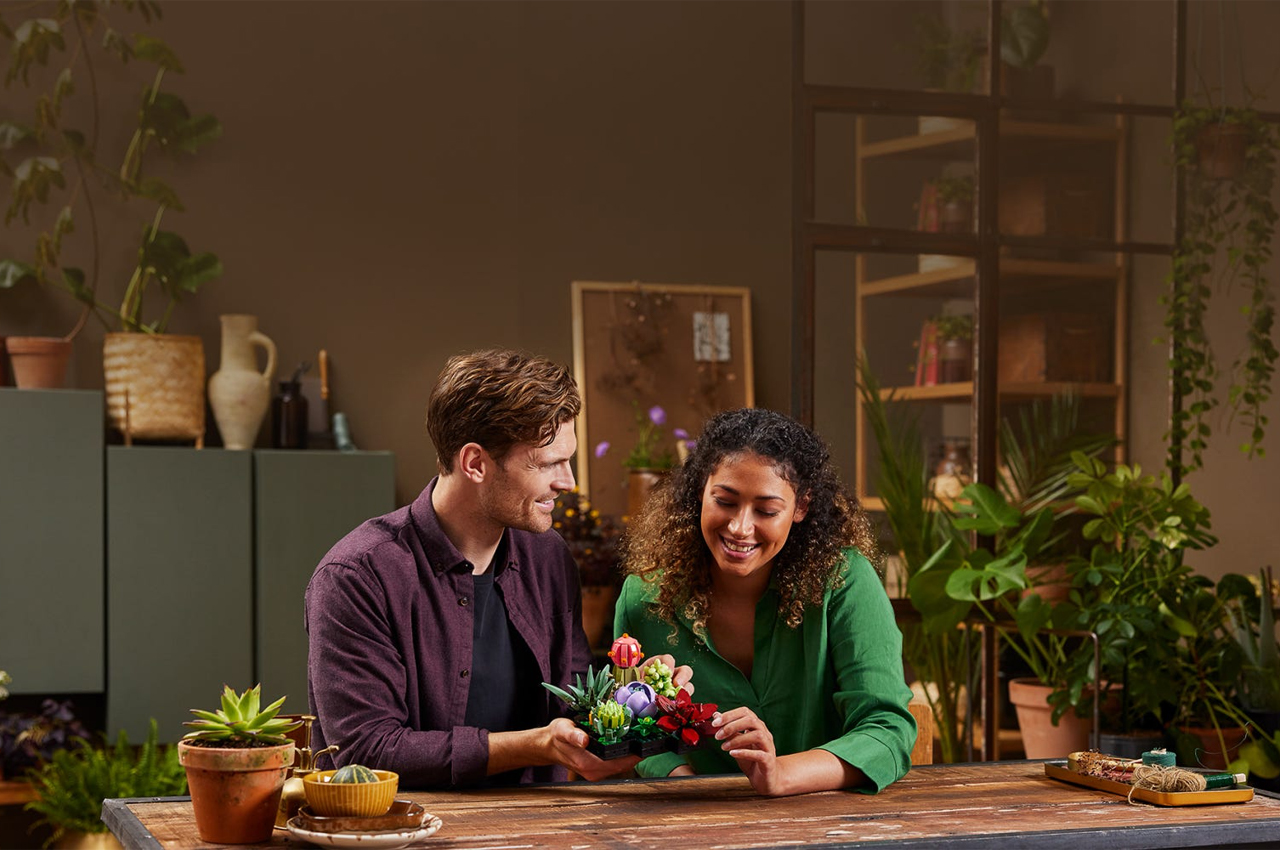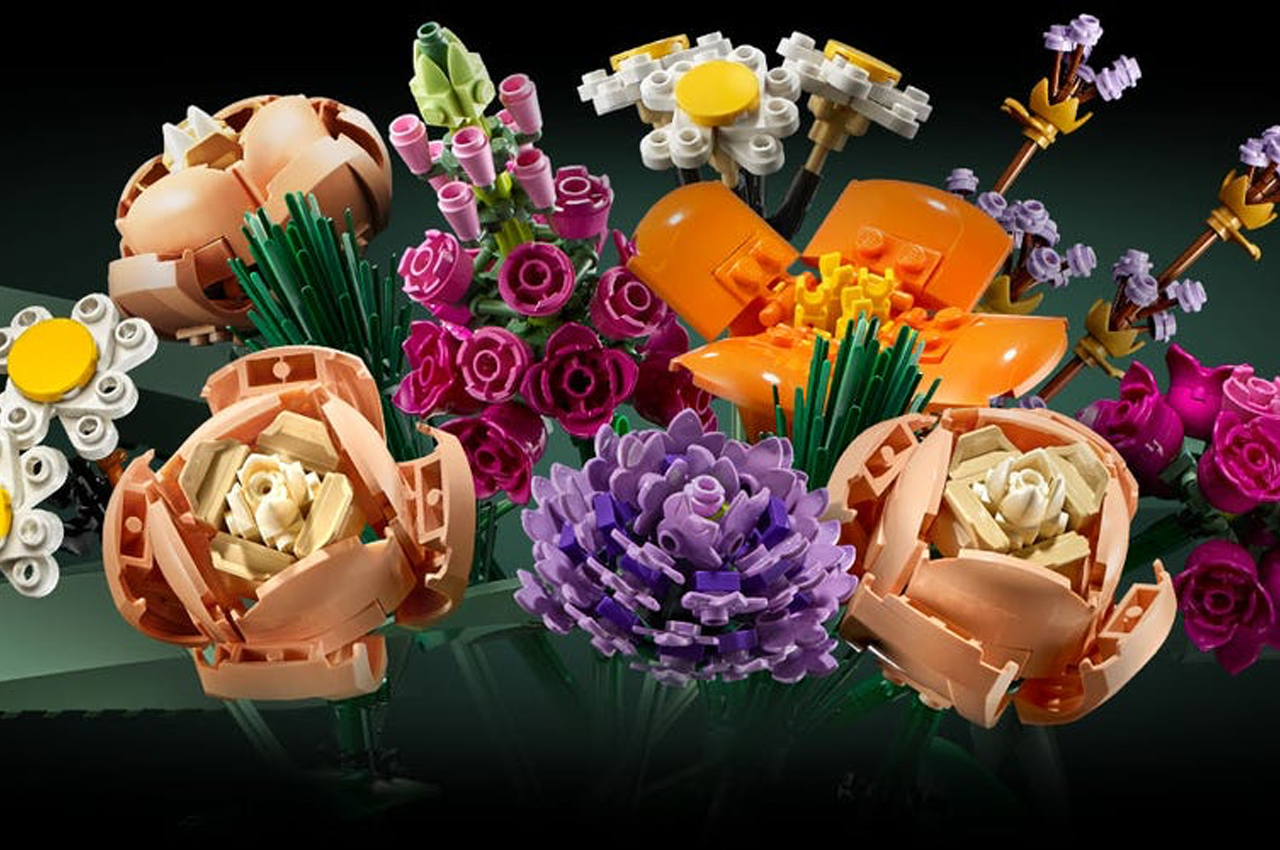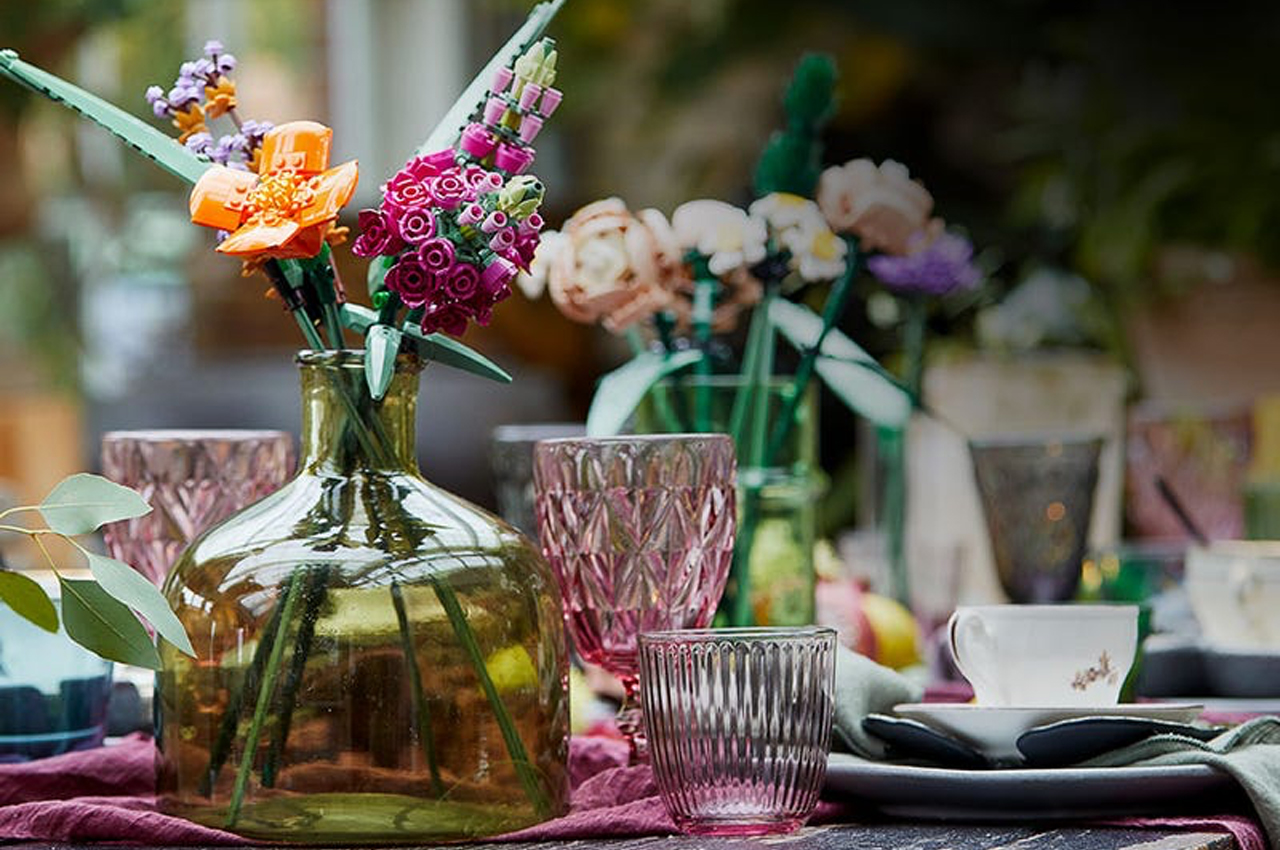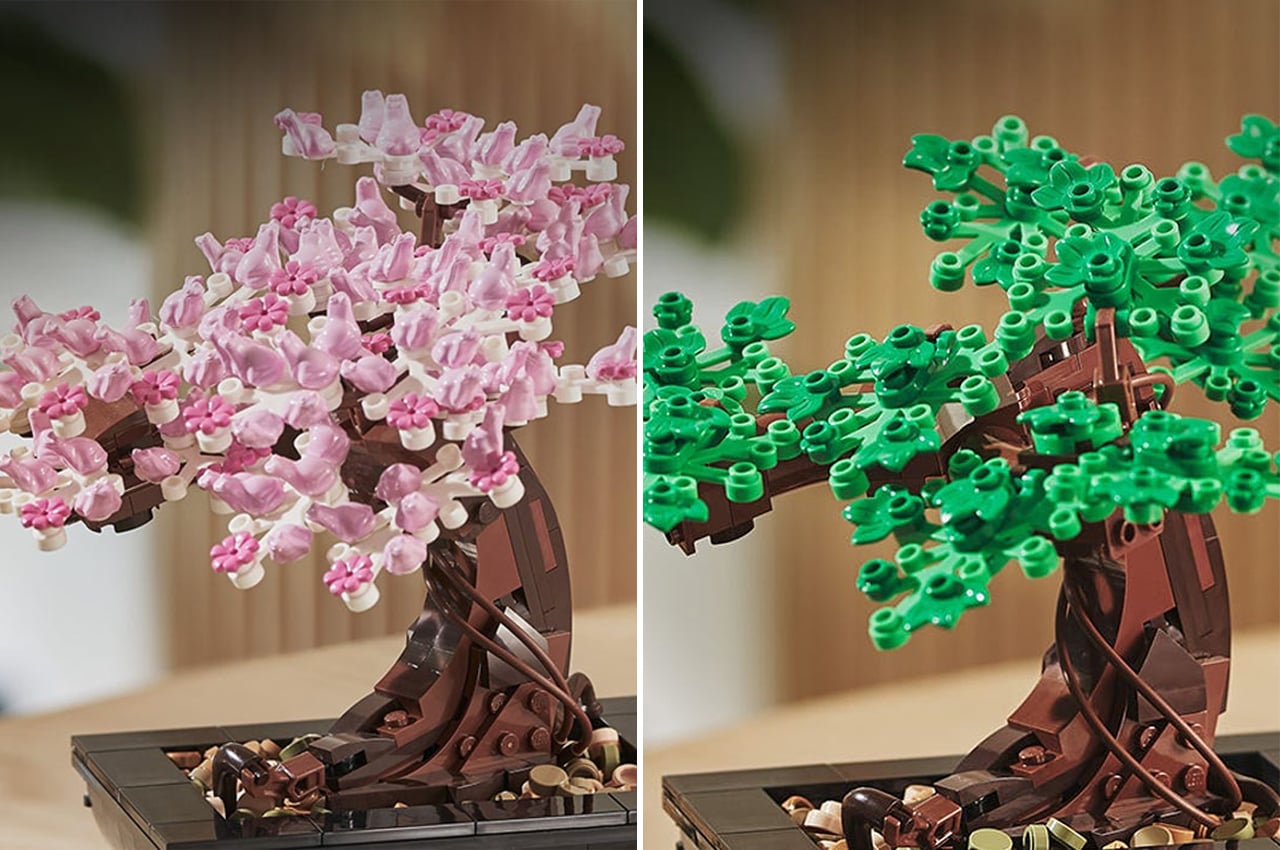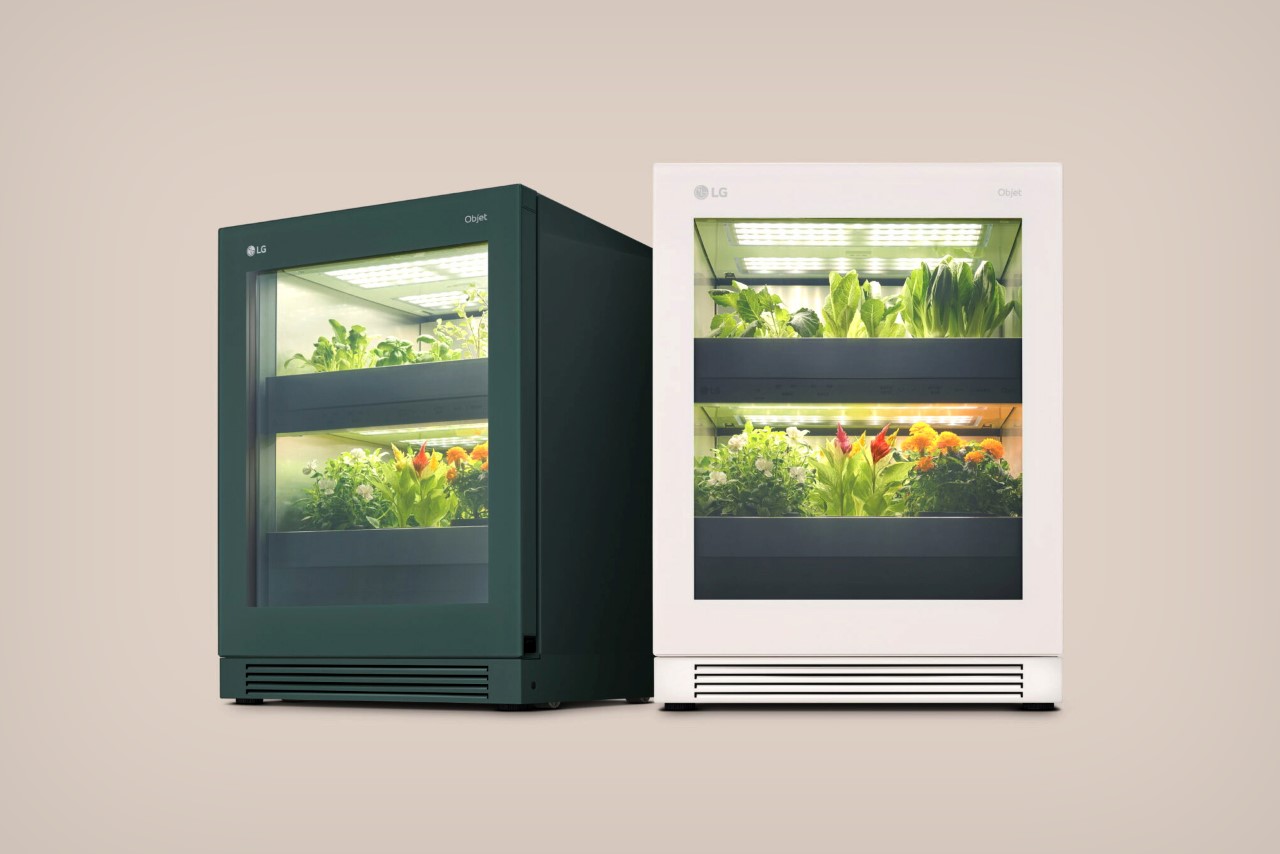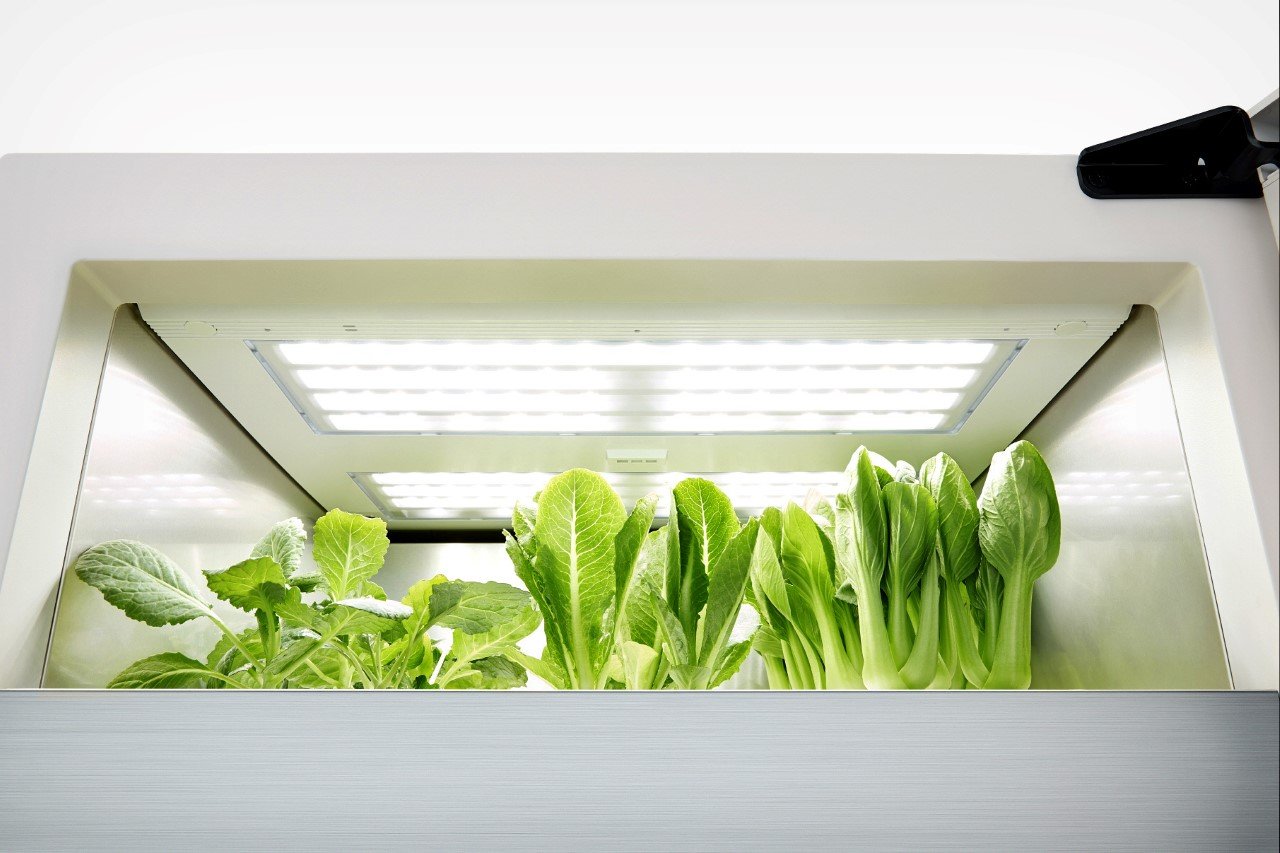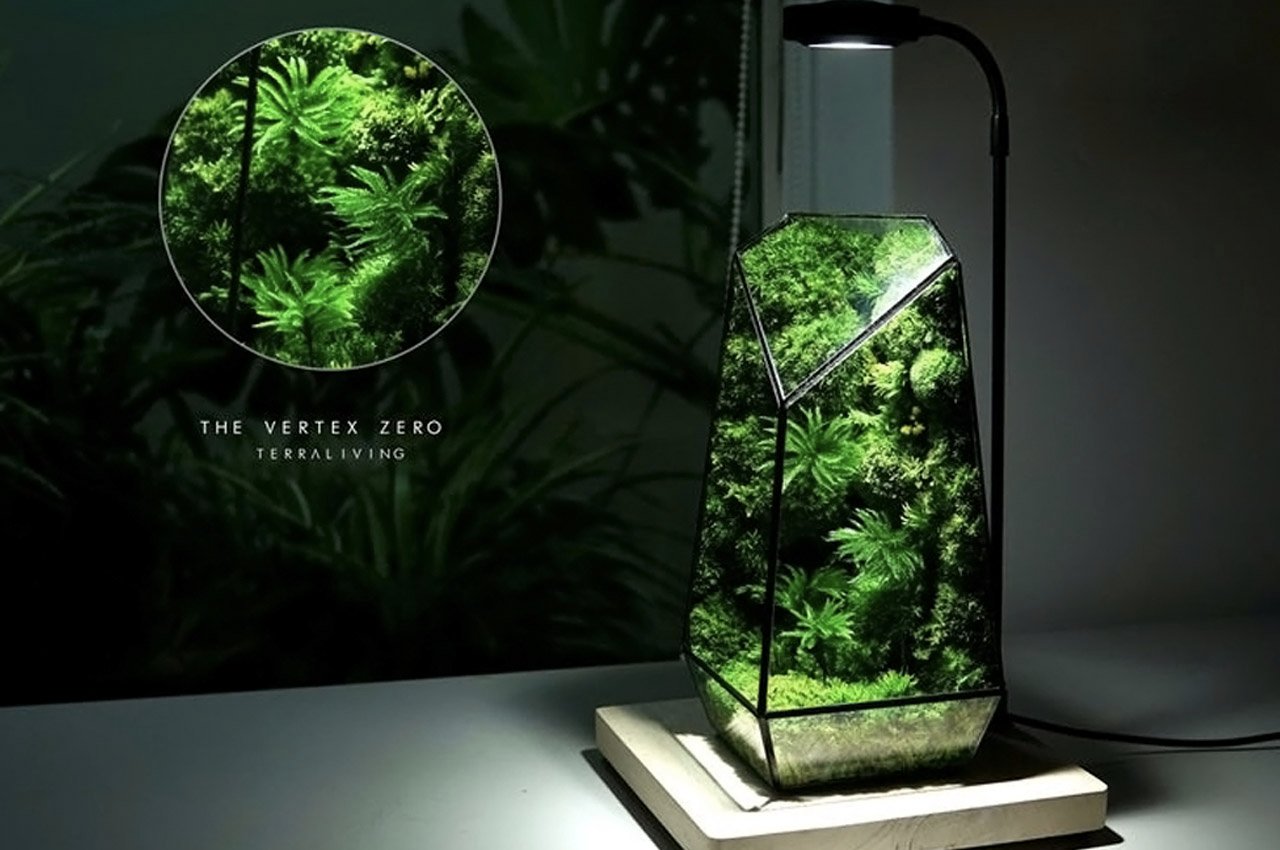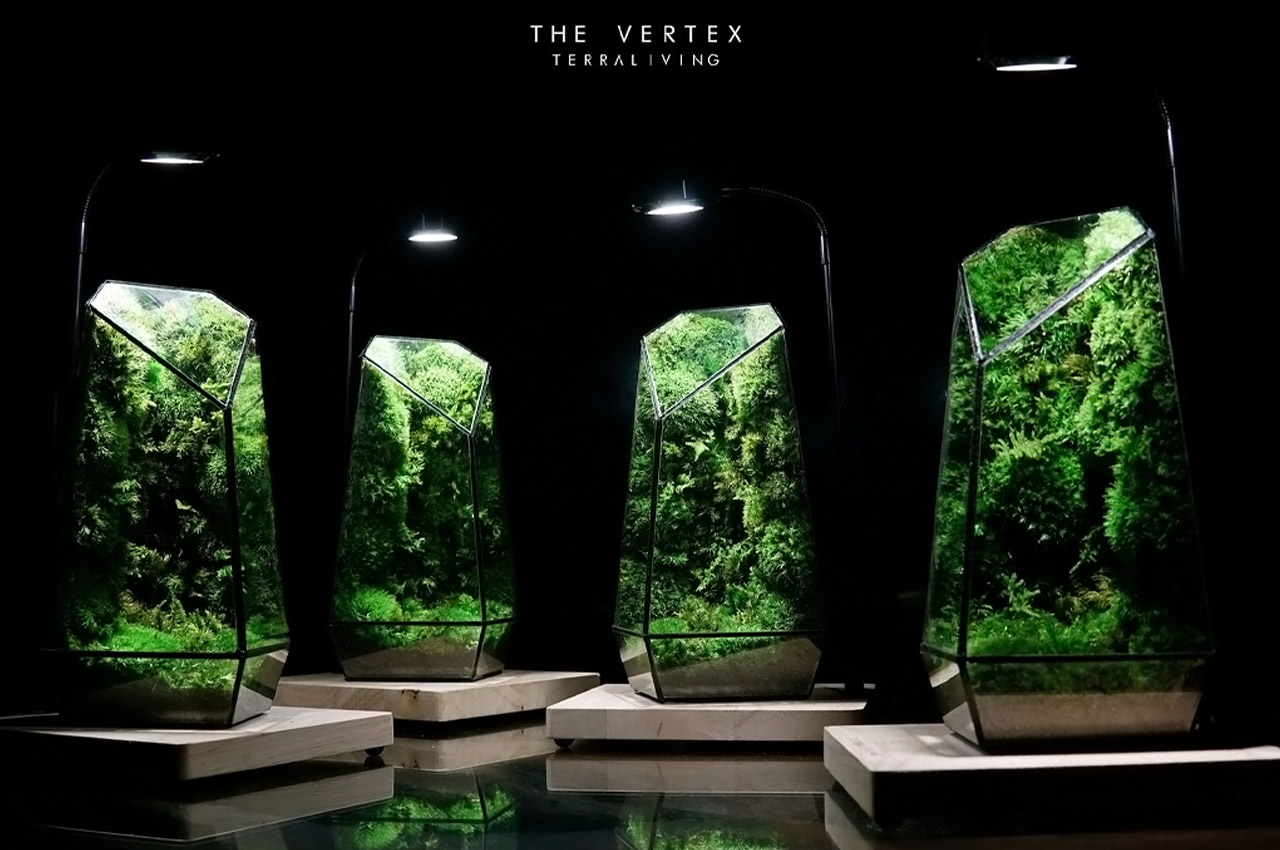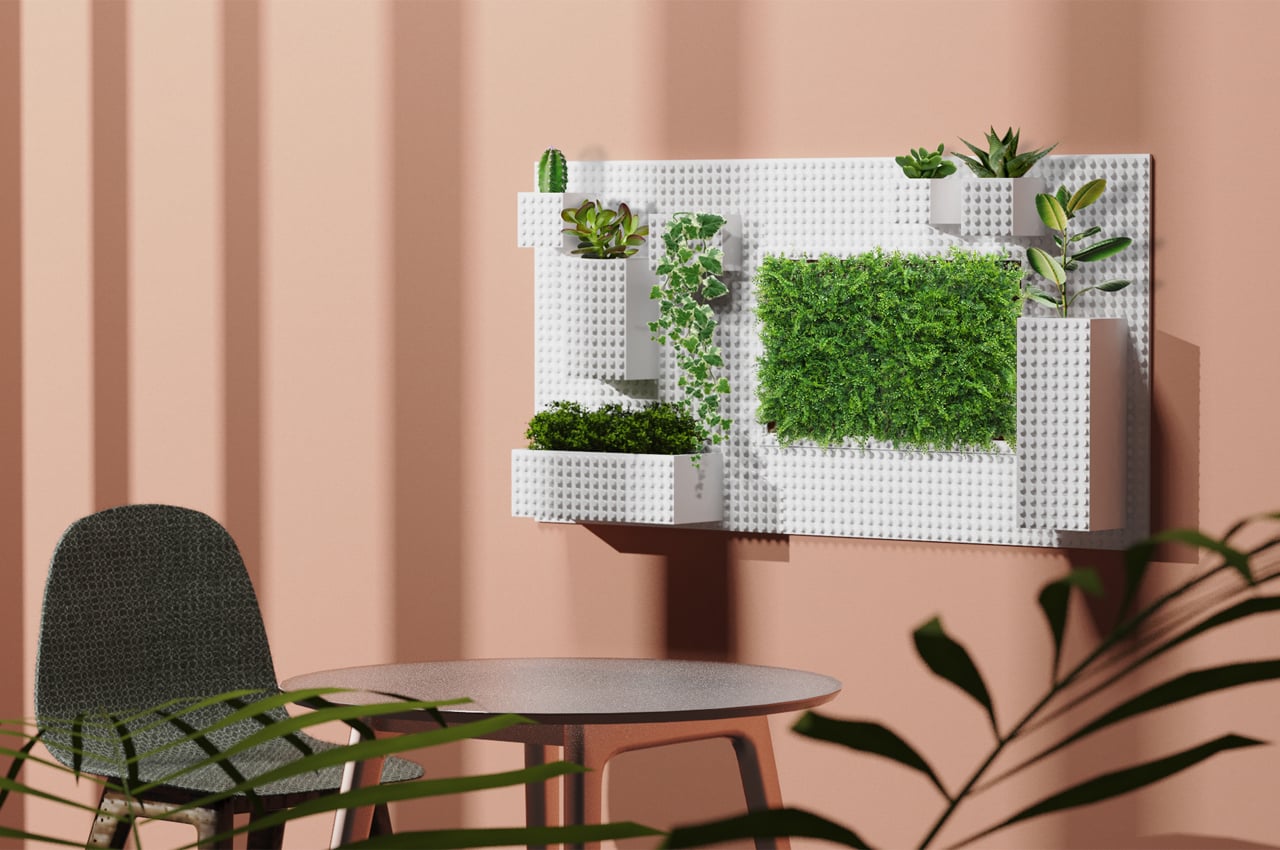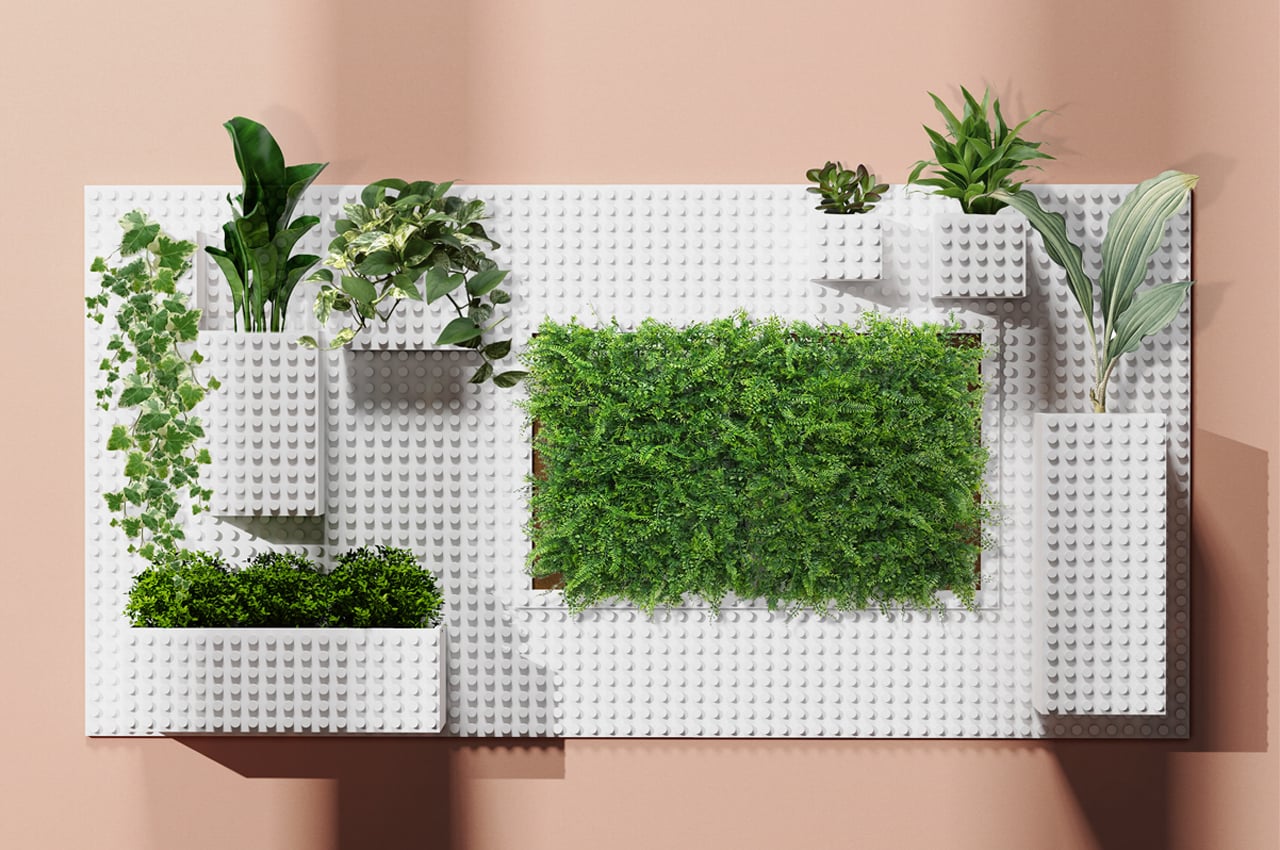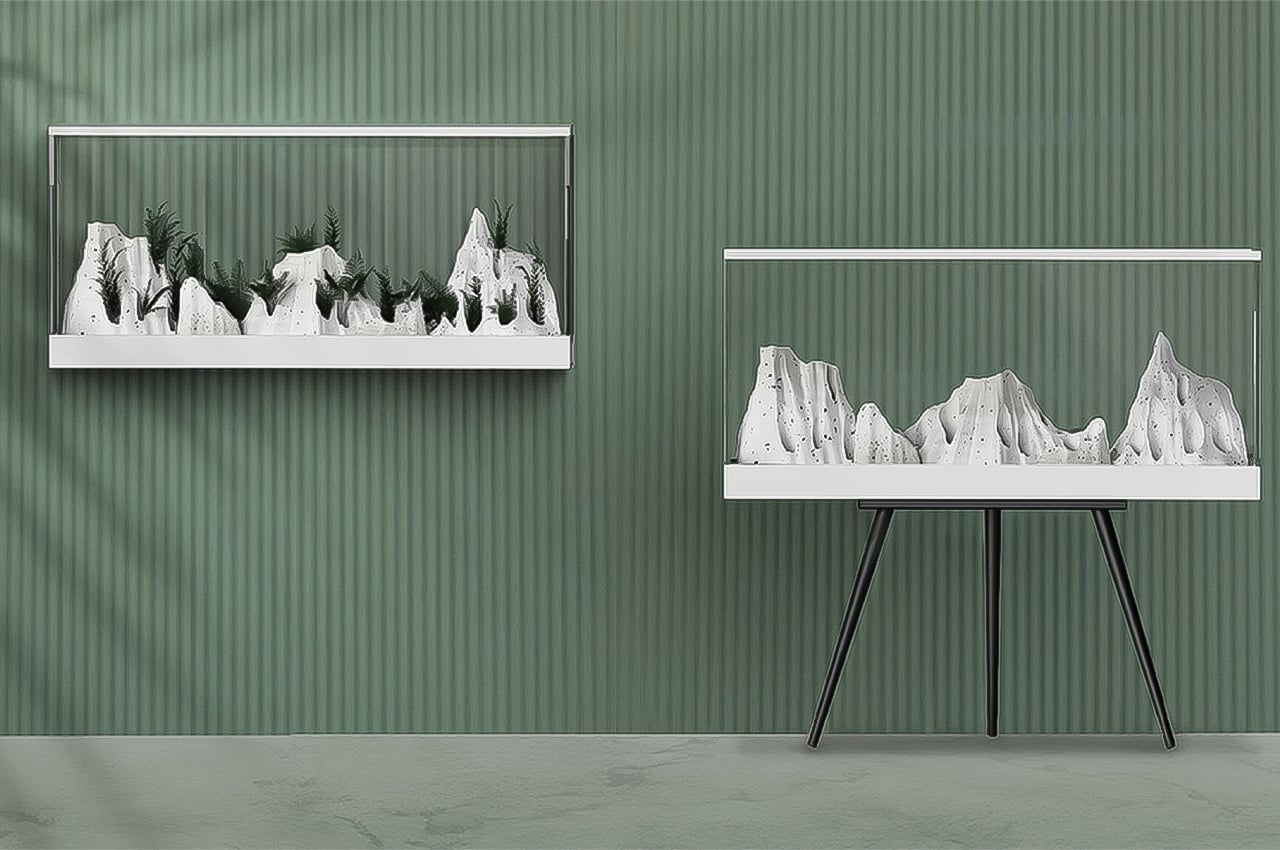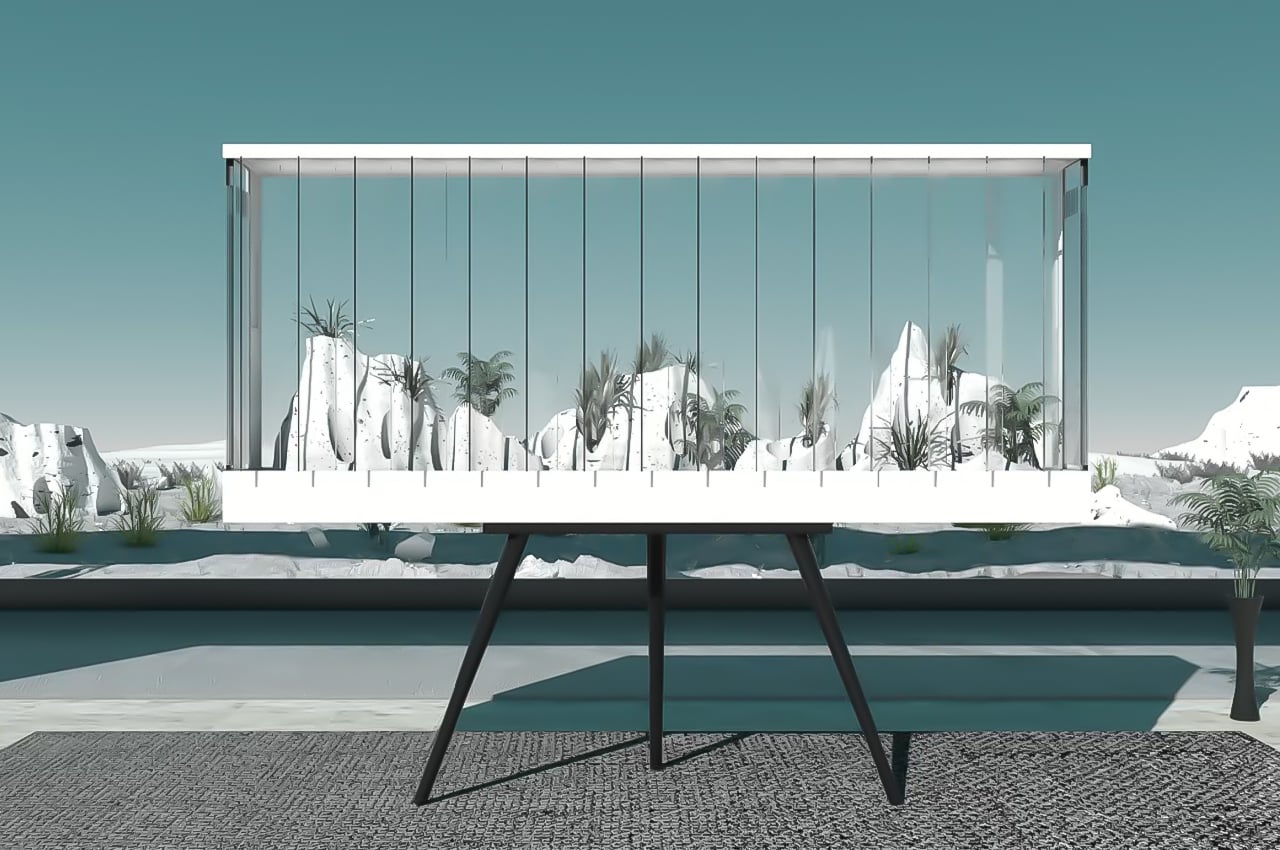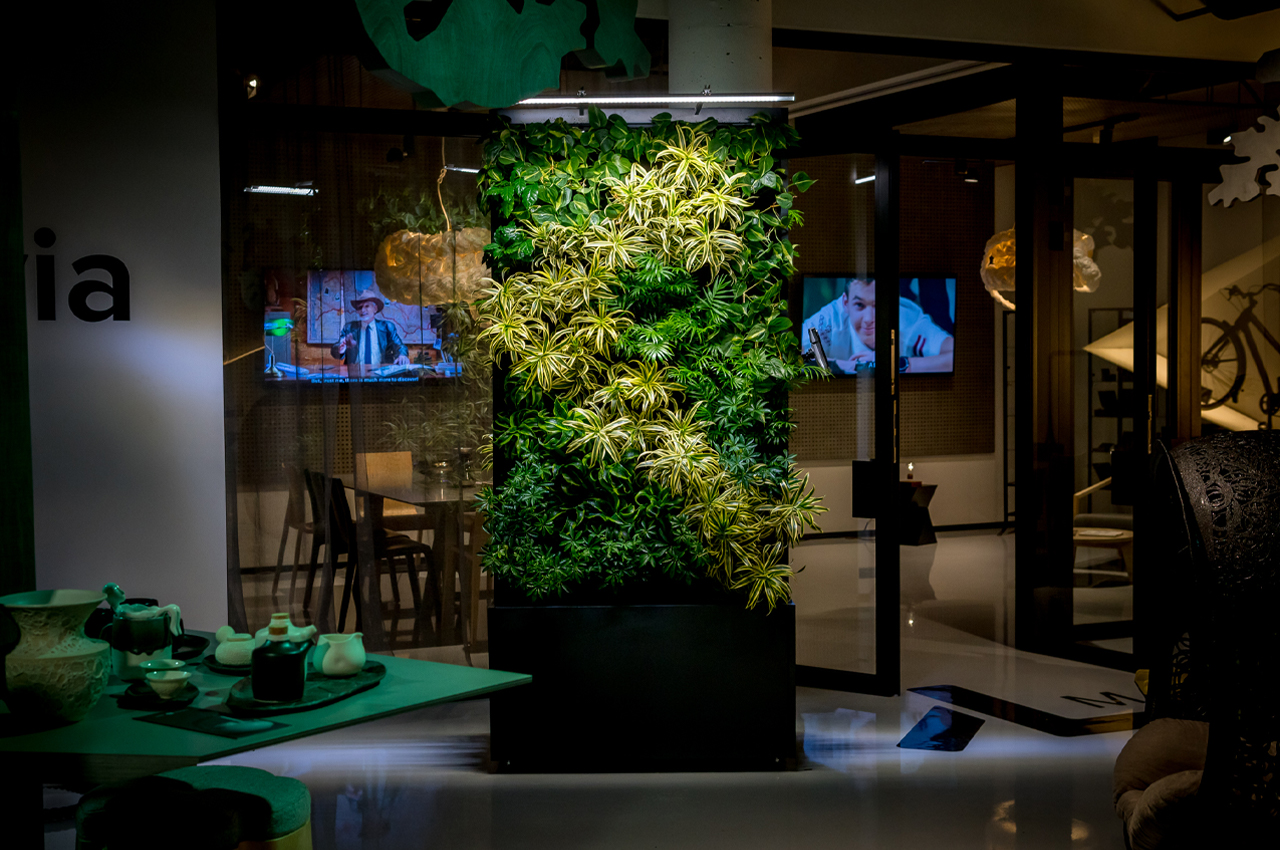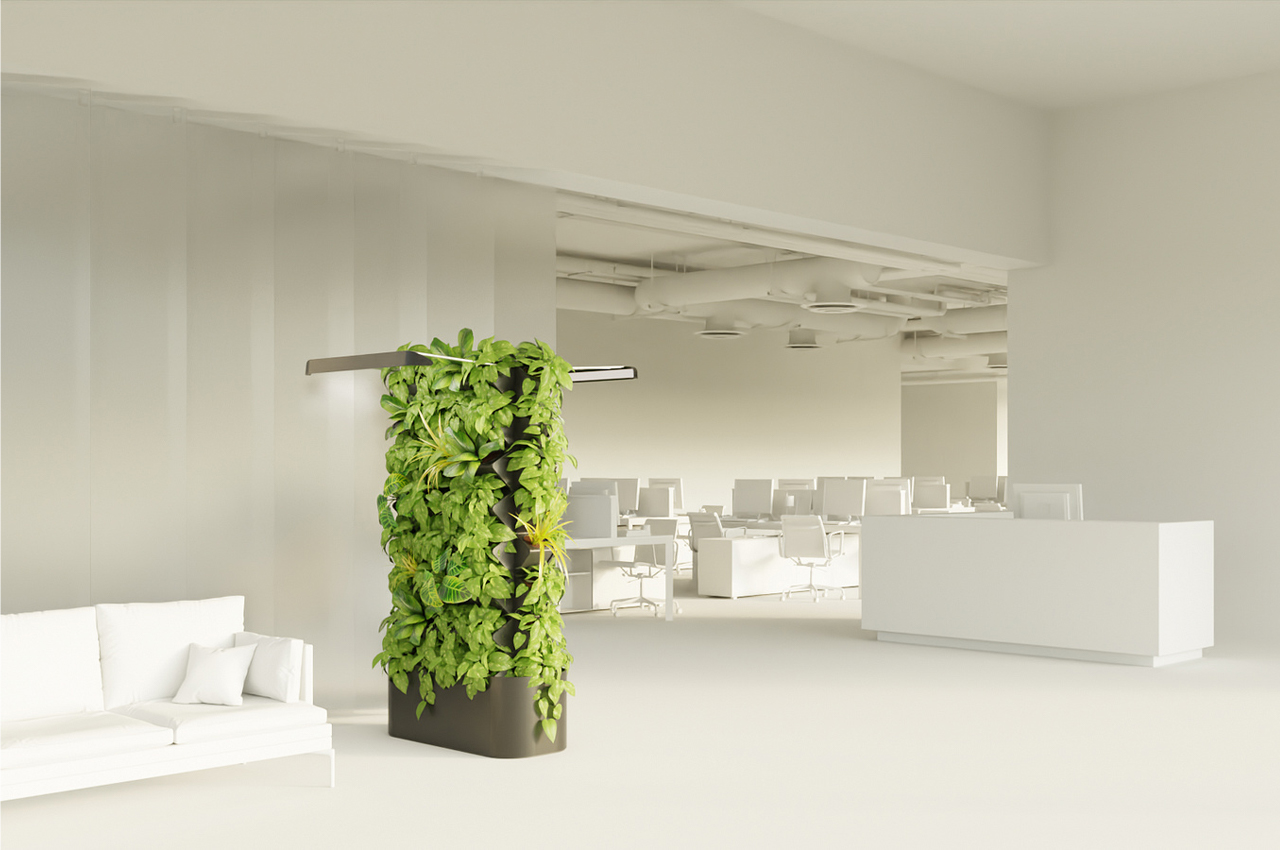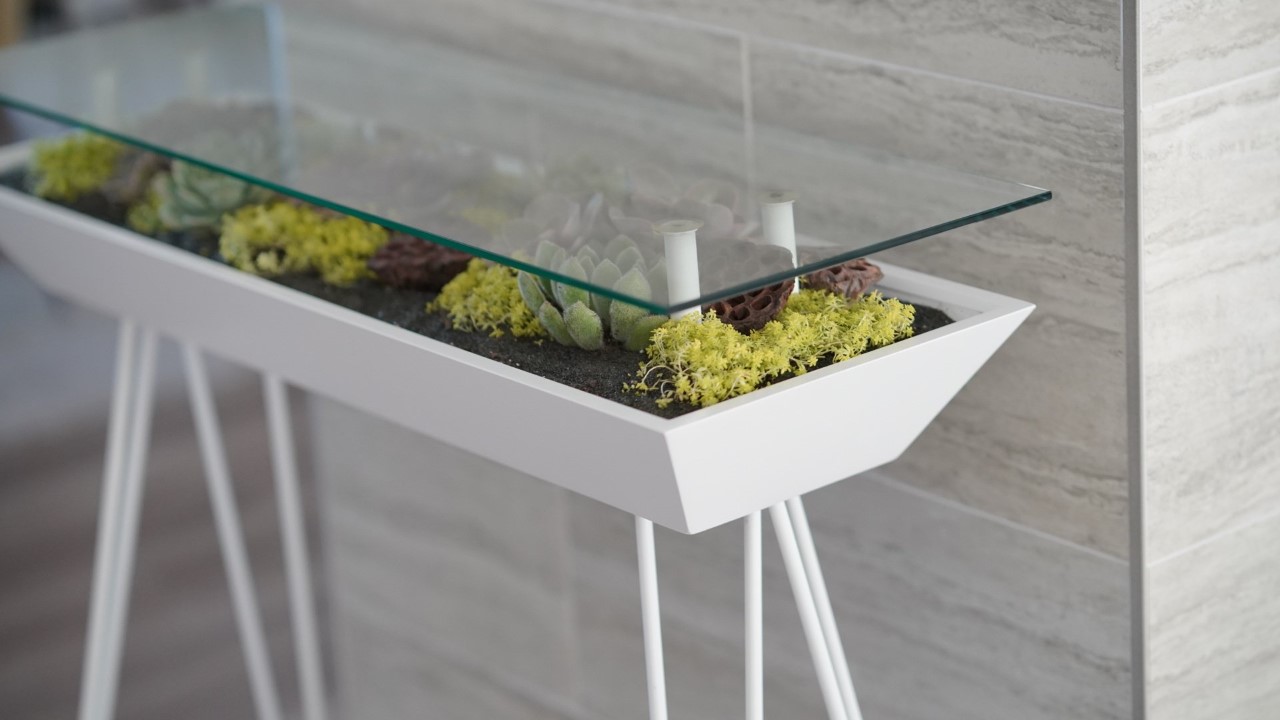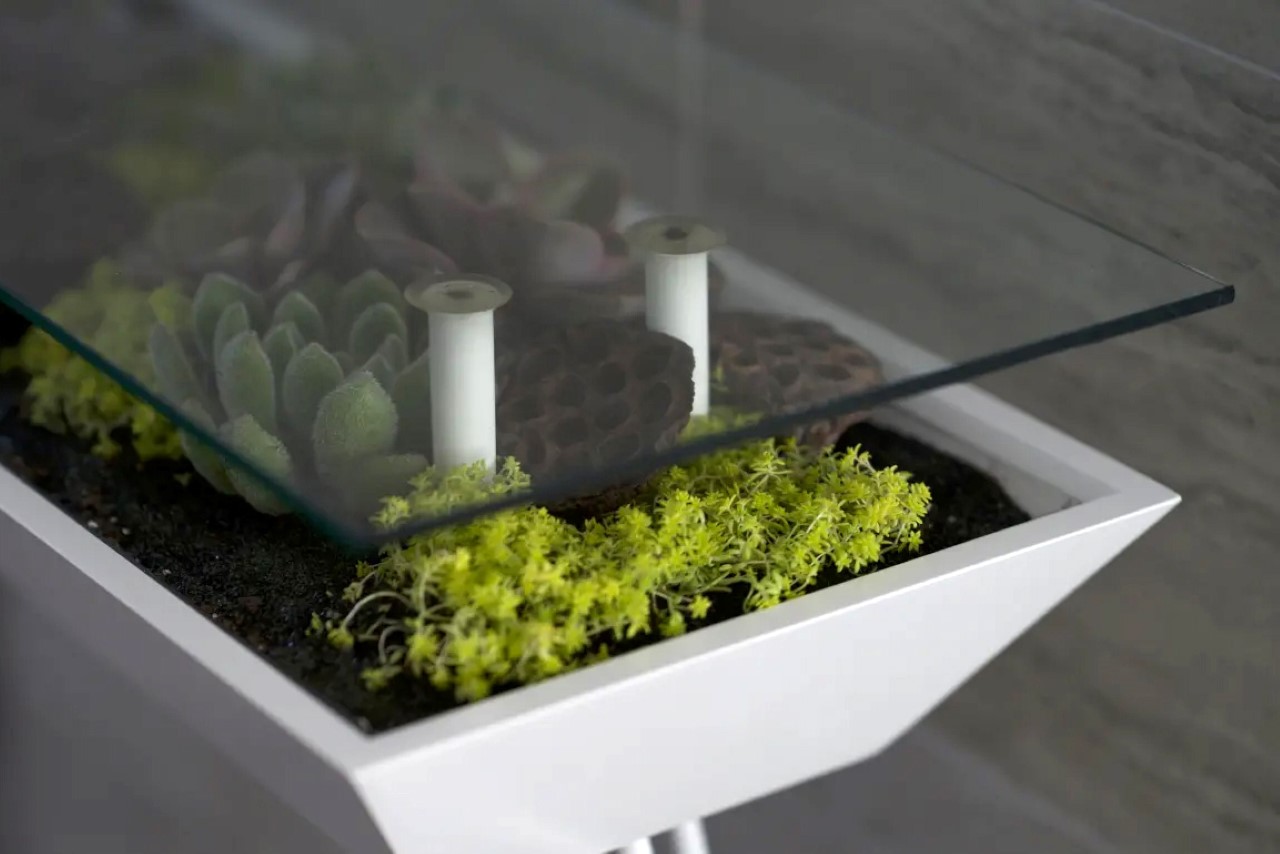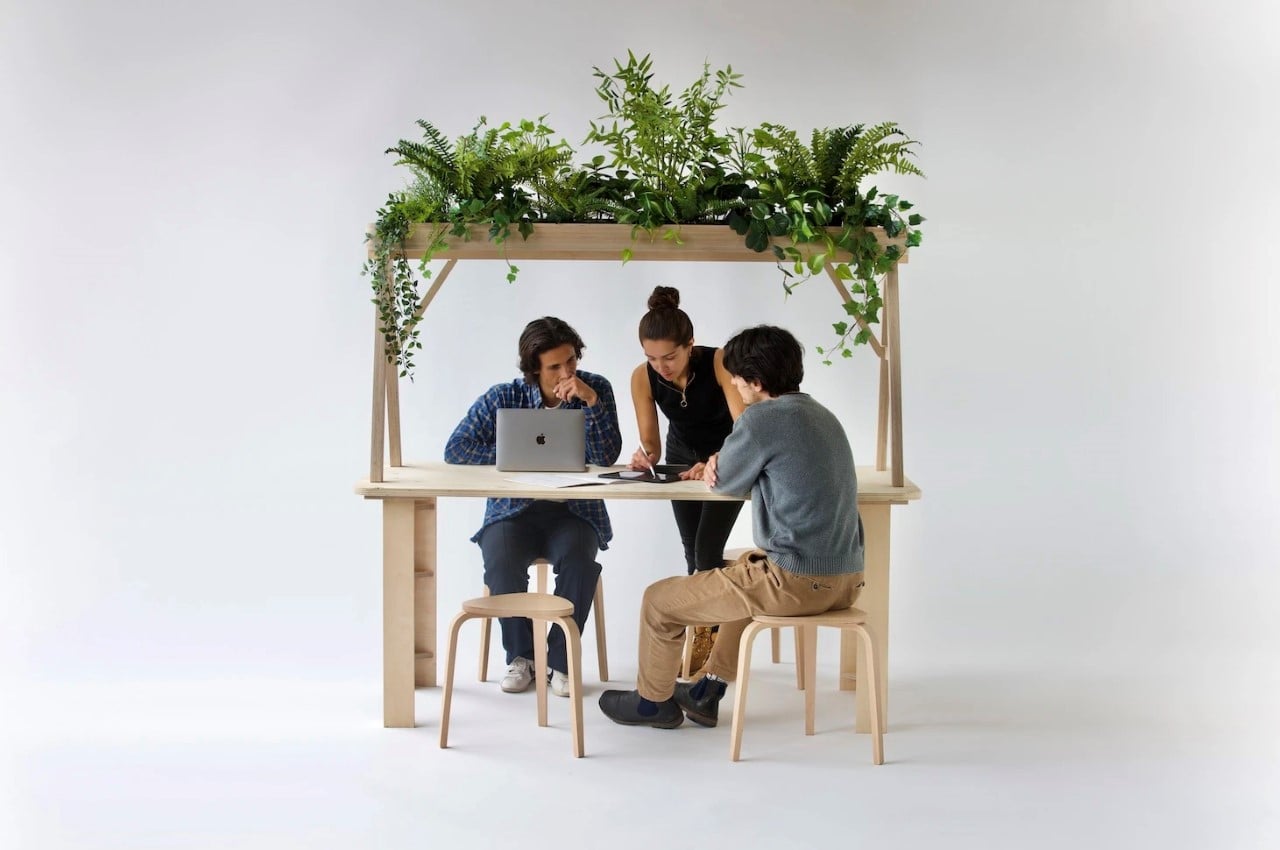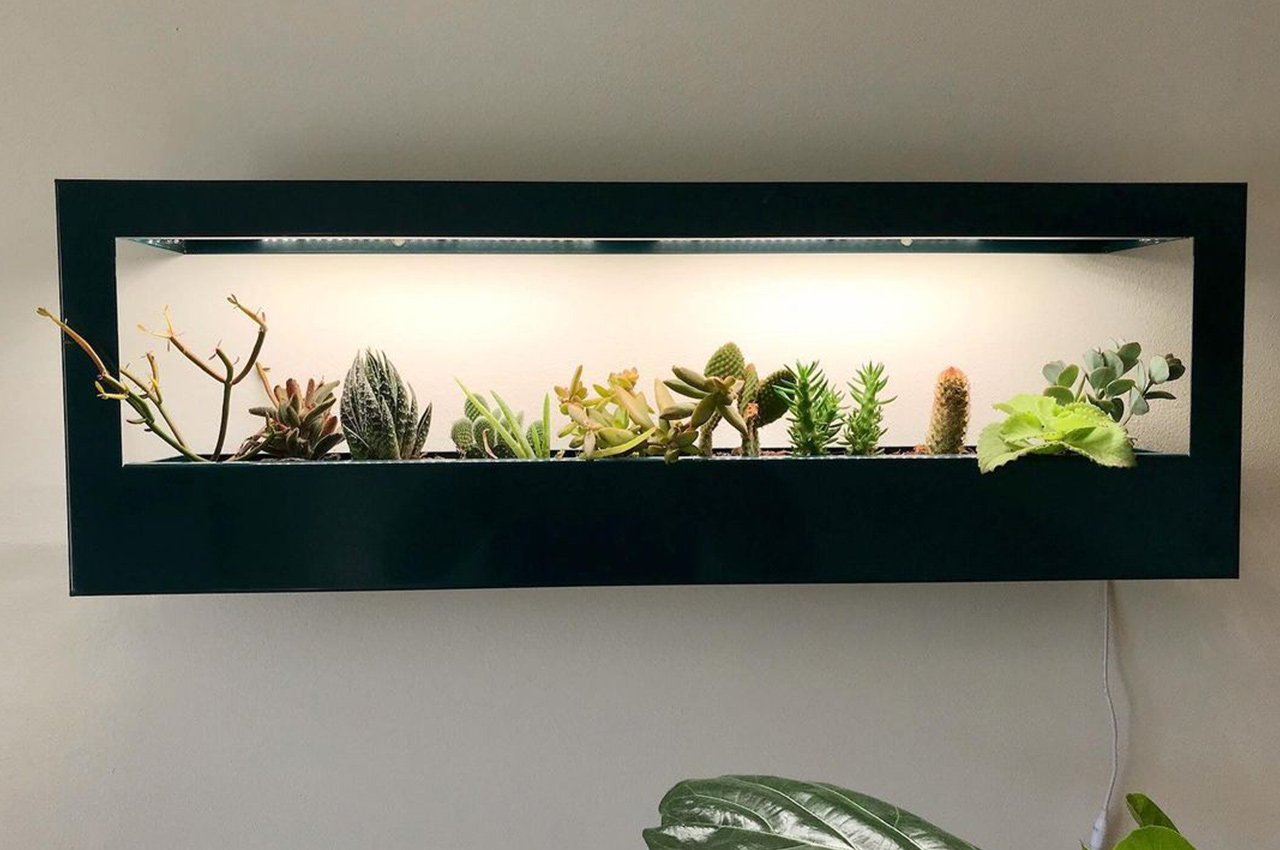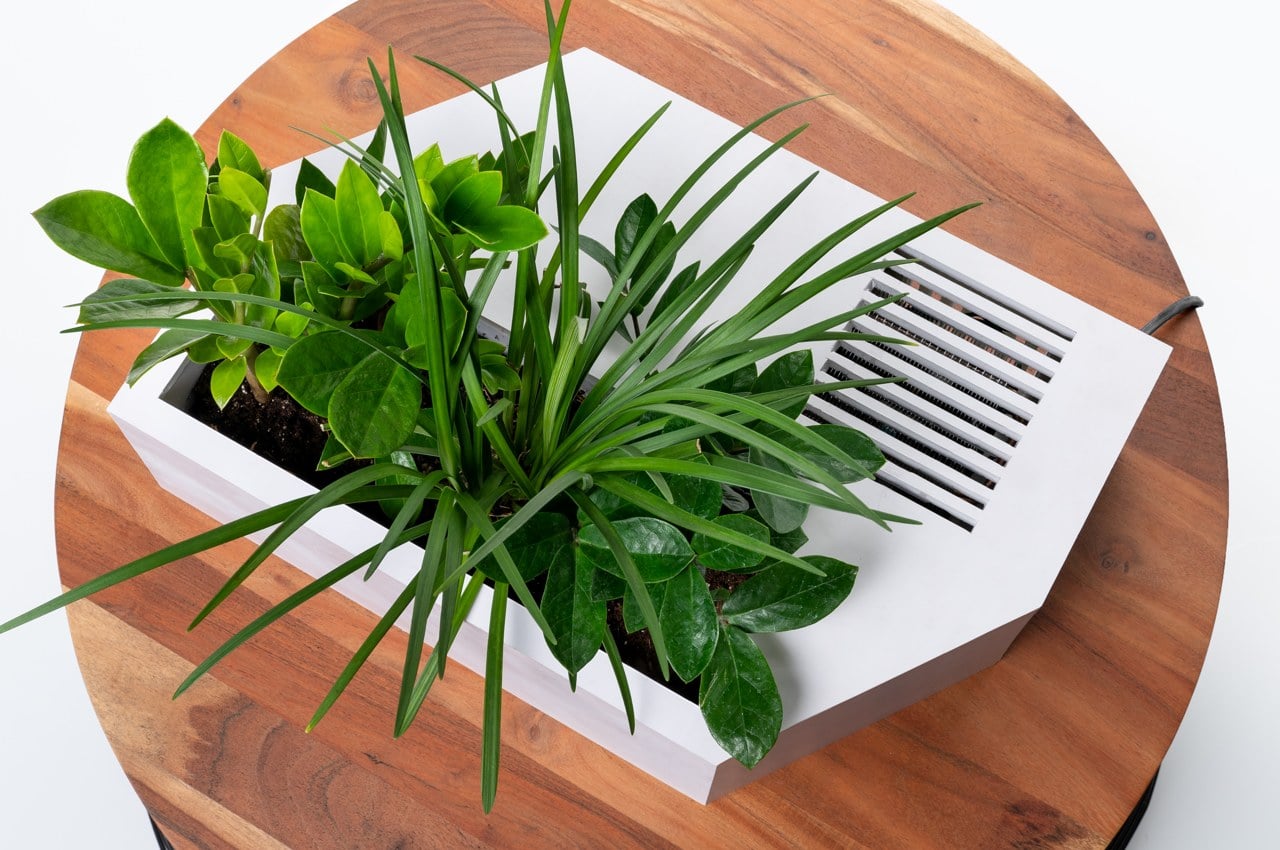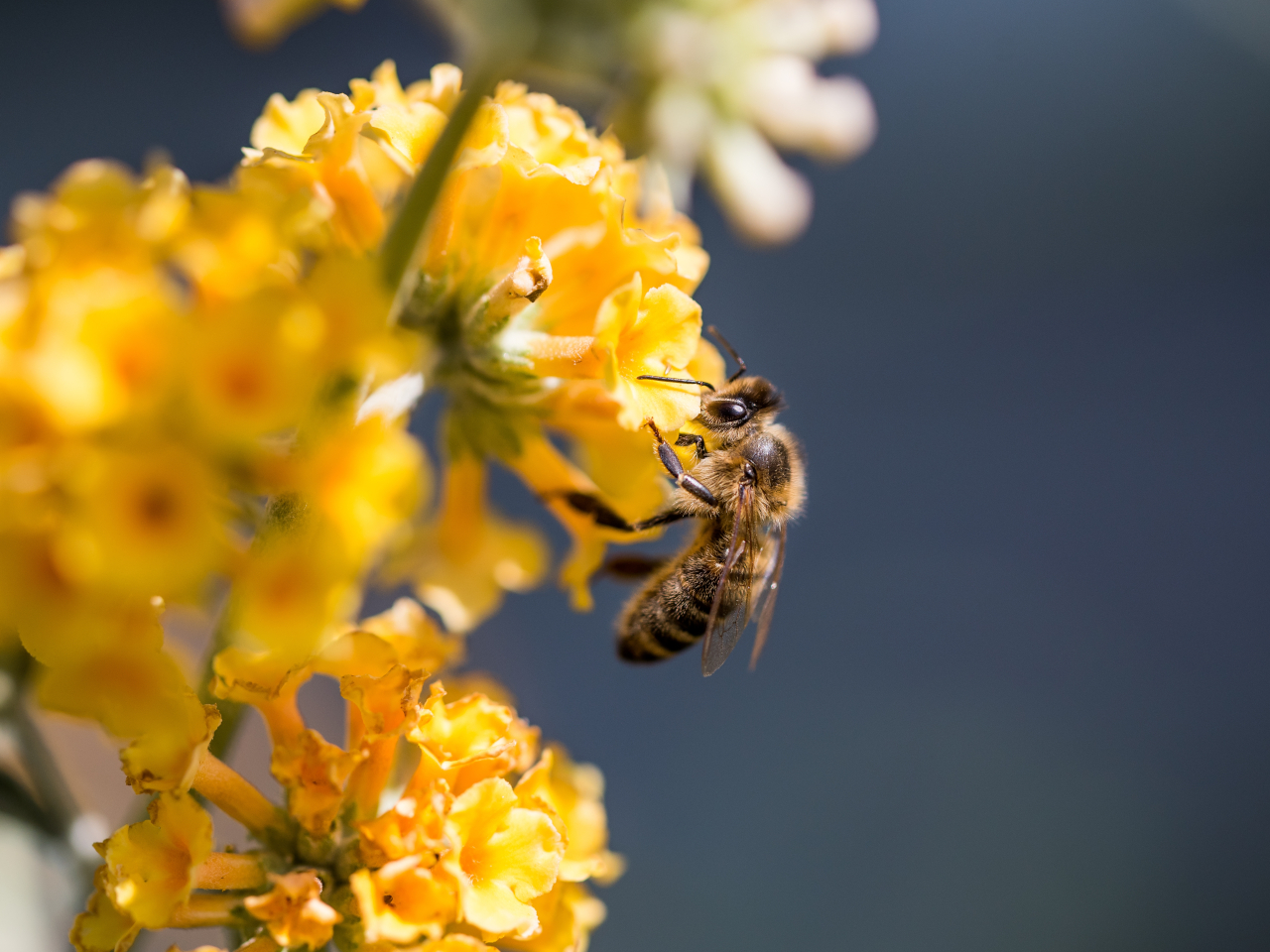
A pollinator garden serves as a sanctuary for humming bees, birds, and other beneficial insects that carry pollen from one part of a flower to another. In addition, pollinators play a crucial role in fertilizing plants, are responsible for the production of seeds, fruits, and vegetables, and make an indispensable contribution to our ecosystem. As we know, the overall population of pollinators has been on the decline, therefore it is essential to create a garden and other spaces where pollinators can thrive. Apart from bees, other wildlife species like moths, wasps, and beetles, help in the transfer of pollen and form the driving force behind the creation of a healthy habitat. This step-by-step guide will help you to create your own pollinator’s garden.
Image courtesy of: davidcharouz
Introduce Native Plants
To attract a variety of pollinators to the garden, it’s crucial to choose native plants that can thrive in the local soil and climate. Butterflies love native species of plants so consider planting a diverse selection of flowers that bloom at different times throughout the growing season. The overlapping flowering schedule will ensure that flowers are available for pollinators from spring to fall. Select plants that continuously bloom throughout the season so that they can provide pollinators with nectar and pollen all season long. In this way when one plant stops flowering the other one does. Consider perennials as they comparatively require less maintenance when compared to other plants. Additionally, they are hardy plants that can survive on average rainfall and can come back year after year, making them an ideal choice for any garden.
Choose Between Seeds or Plants
Seeds can be a cost-efficient option, especially for larger gardens, although they require a longer wait time. To use seeds, it is recommended to distribute them in the fall or late winter before the summer growing season, allowing ample time for germination. On the other hand, purchasing plants from a nursery may require a higher initial expense, but they often yield quicker results and can attract pollinators to your garden within the same growing season.
Grow Colorful Flowers
Nature has designed the flowers beautifully where colored flowers in hues of red, yellow, and orange are most appealing to bees and other flying insects. Factors like colors, shapes, and sizes make certain flowers more appealing to bees and butterflies. Note that selecting plants with colorful blooms not only adds visual appeal to a garden, but it also plays a crucial role in attracting pollinators by giving them a signal of food, particularly hummingbirds that are drawn to red and orange varieties.
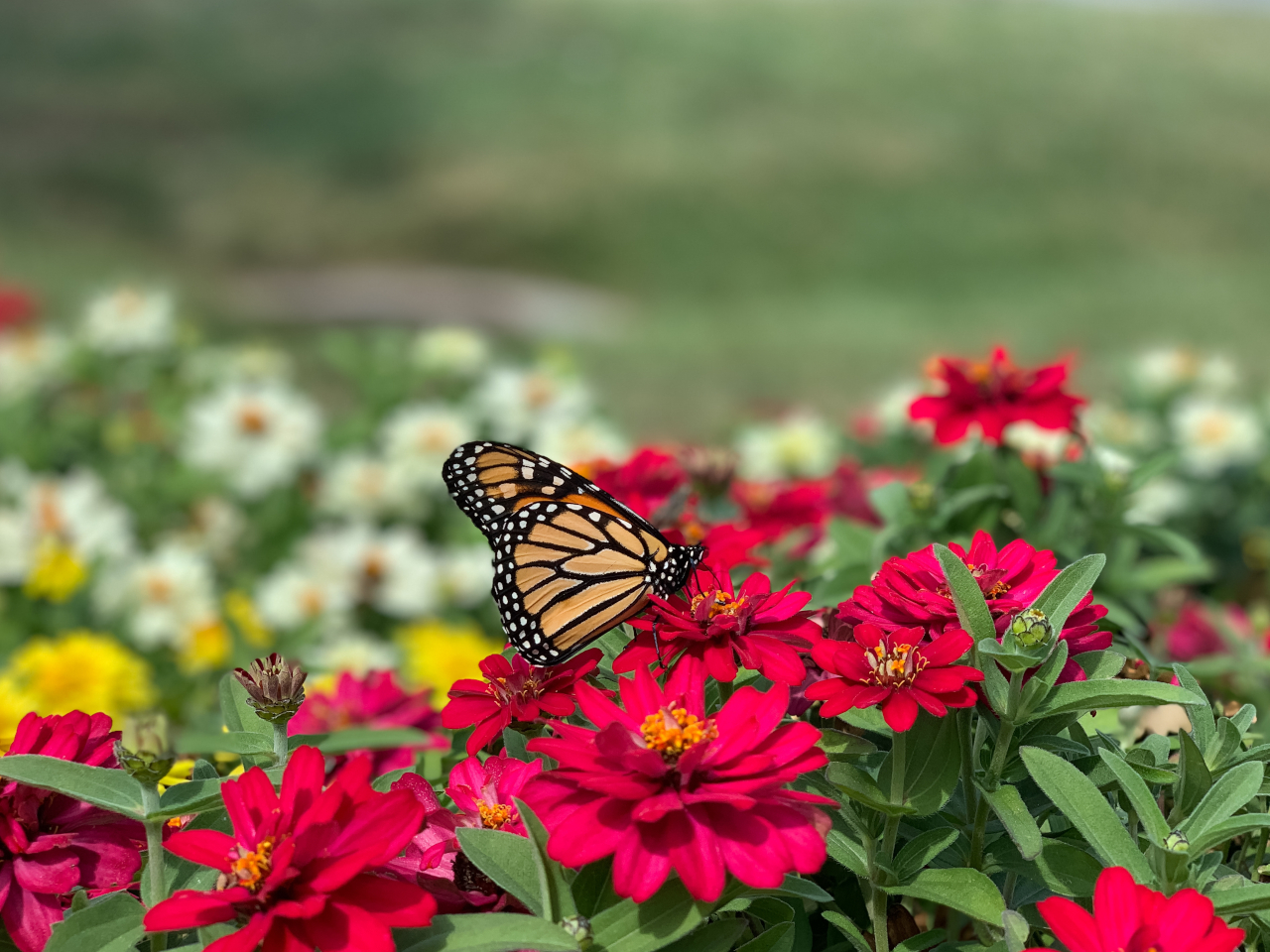
Image courtesy of: MyLove4Art
Arrange Flowers in Groups
Pollinators flutter from flower to flower, aiding plants in reproduction so there should be at least three to five groups of pollinator plants. It will create beautiful layers of color and all the insects shall be spaced out and have access to plenty of food and nectar. Additionally, the shape and form of flowers are important factors to consider, as hummingbirds, butterflies, and bumblebees tend to prefer flowers with a tubular form. Make a note that small flowers may not be able to bear the weight of larger butterflies and butterflies with shorter proboscises may not reach the nectar in deep, tubular flowers. Therefore, it’s recommended to include a mix of flowering plants to attract a diverse group of these beautiful creatures to your garden.
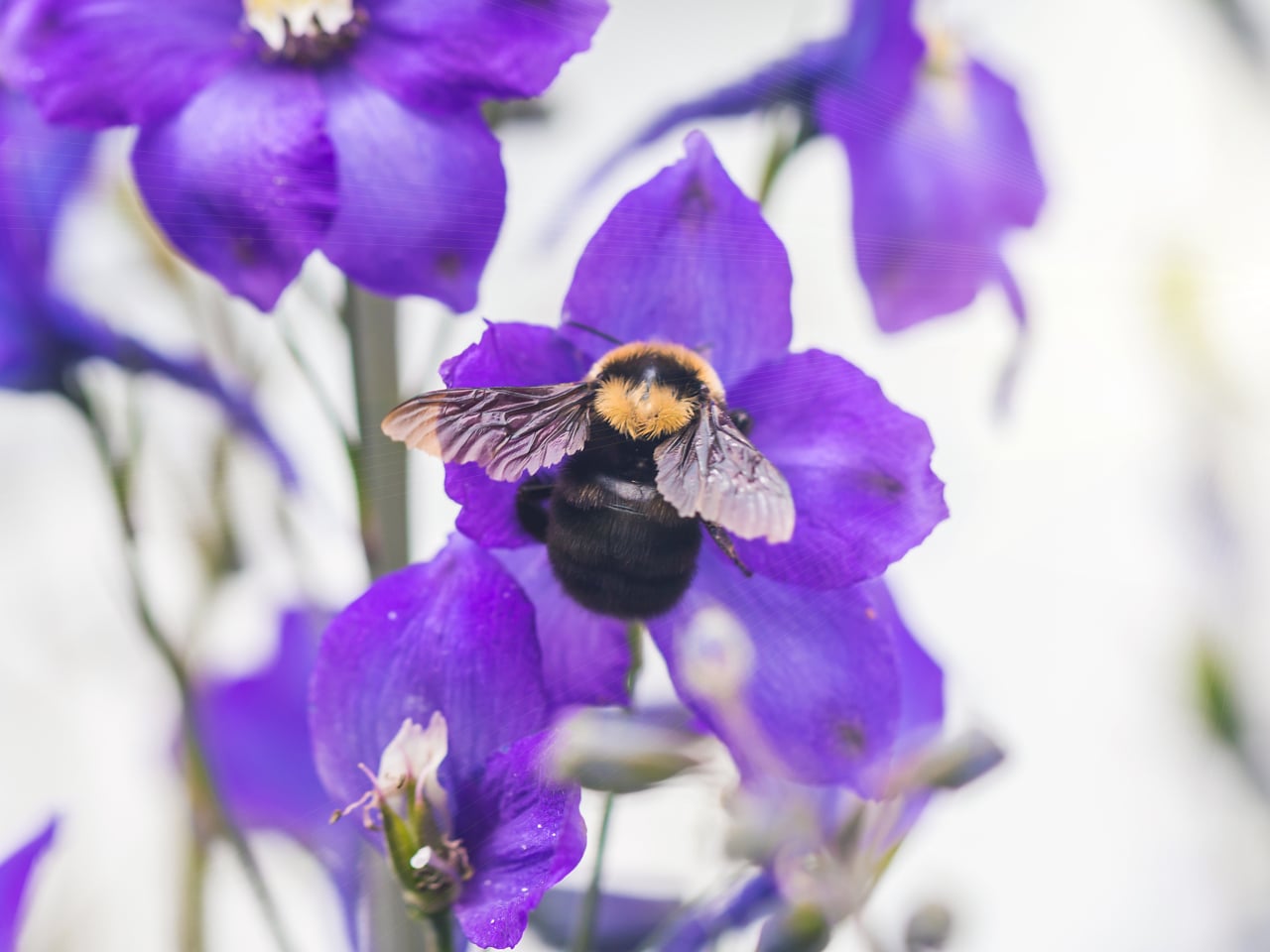
Image courtesy of: ipolly80
Create Sunny and Shady Spots
As flowering plants can thrive in both shade and sunlight, introduce a combination of shady and sunny areas. Make a note that butterflies and some other pollinators are cold-blooded and require sunlight to become active. Hence butterflies love to bask in the sun as they flit from one garden to another, pollinating plants along the way. Many of their preferred wildflowers for a pollinator’s garden flourish in areas with full or partial sun exposure, along with some shielding from the wind. One can create a balanced garden by going for foliage-based plants like grasses alongside a combination of flowering and foliage.
Say No to Pesticides
Avoid using pesticides or insecticides on plants and explore alternative solutions instead of resorting to chemical sprays to prevent environmental contamination. Some of the less-toxic alternatives include diatomaceous earth, neem oil, and Bacillus thuringiensis (Bt), which can effectively combat pests. Plant lemon grass to keep mosquitoes at bay and avoid planting plants like the rose plant that require the use of pesticides to protect them from bugs.
Include a Bird Bath
Pollinators need water so introduce a bird bath that will help insects to perch water so set up a shallow dish, bowl, or birdbath with half-submerged stones as perches. Add small rocks or sand on the edges of the wet patch to provide perches for butterflies to drink without landing in the water. Surround it with plants or hide it at ground level to reduce evaporation rates and keep the water there longer. Note that if the bird bath is deep the insects may drown. Consider installing bird feeders and nesting boxes to attract local birds.
What are the best Flowers for attracting pollinators to the garden?
One can enhance the chances of attracting pollinators by choosing the right flowers. Certain species of flowering plants contain nectar and pollen that makes them attractive to pollinators, such as bees, butterflies, and hummingbirds. Here is a selection of the best flowers for attracting pollinators to your garden:
• Butterfly bushes (Buddleia) are irresistible to butterflies and easy to care for but can be invasive. Opt for sterile cultivars and consider their sprawling growth when choosing a planting spot. Dwarf types are available for a neater look.
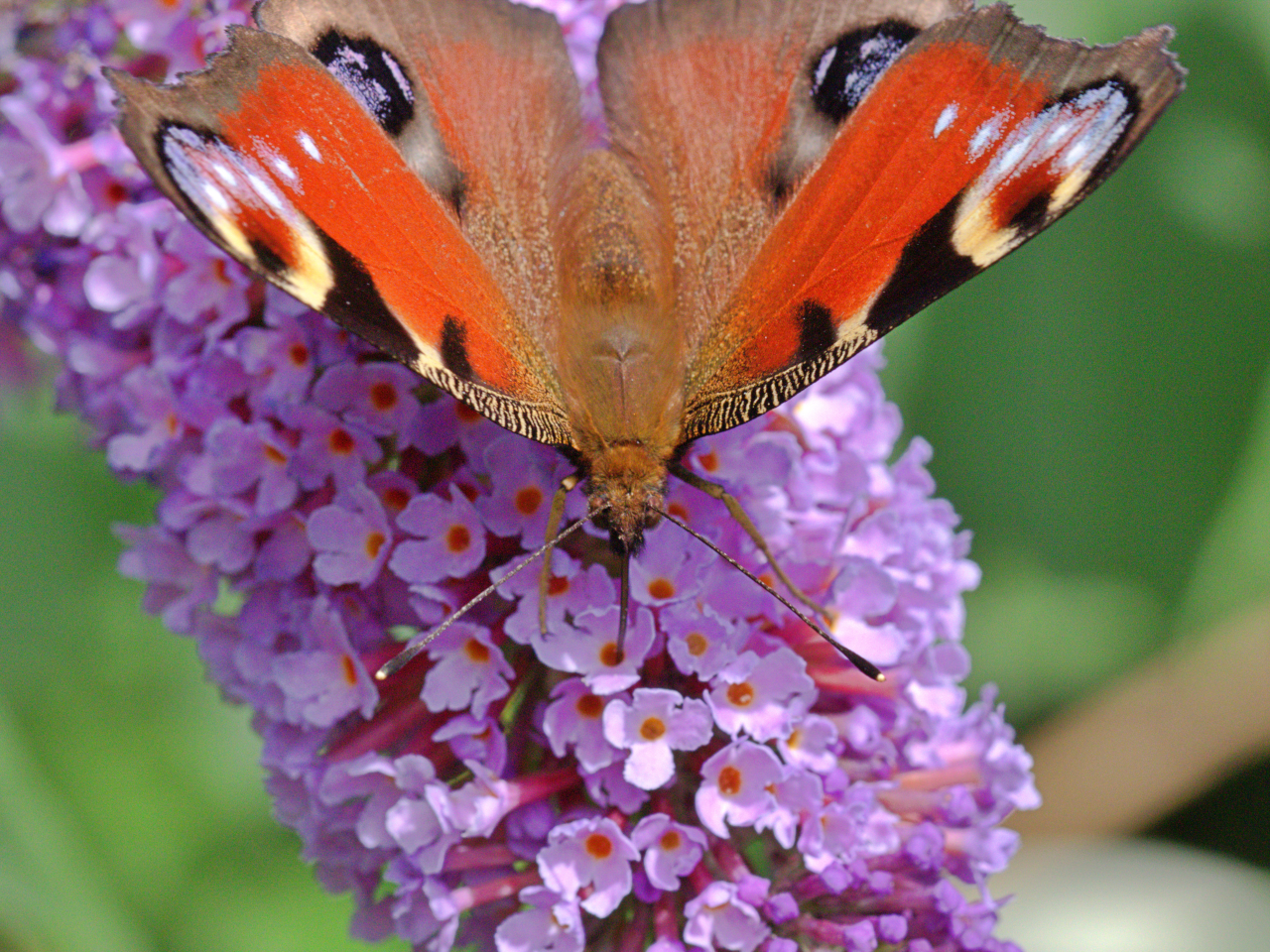
Image courtesy of: antony-robinson
• Coneflower (Echinacea) is a top butterfly and bee-attracting flower that adds a pop of color to your garden and stands out when planted among low-growing perennials.
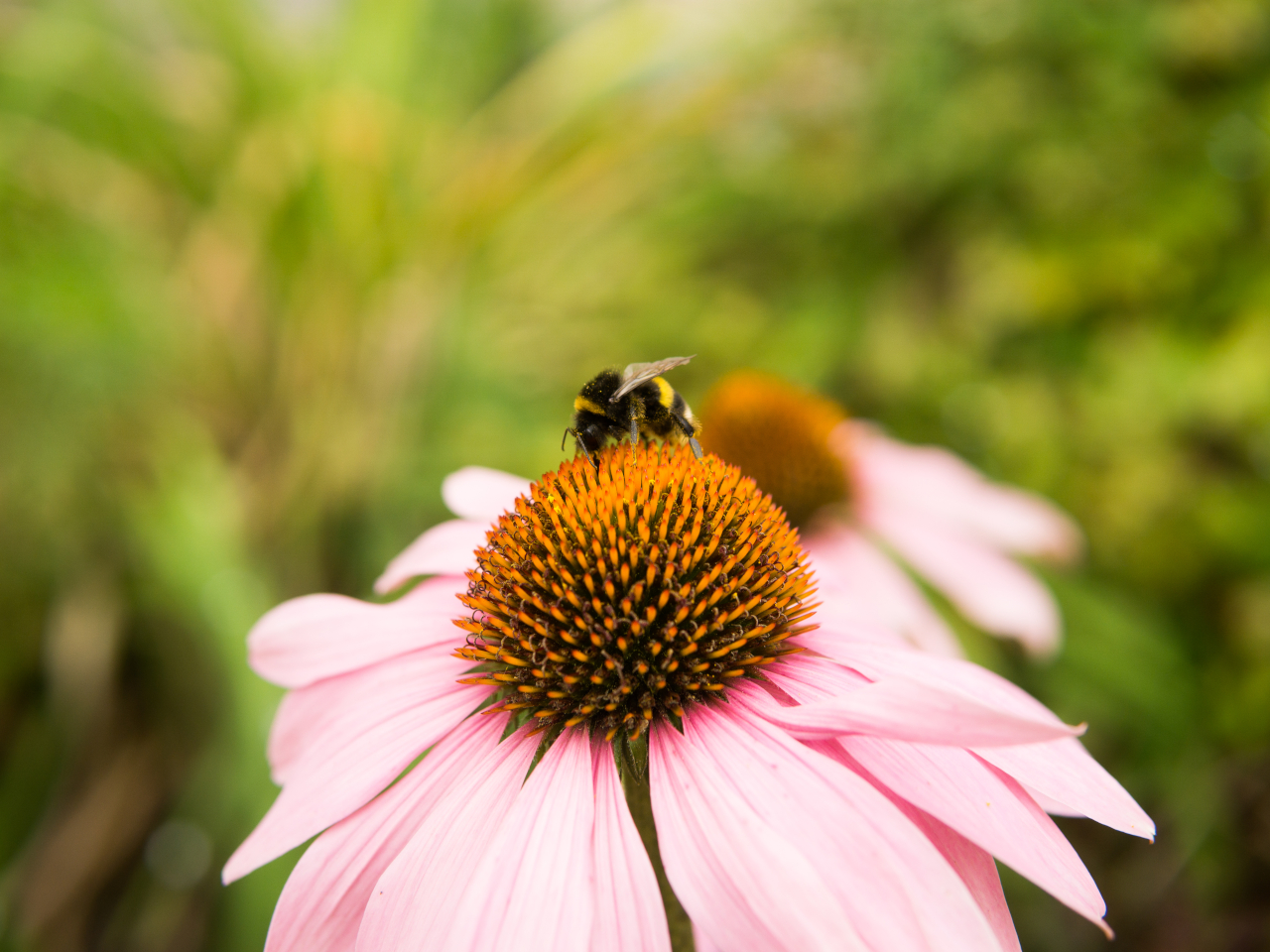
Image courtesy of: Annu1tochka
• Pot marigolds are a fast-growing plant that produces blooms lasting up to eight weeks during summer.
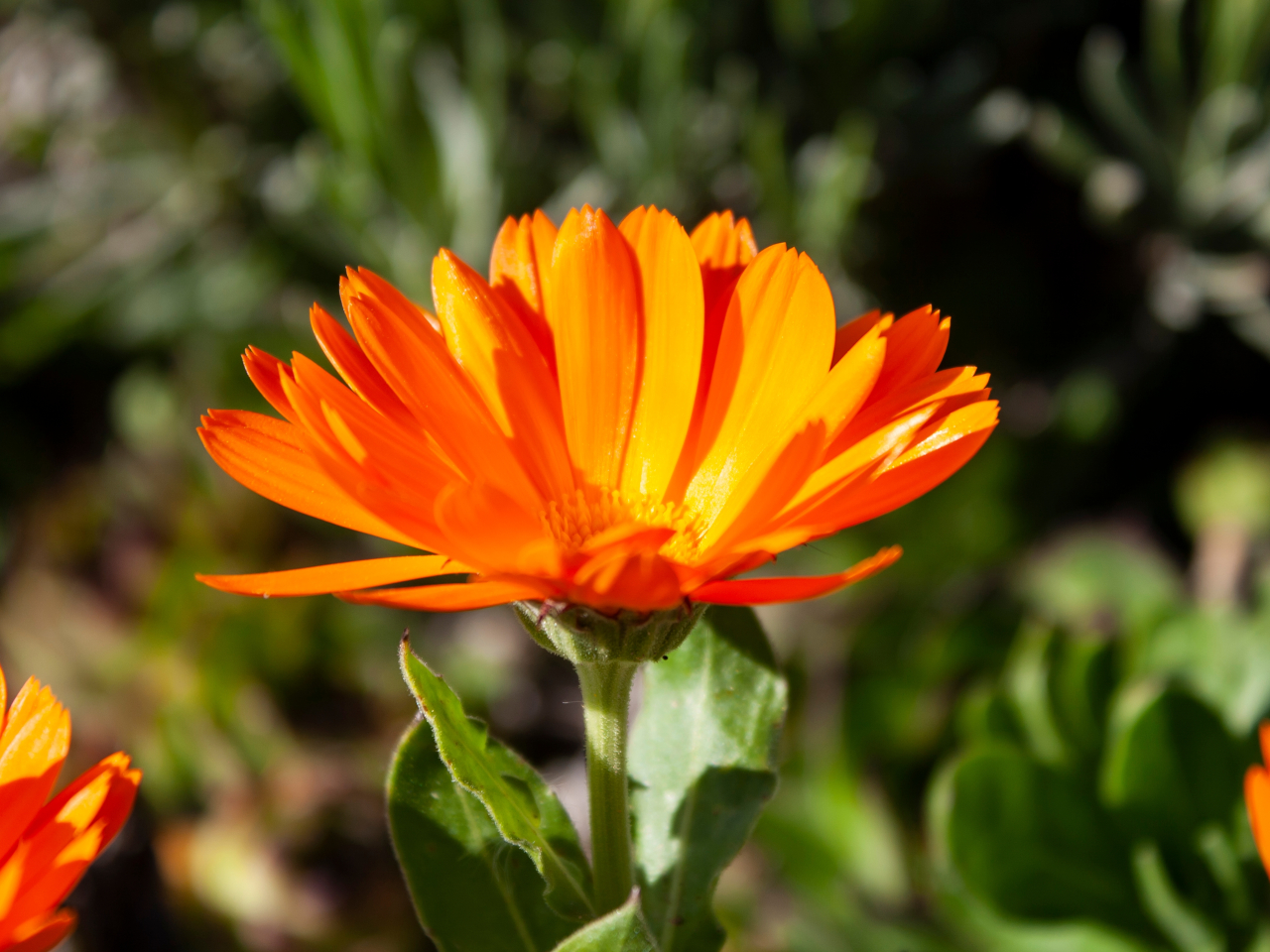
Image courtesy of: jozrilic
• Black-eyed Susan, an iconic wildflower of North America, was one of the earliest domesticated garden flowers with its stunning golden yellow blooms and striking black centers that captivate the eye. It is one of the favorite flowers of bees, butterflies, and hummingbirds.
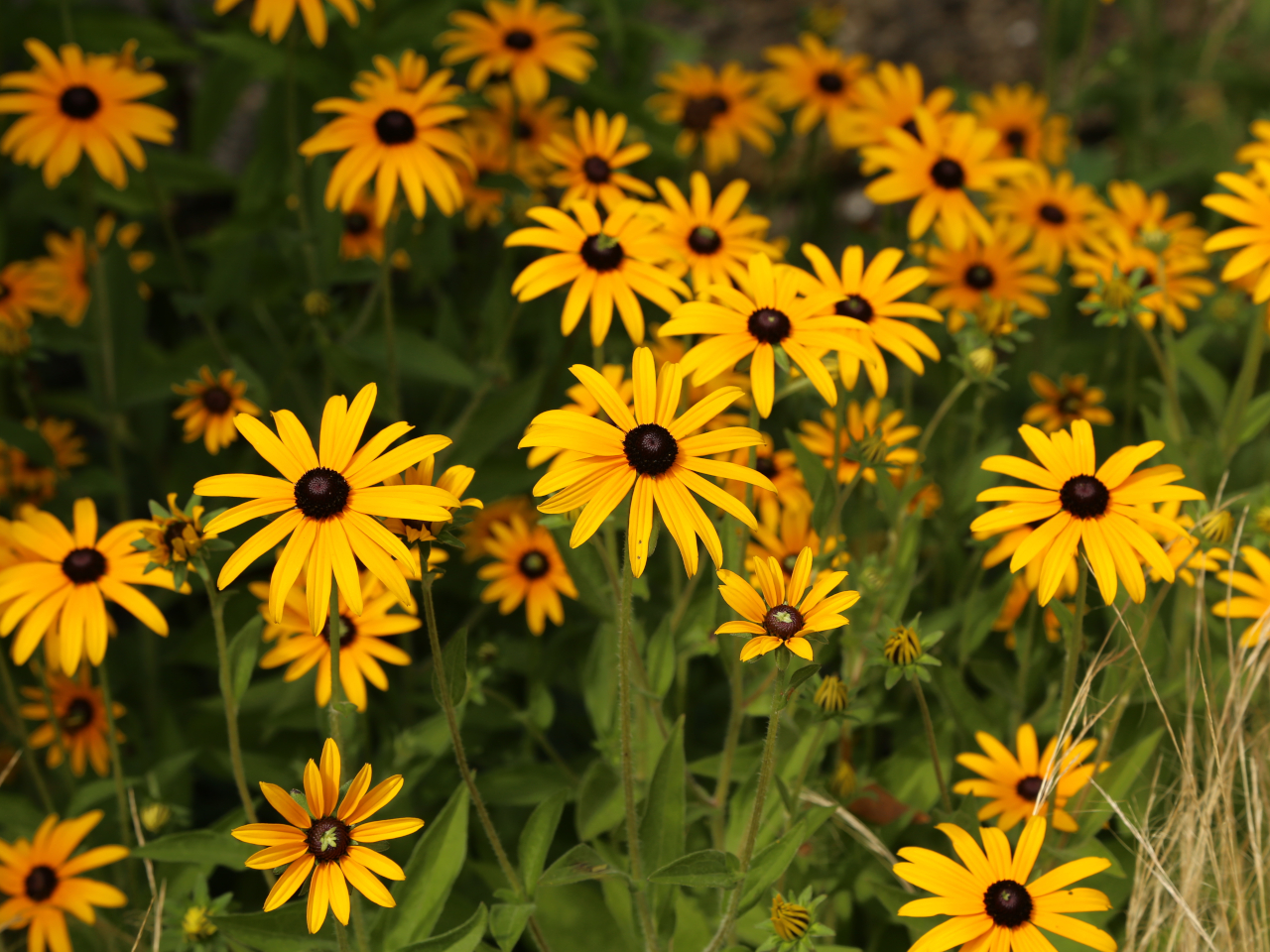
Image courtesy of: wirestock
• Lavender is a perennial with a sweet fragrance and is a great choice for attracting pollinators. The plant bears tall and fragrant purple spikes of blooms, originating from the Mediterranean, it is drought-resistant and can tolerate heat.
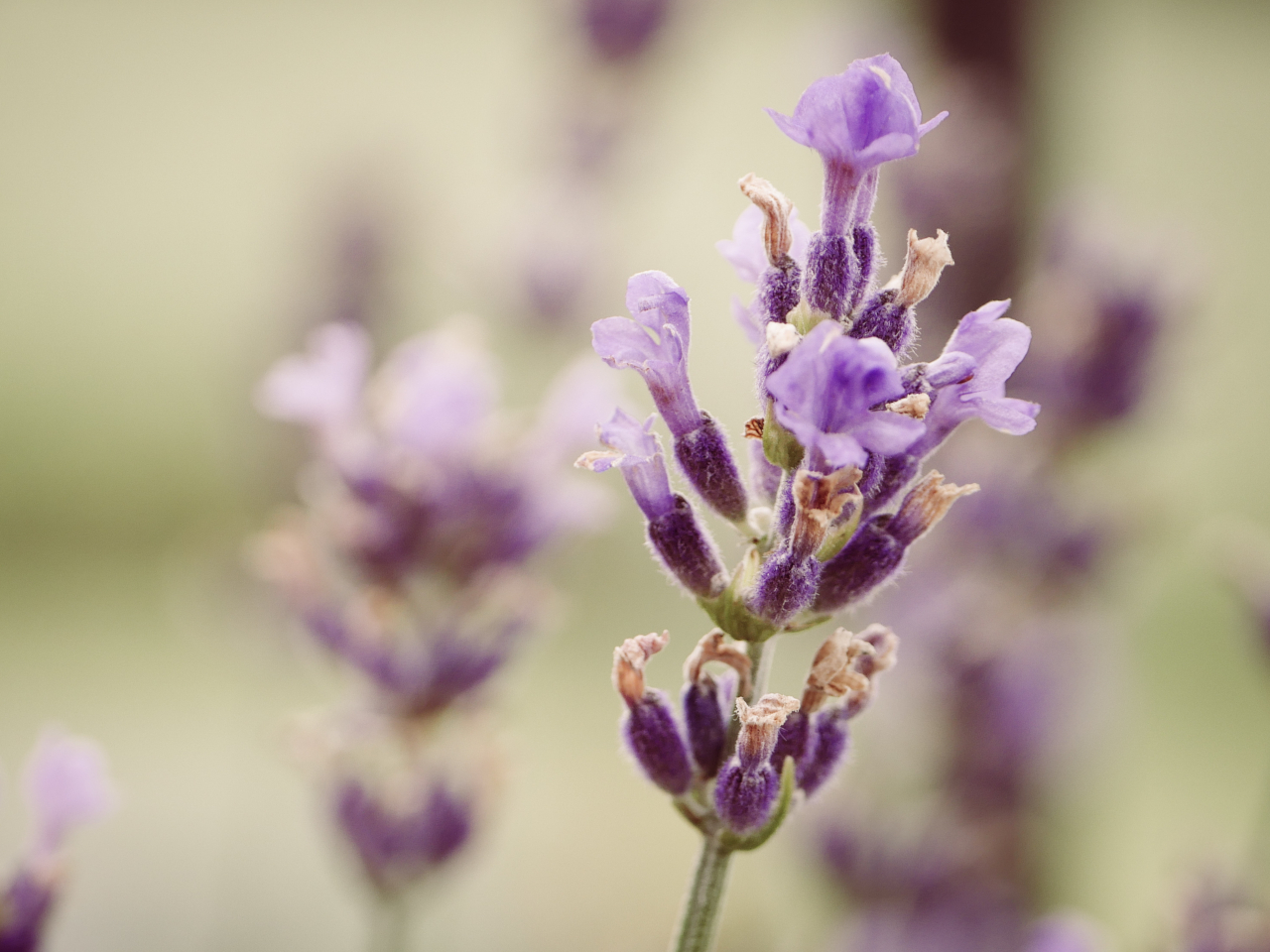
Image courtesy of: wirestock
• Sunflowers look beautiful and are a vibrant and delightful addition to a garden, luring bees and butterflies with their bright colors. The best part about sunflowers is that their large bloom works like a magnet for butterflies and bees.
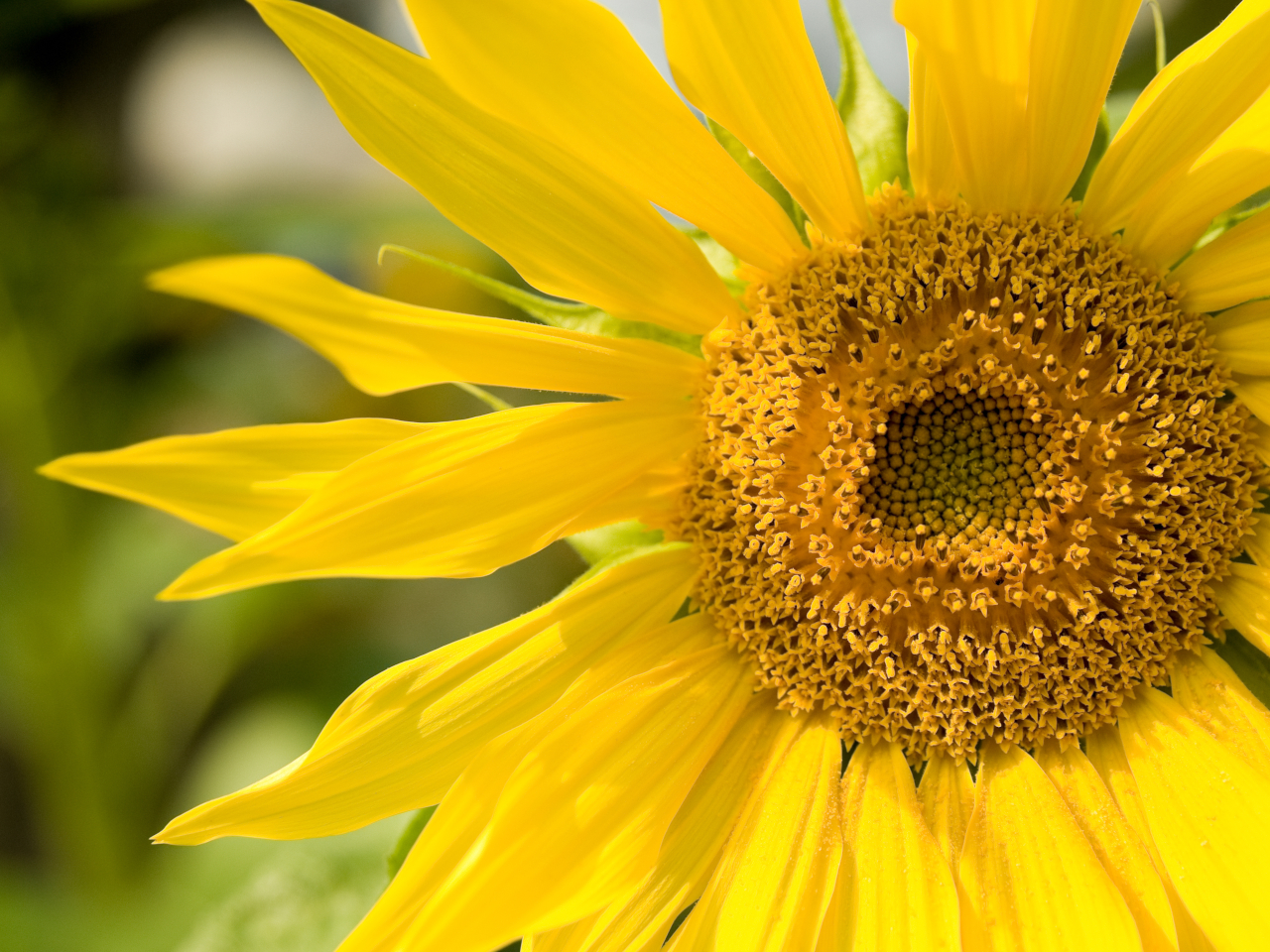
Image courtesy of: nelsonart
• Penta’s flowers, perched atop deep green leaves, are irresistible to butterflies and hummingbirds, with plants growing up to 18-24 inches tall and 10-15 inches wide.
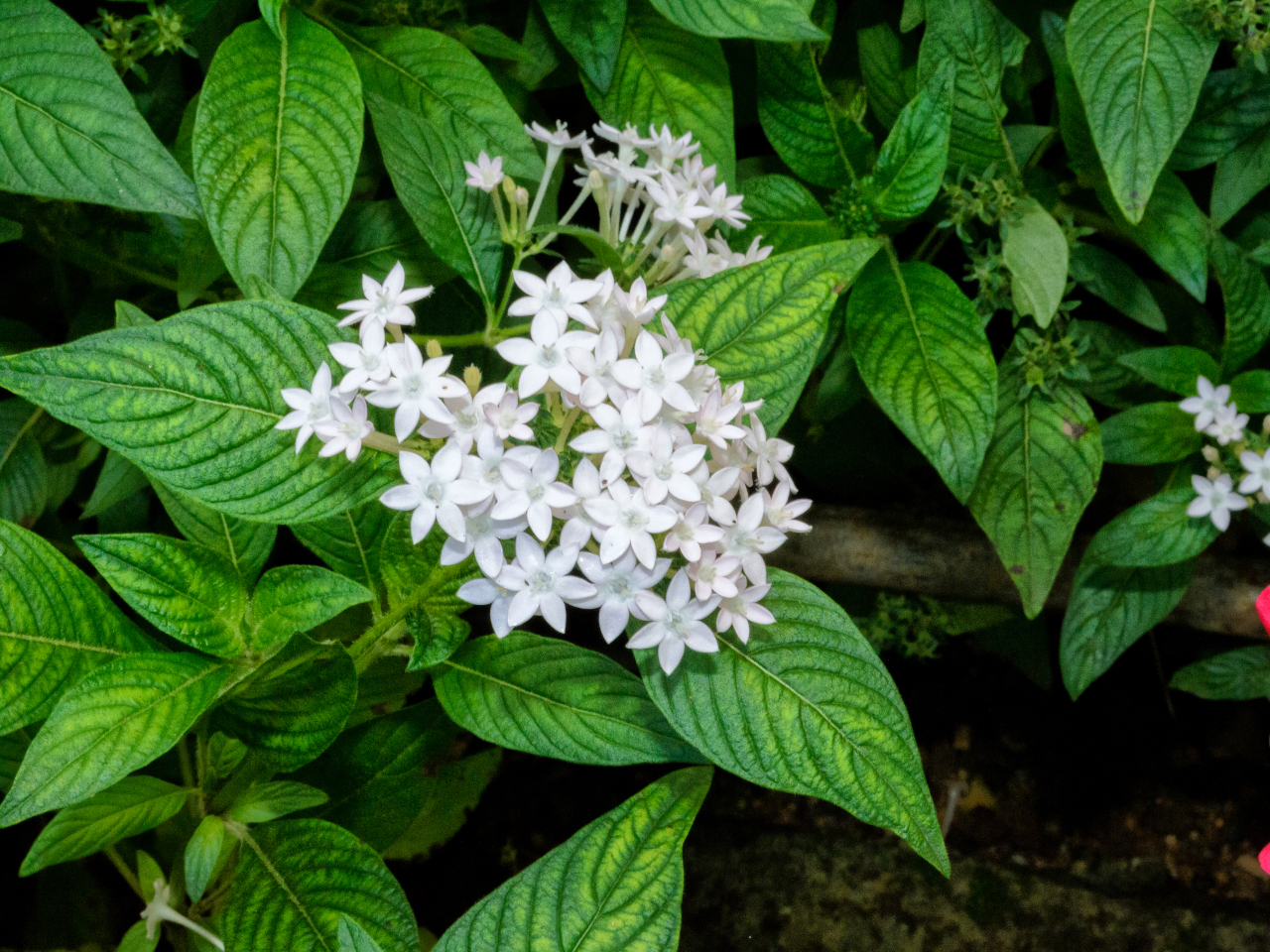
Image courtesy of: wirestock
• Joe-Pye Weed, a tall plant with lush foliage, is perfect for adding architectural interest to flower borders and attracting many butterflies, with the ‘Gateway’ variety reaching up to six feet in height.
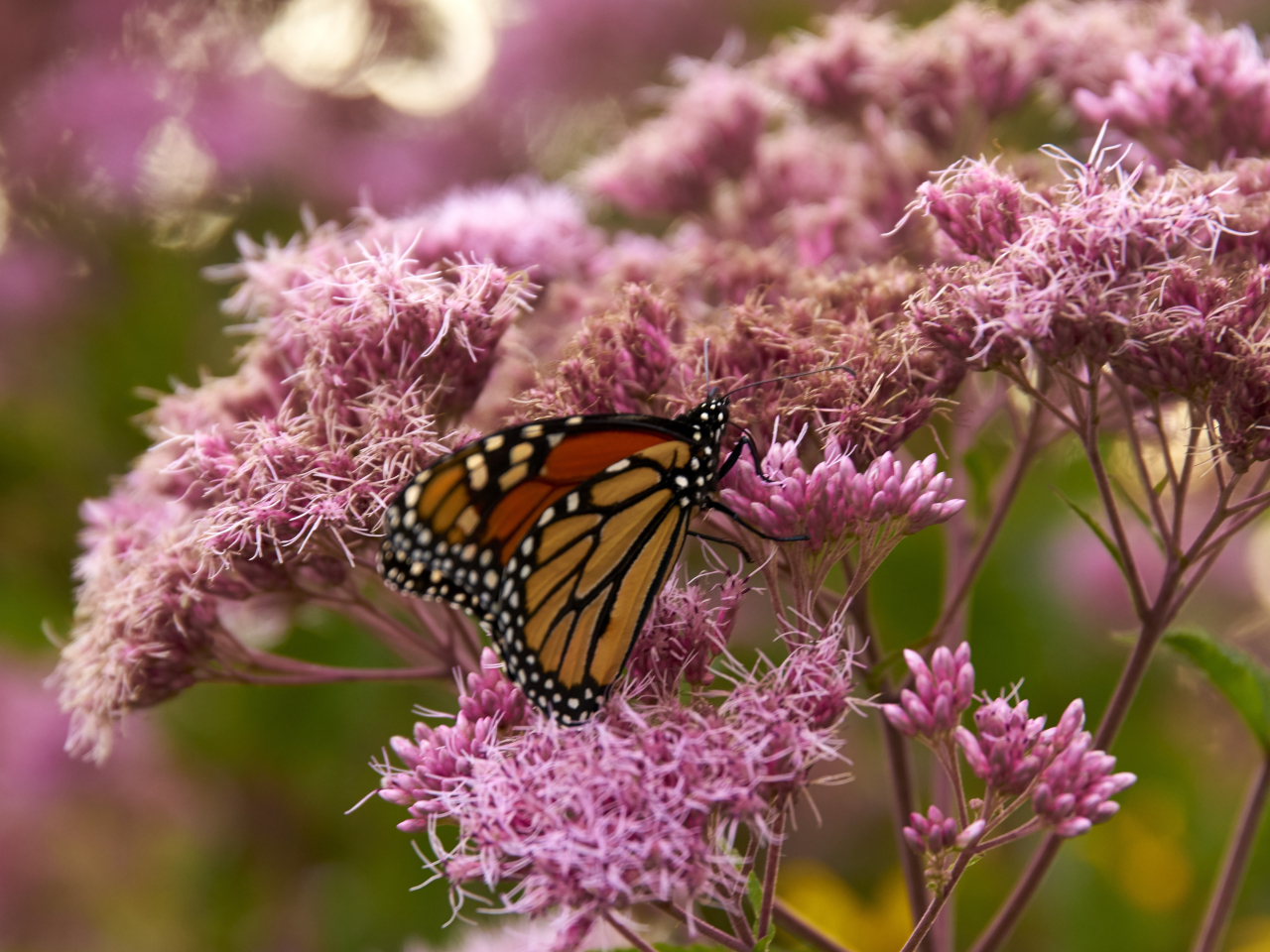
Image courtesy of: wirestock
Watching butterflies and other pollinators enjoying your garden may take some patience, but the result is well worth it. It’s important to maintain your garden by regularly weeding and watering it to ensure its vitality.
The post Pollinator’s Paradise: How to Attract Bees and Butterflies to Your Garden first appeared on Yanko Design.
